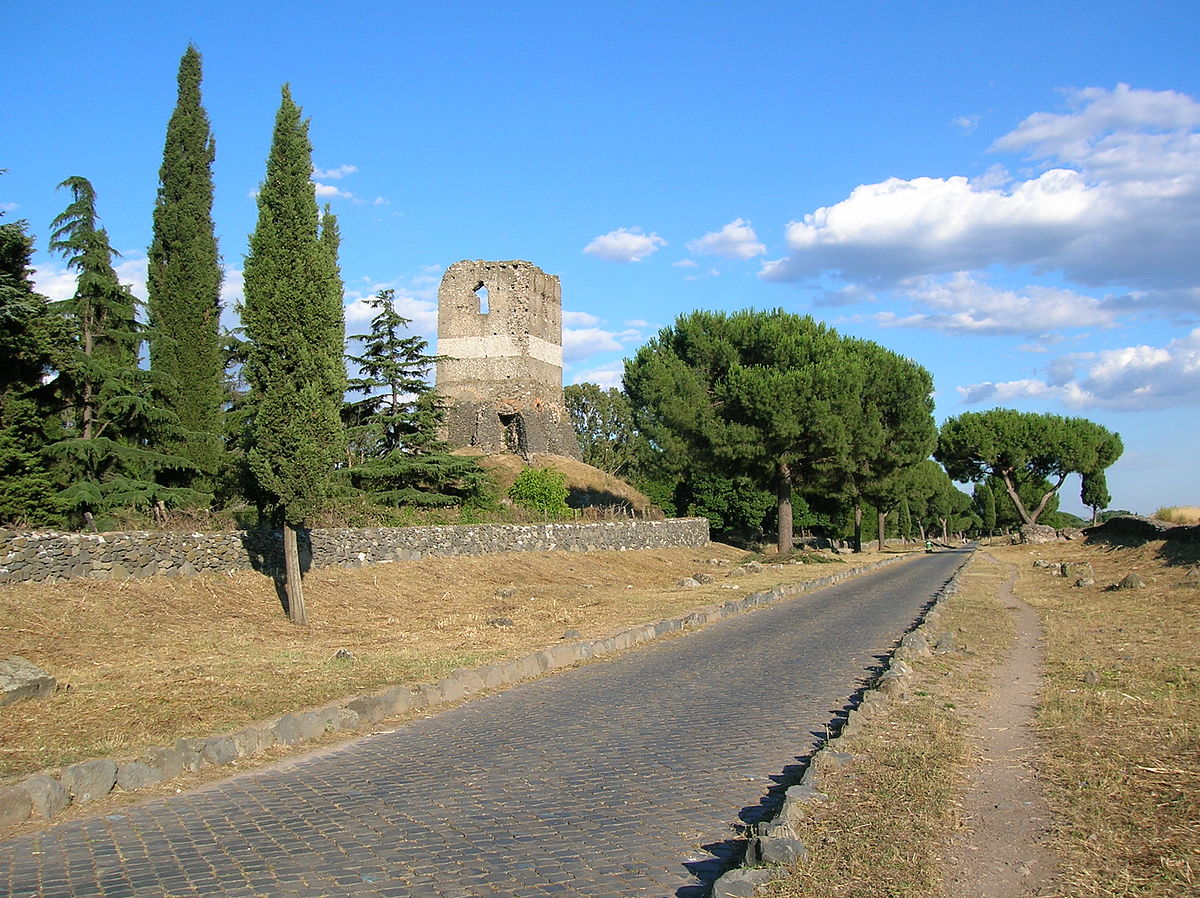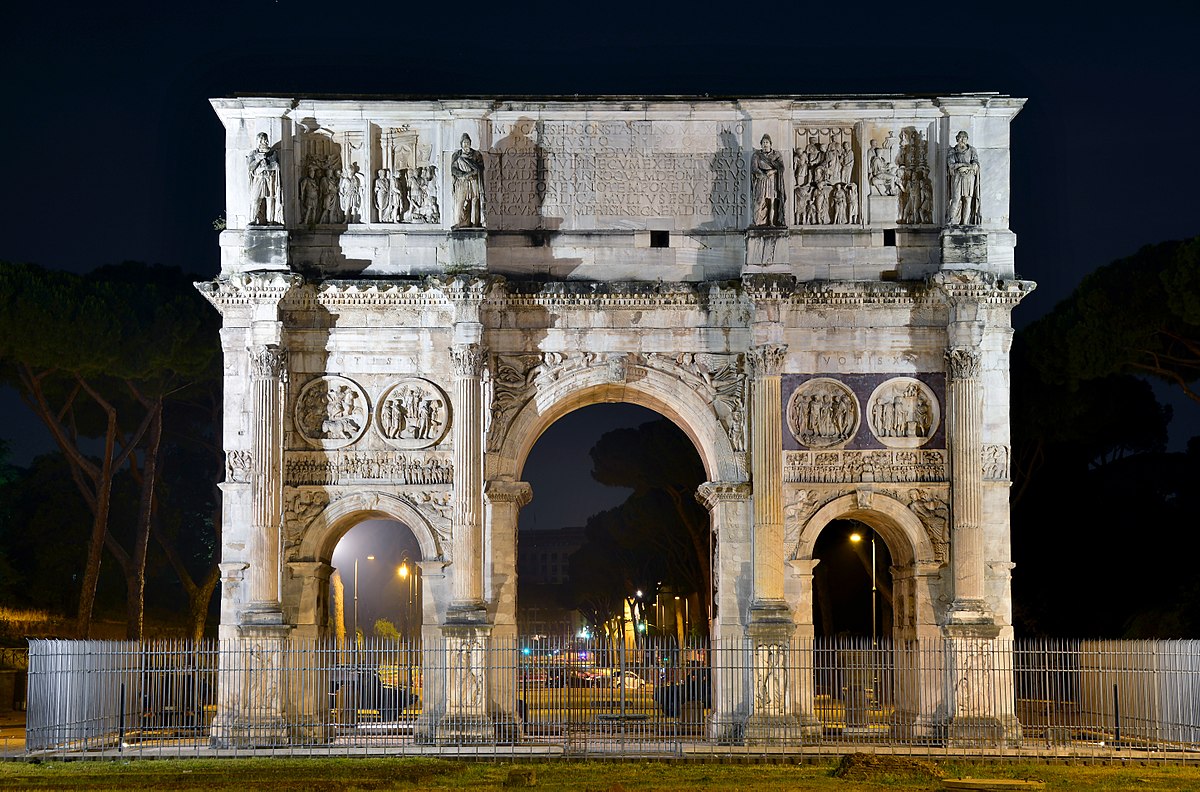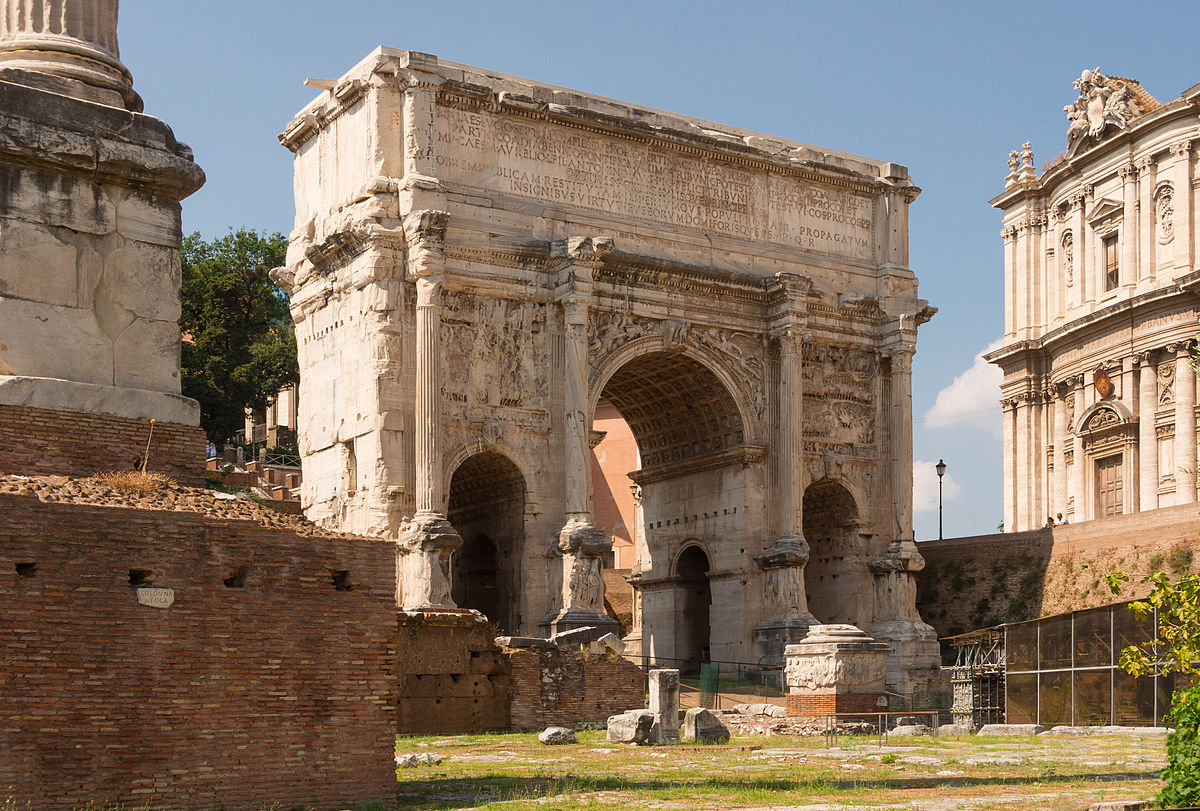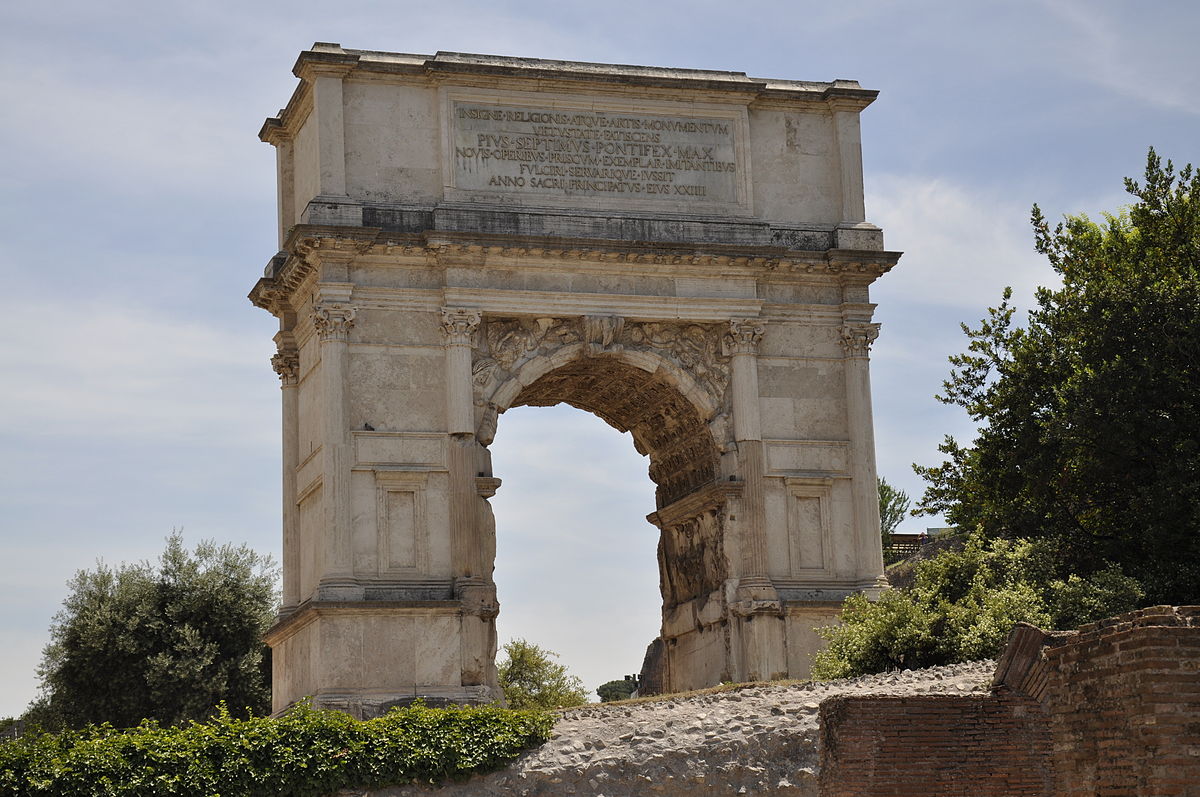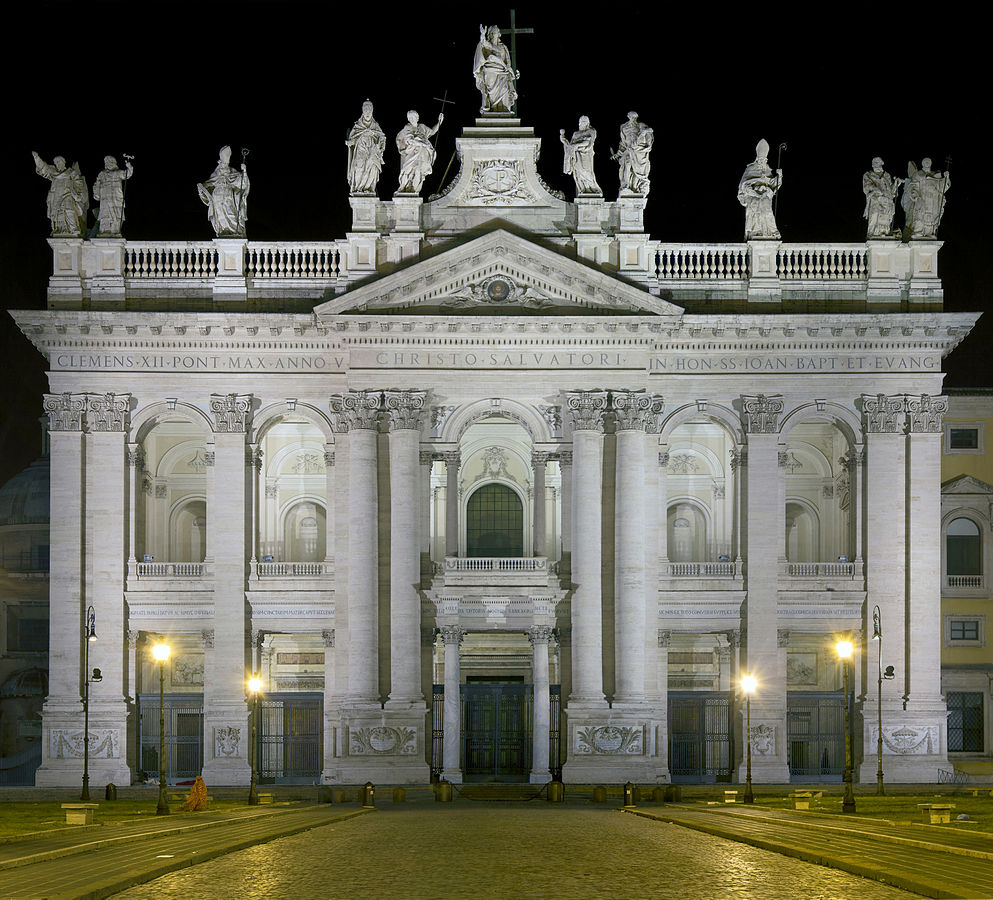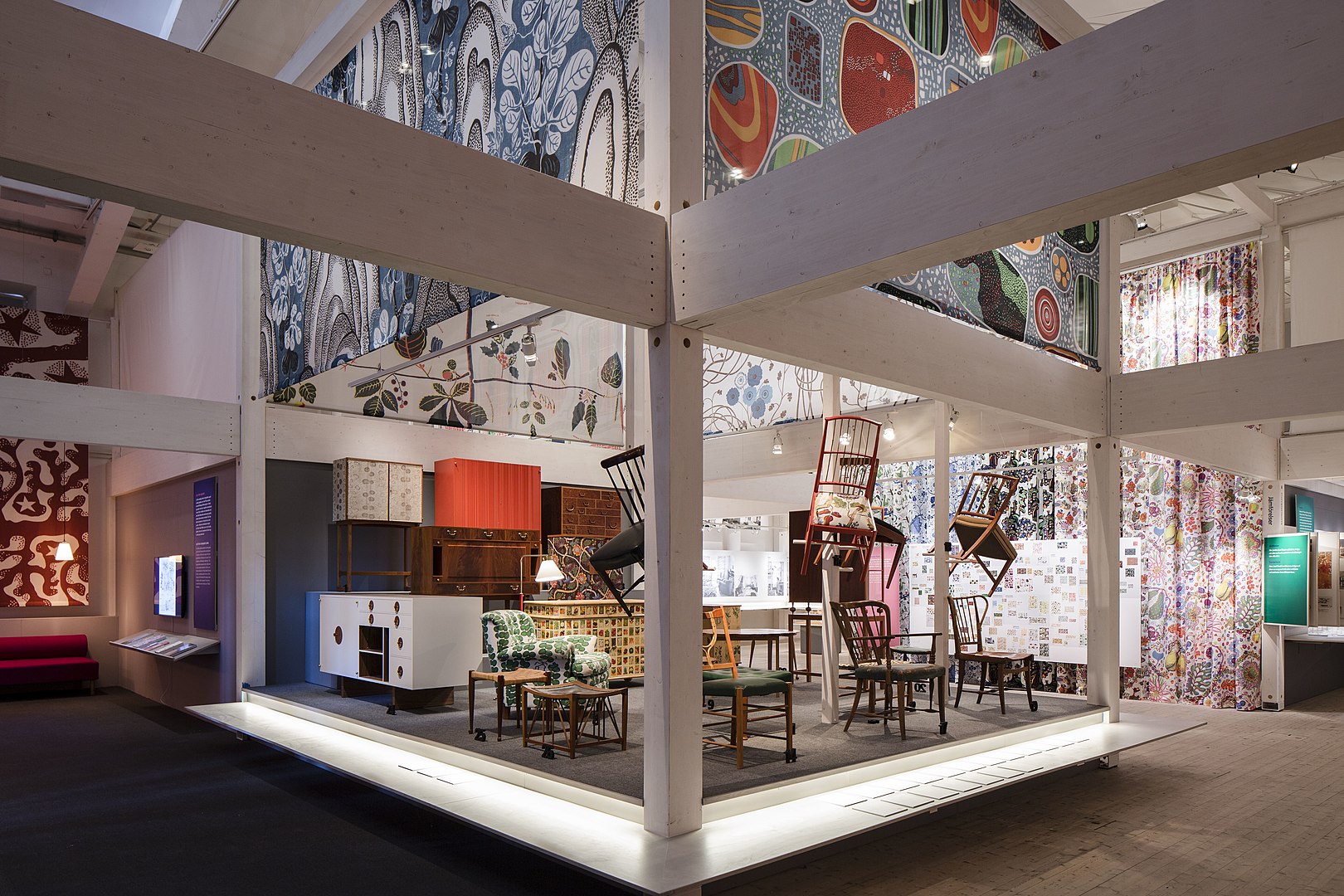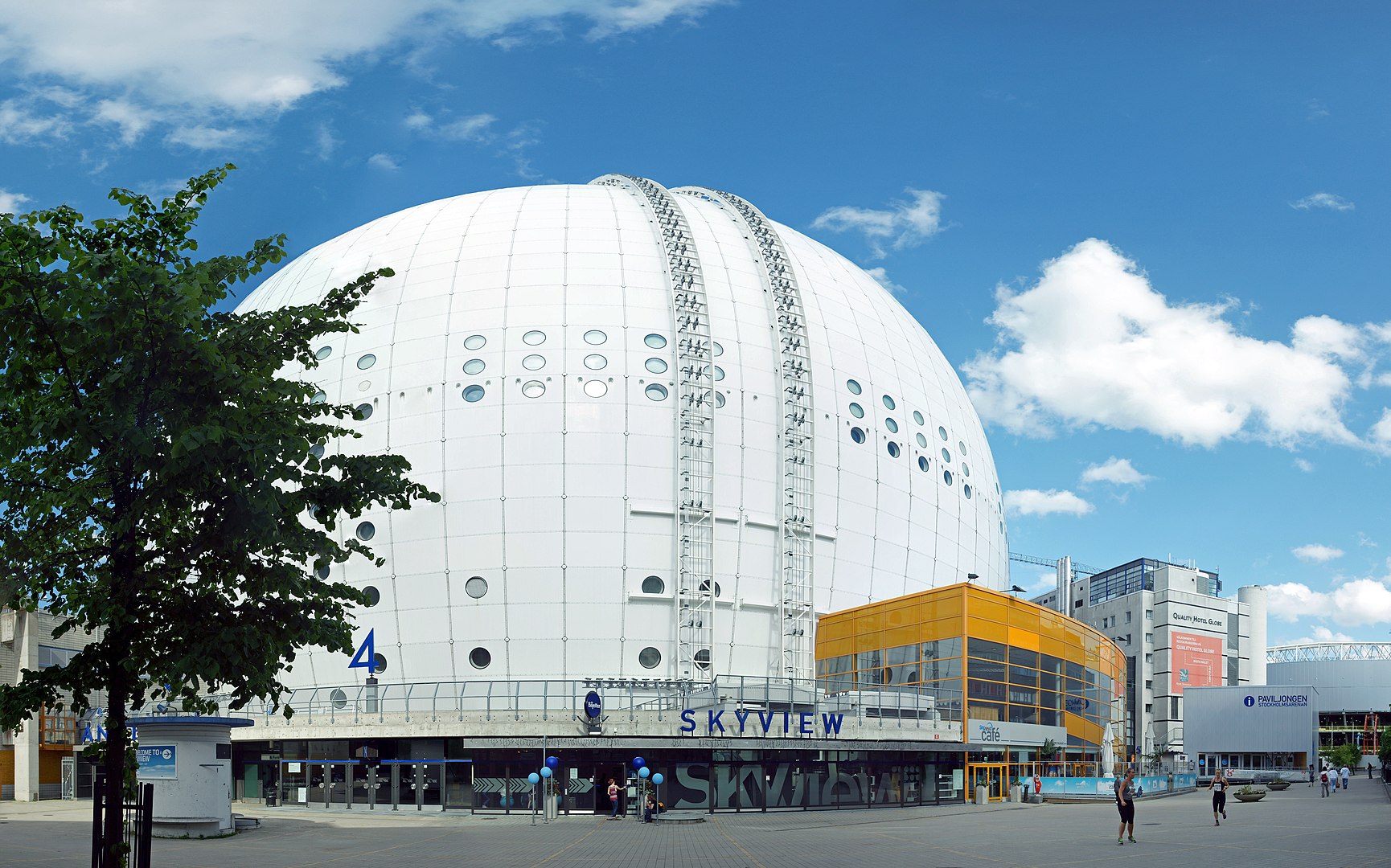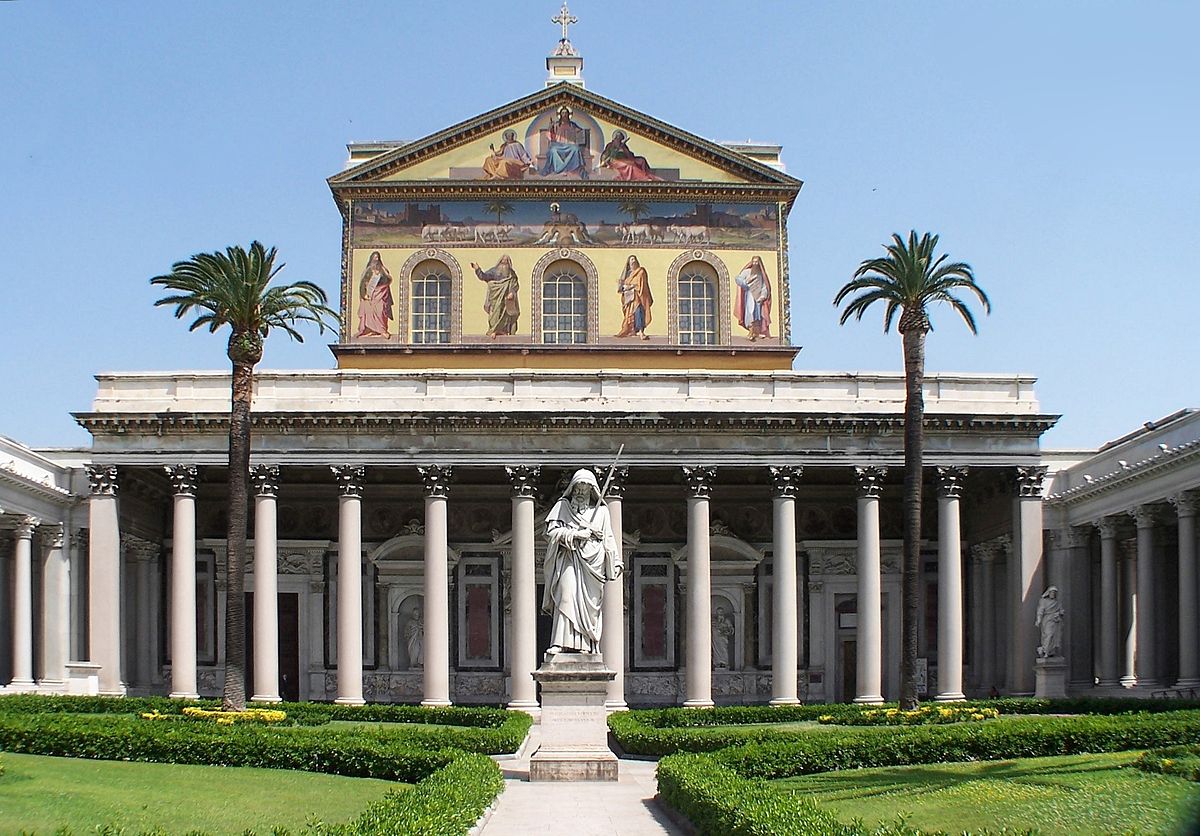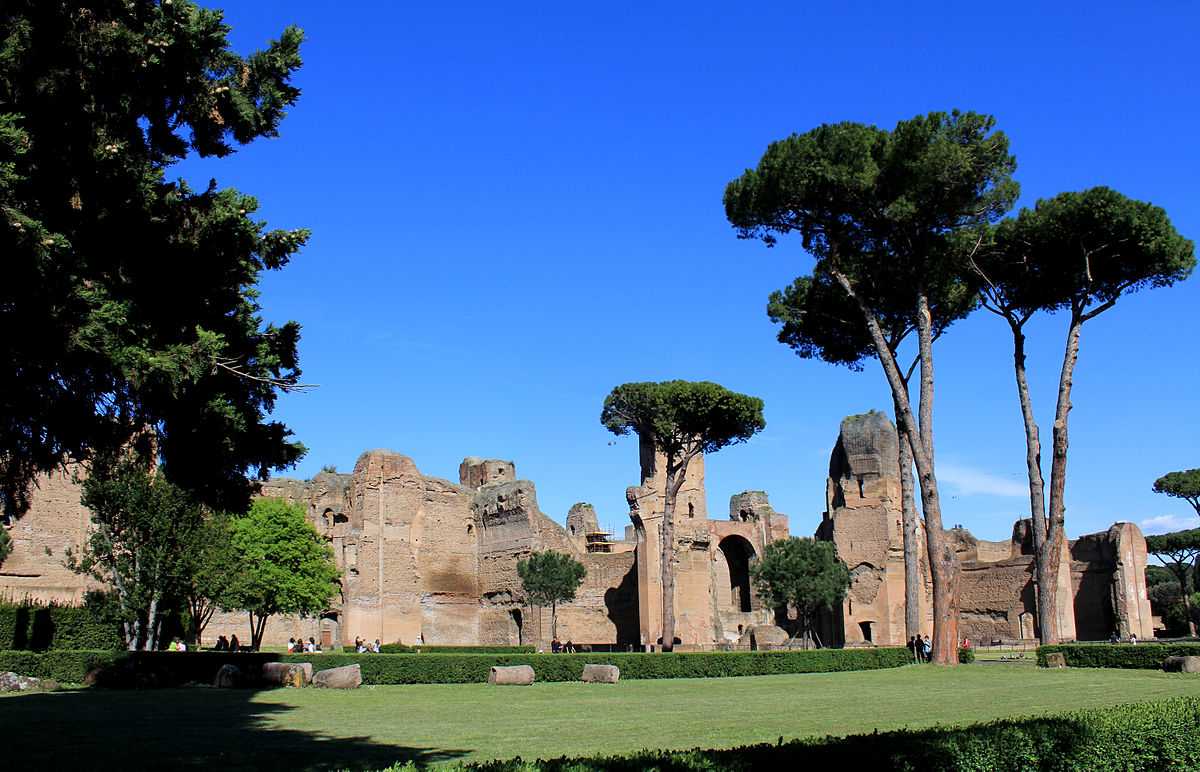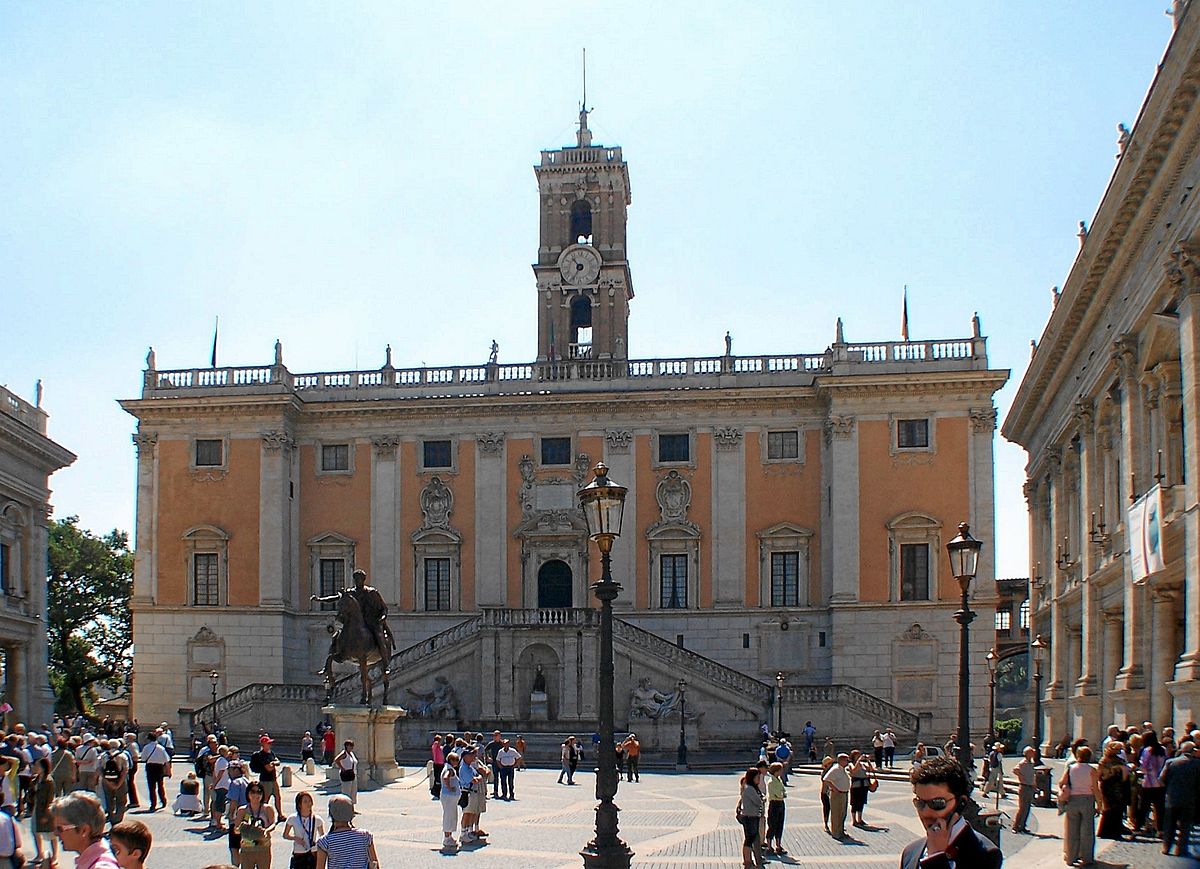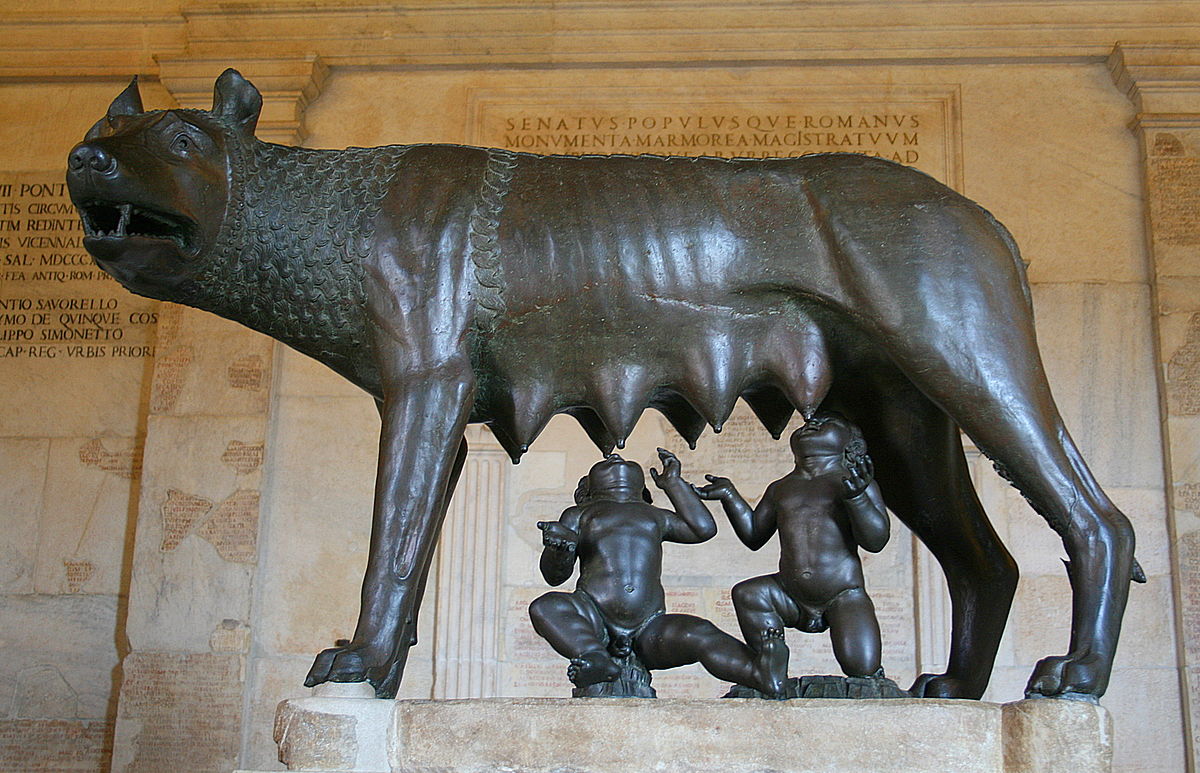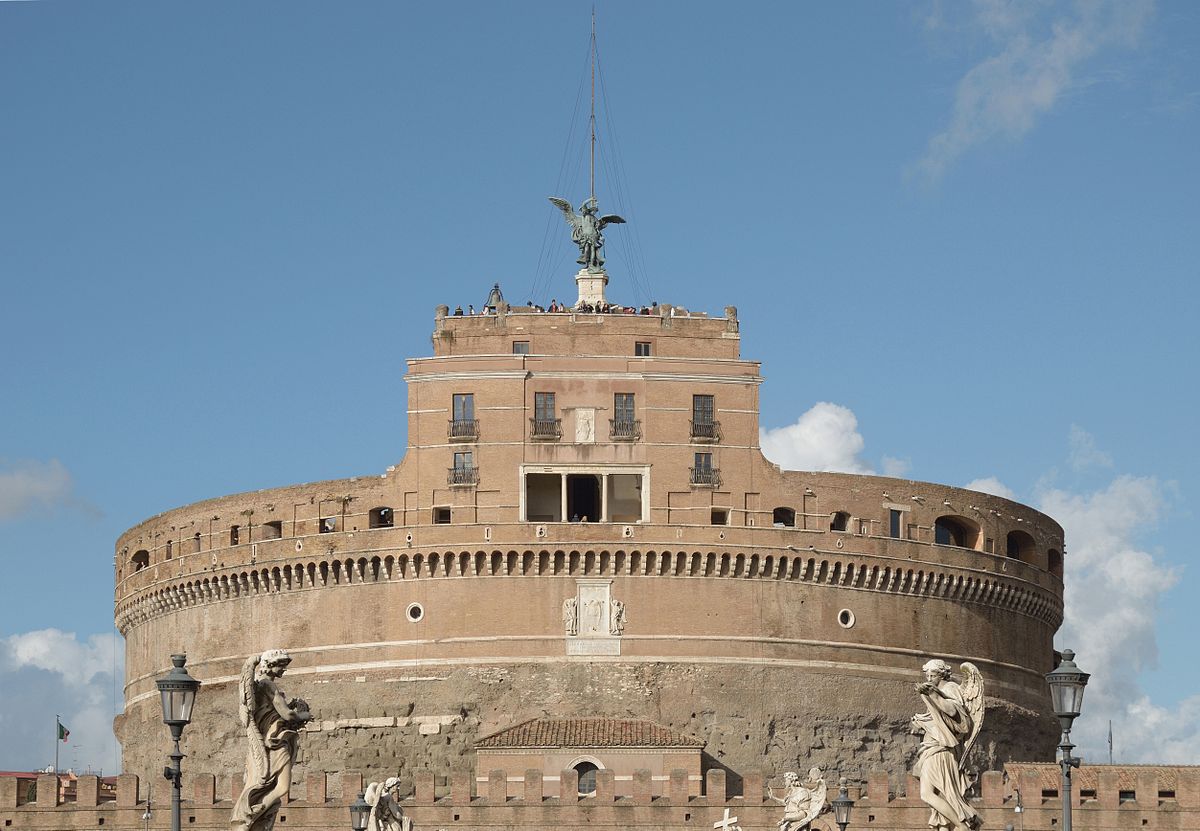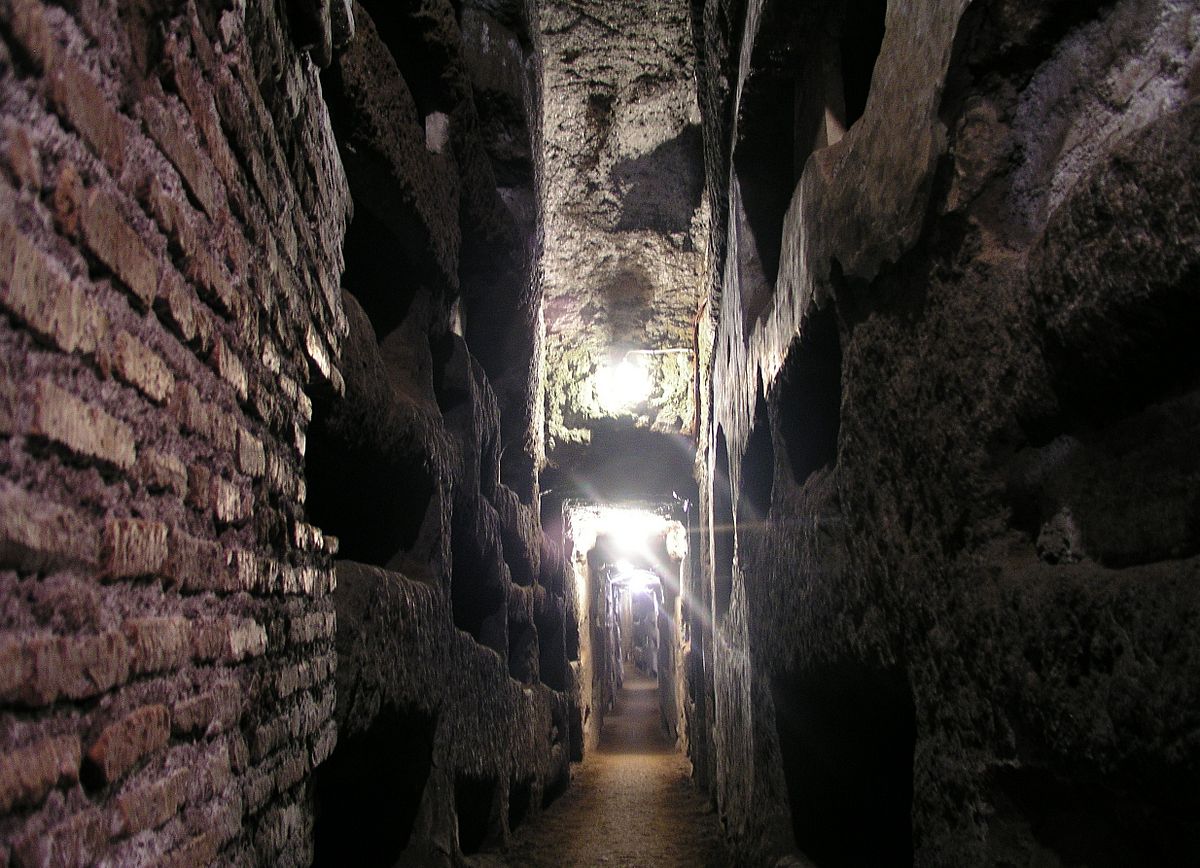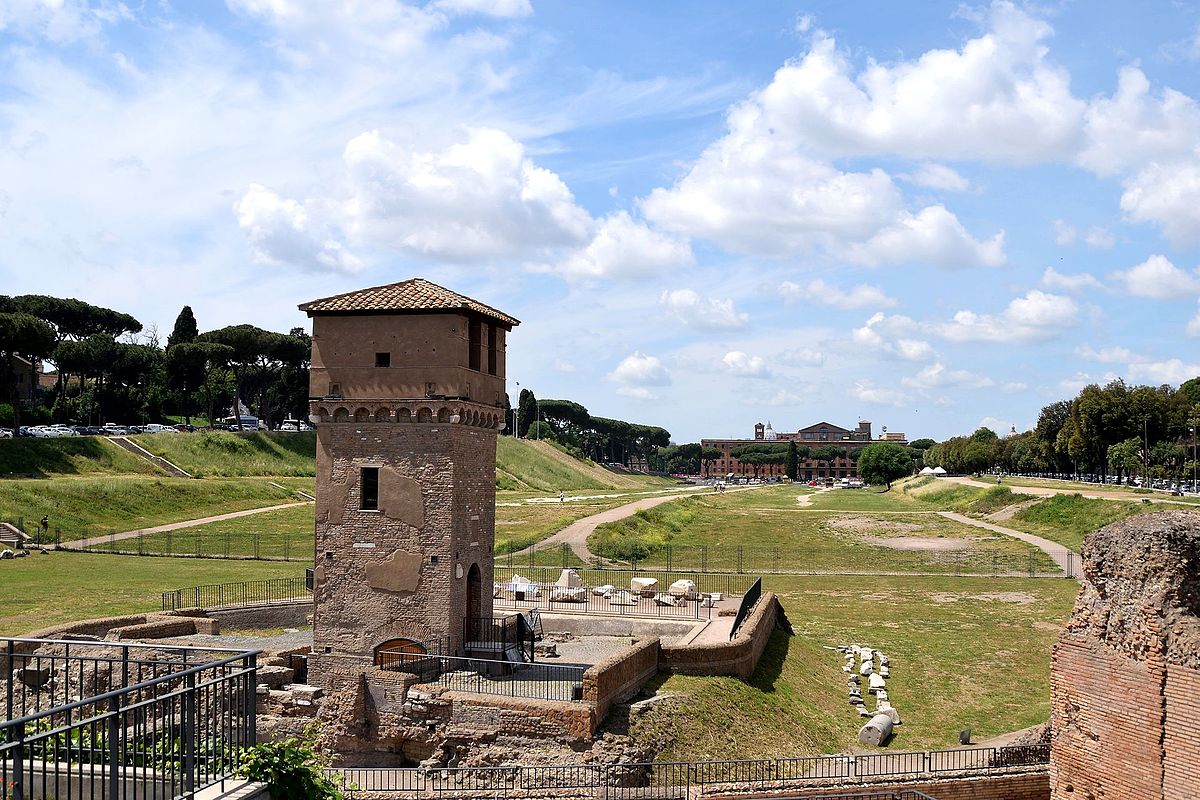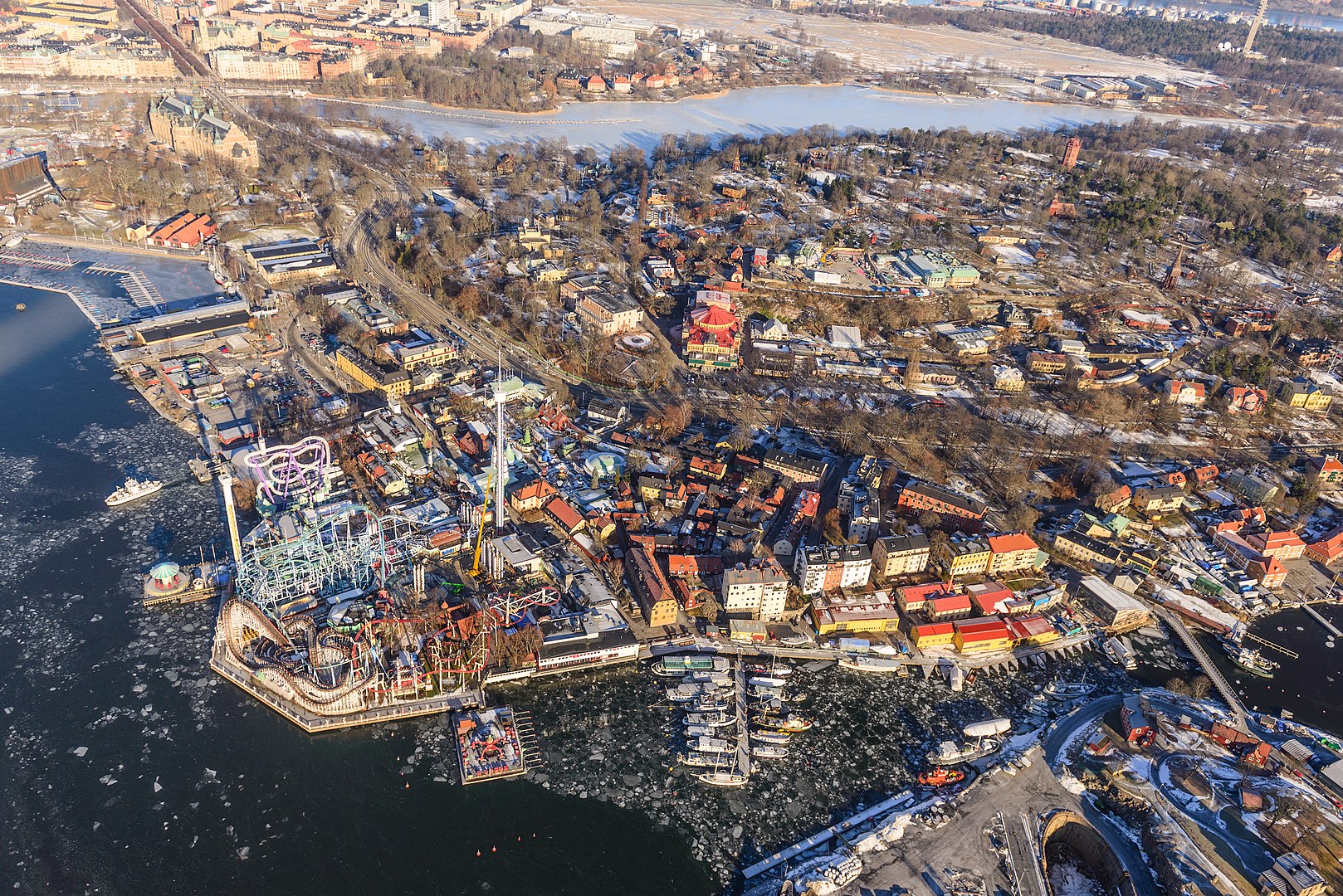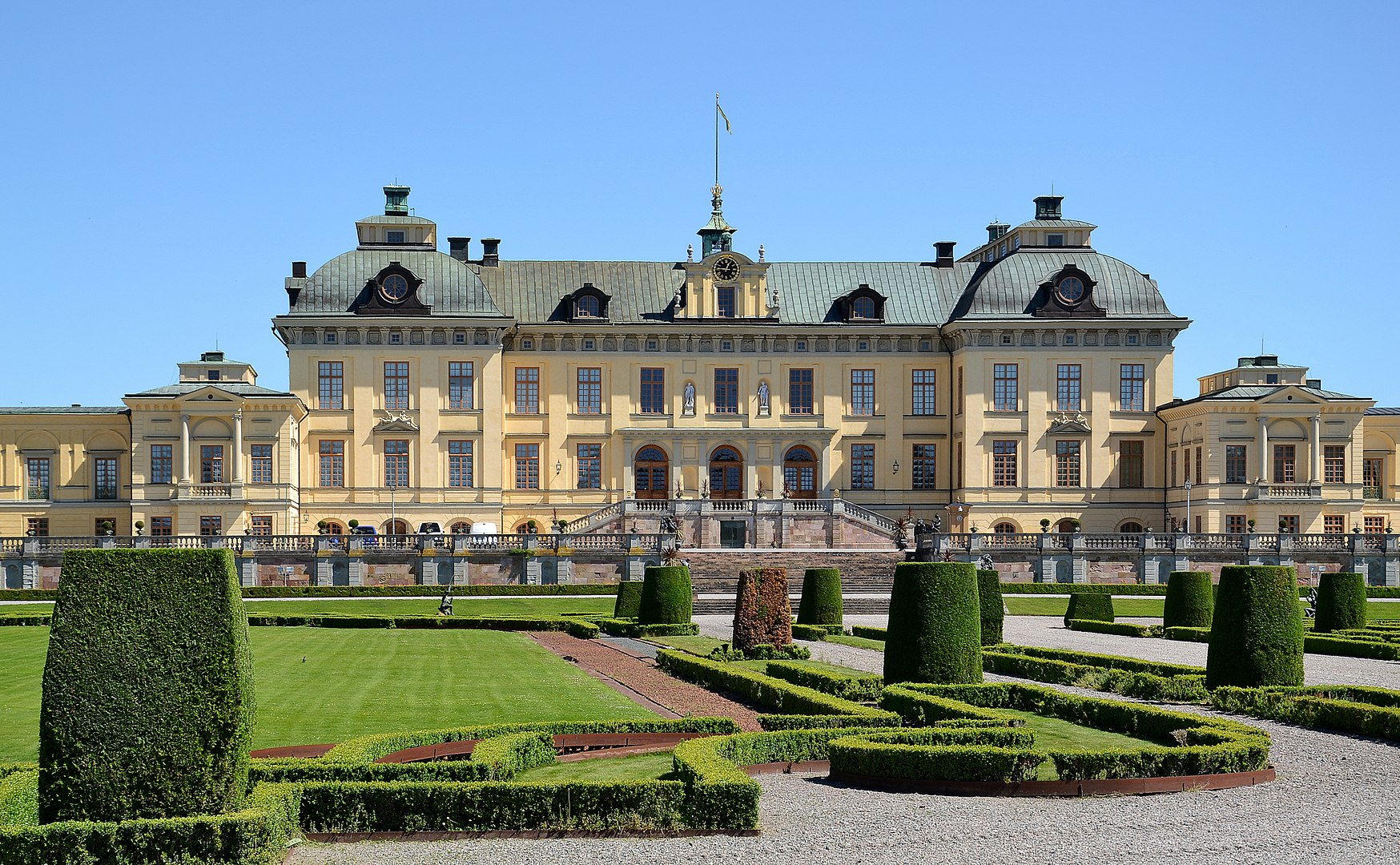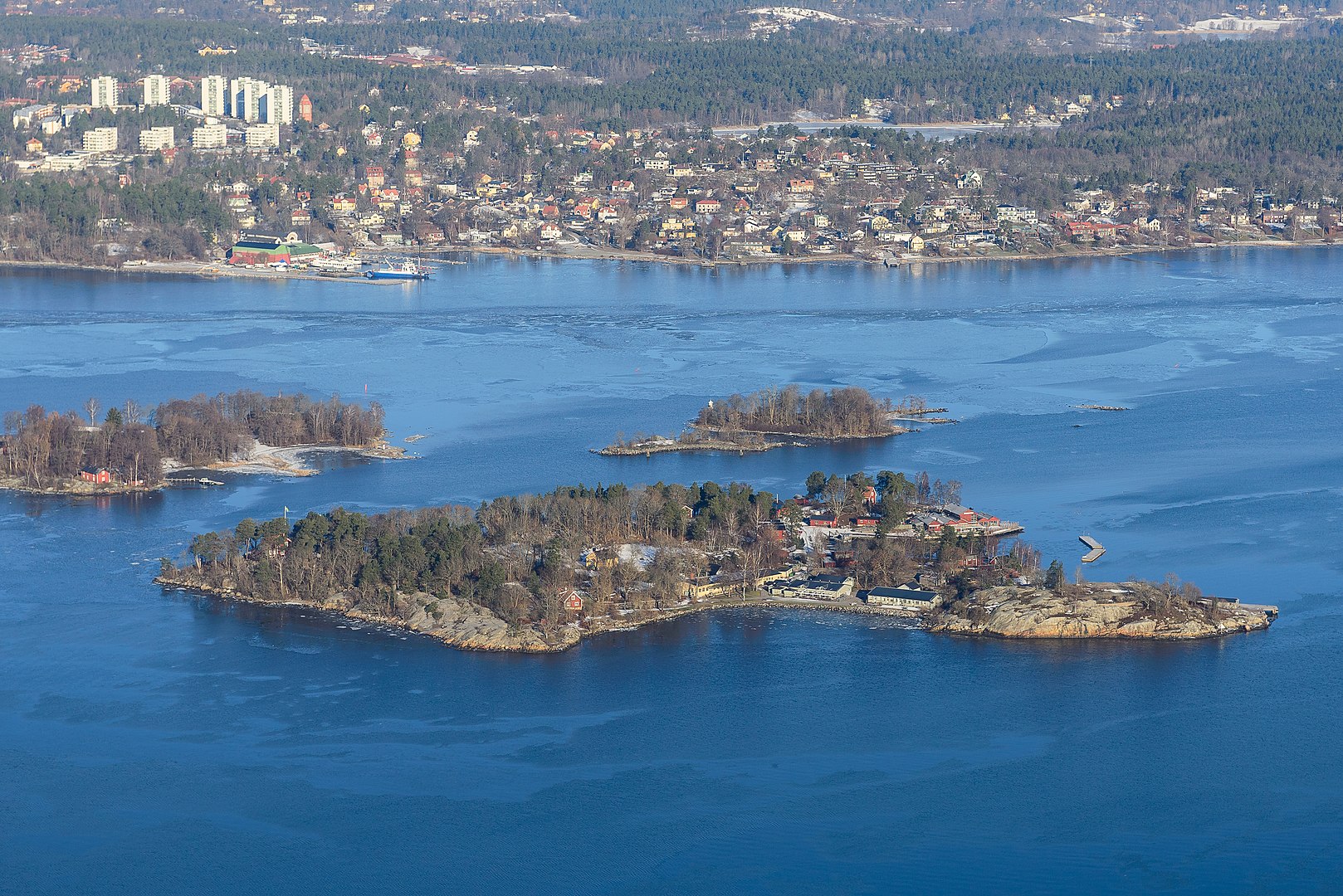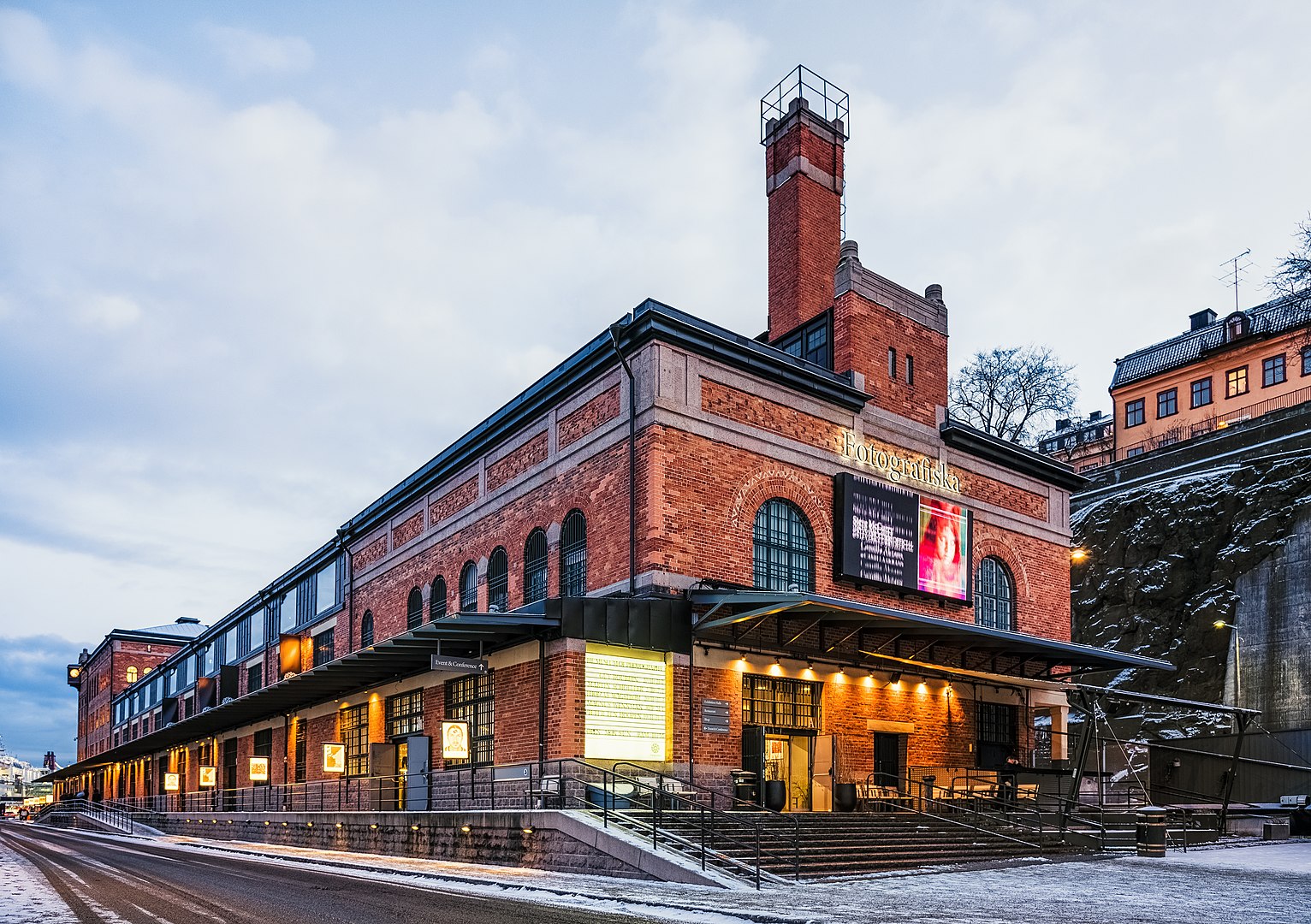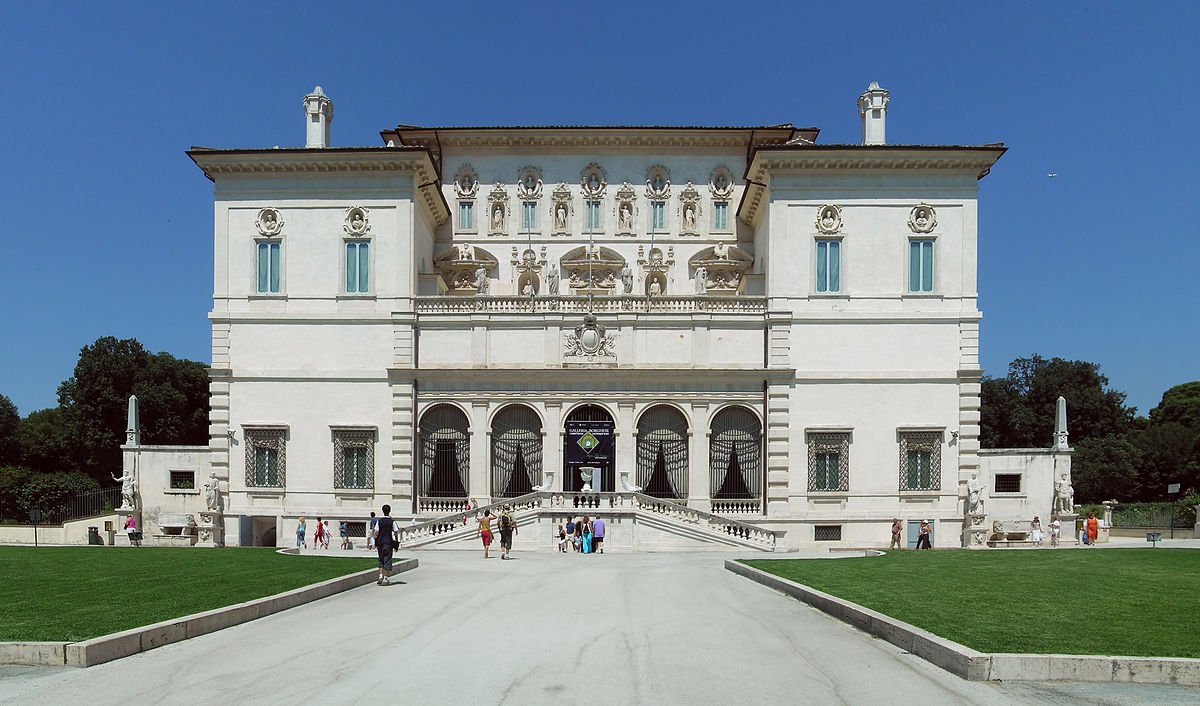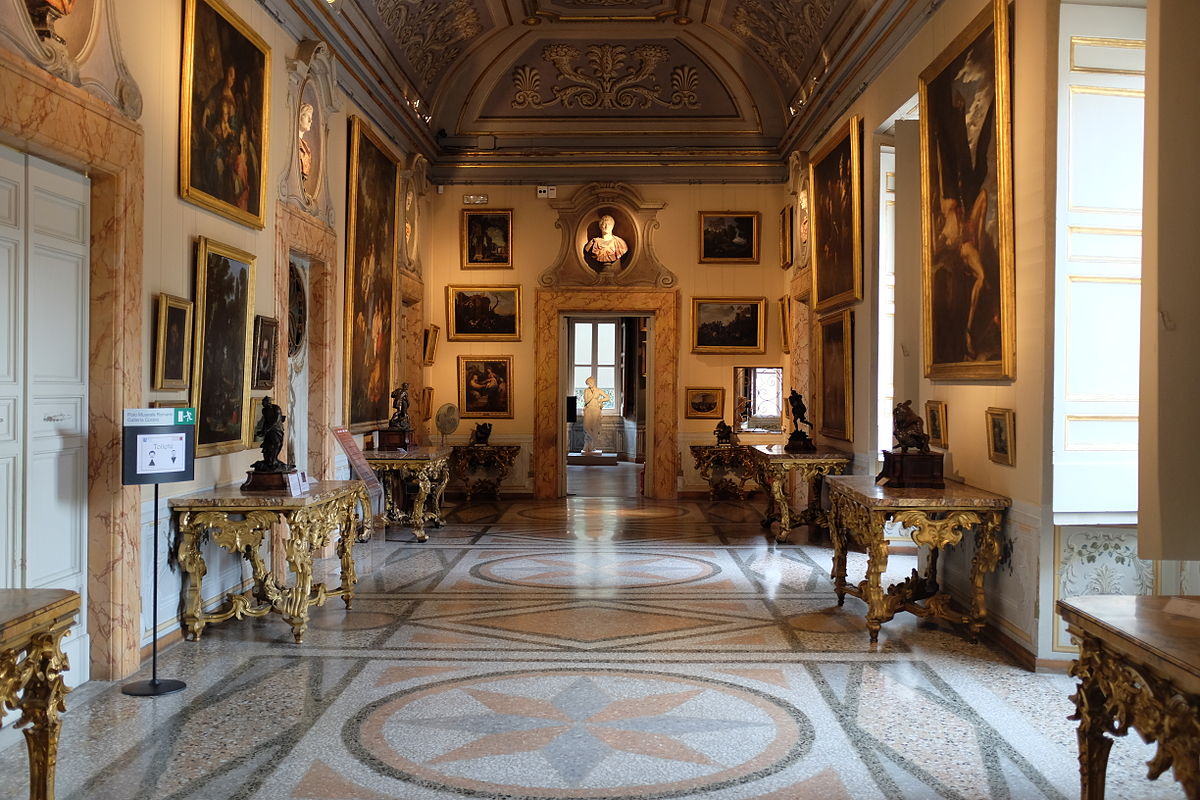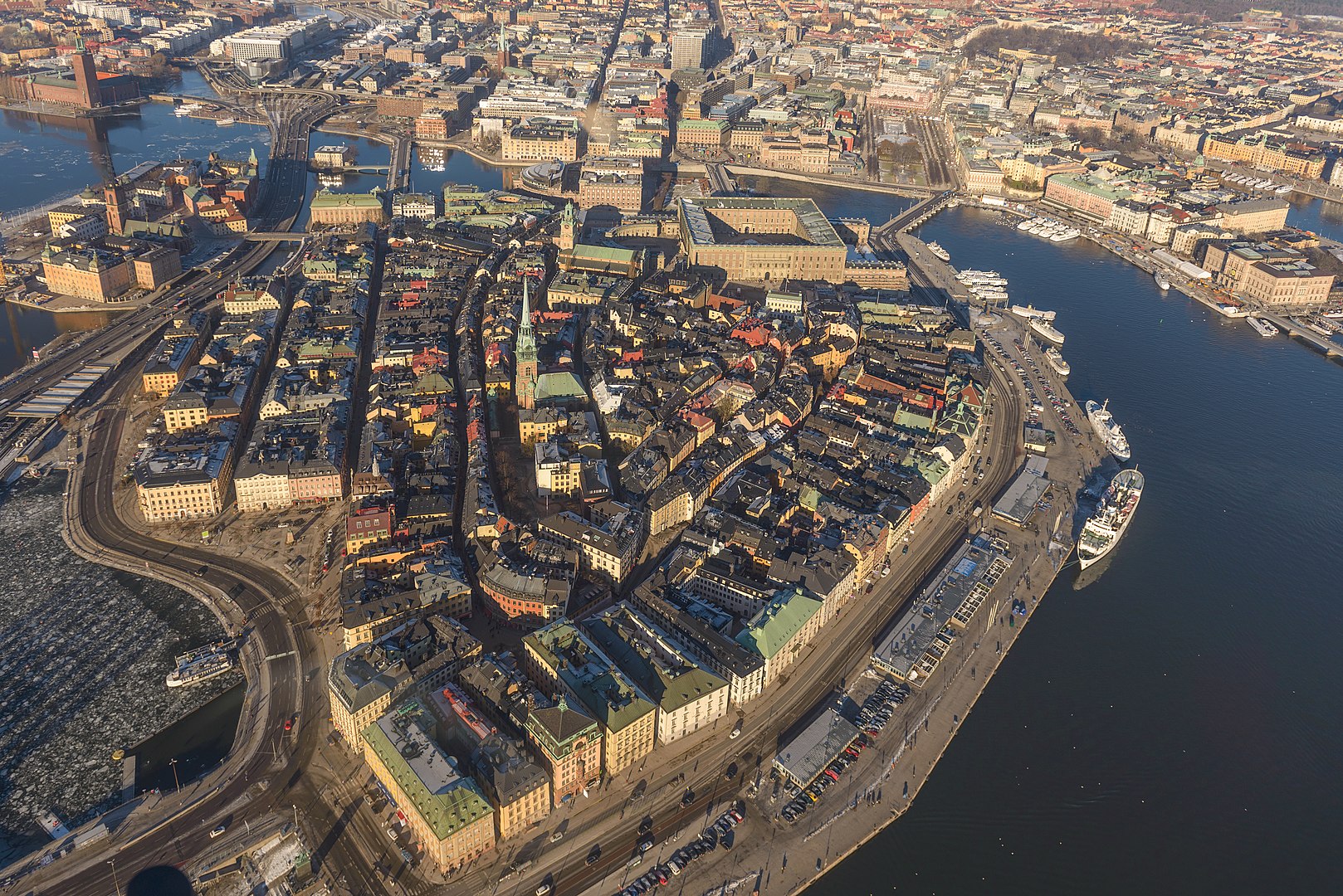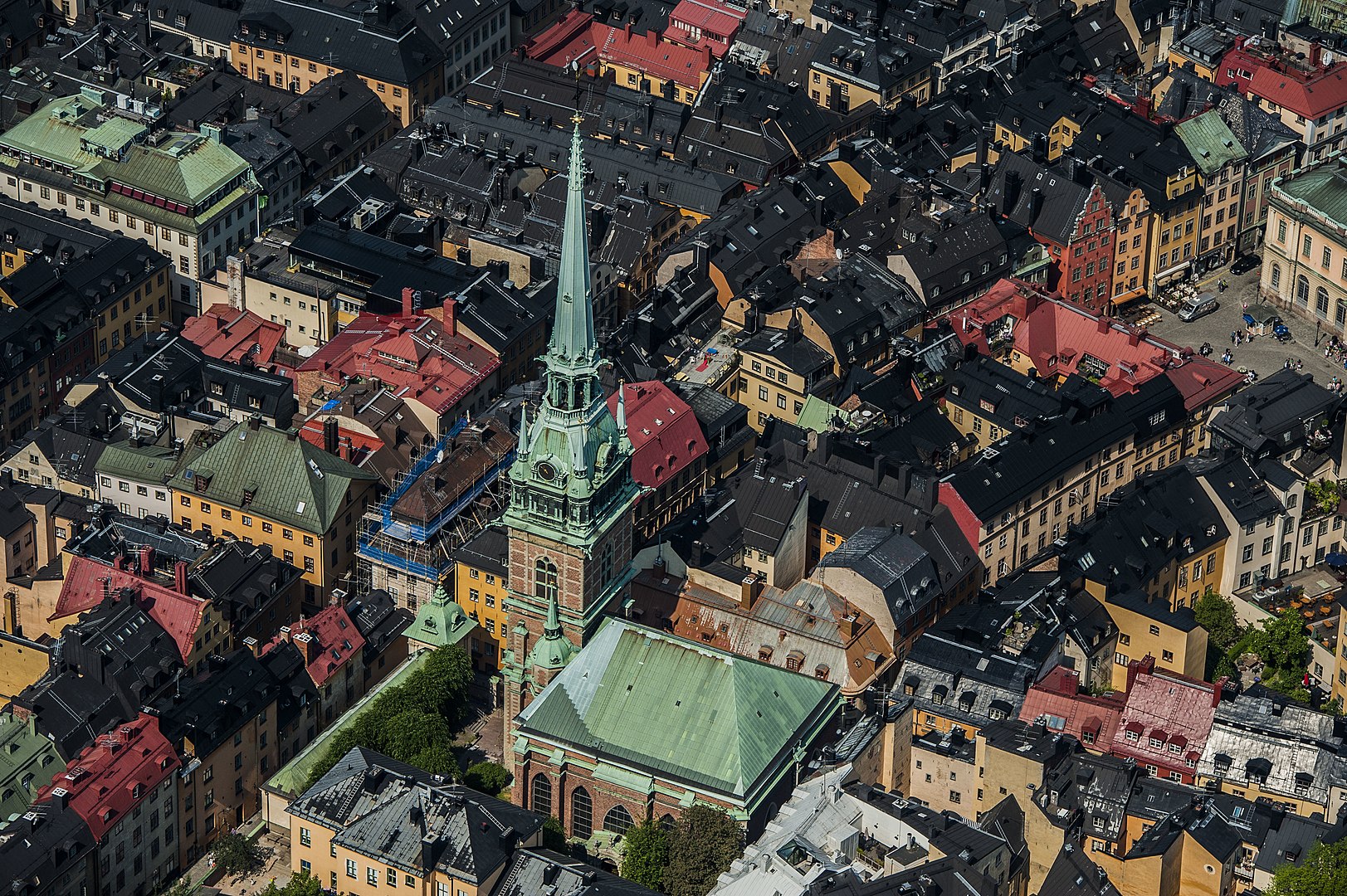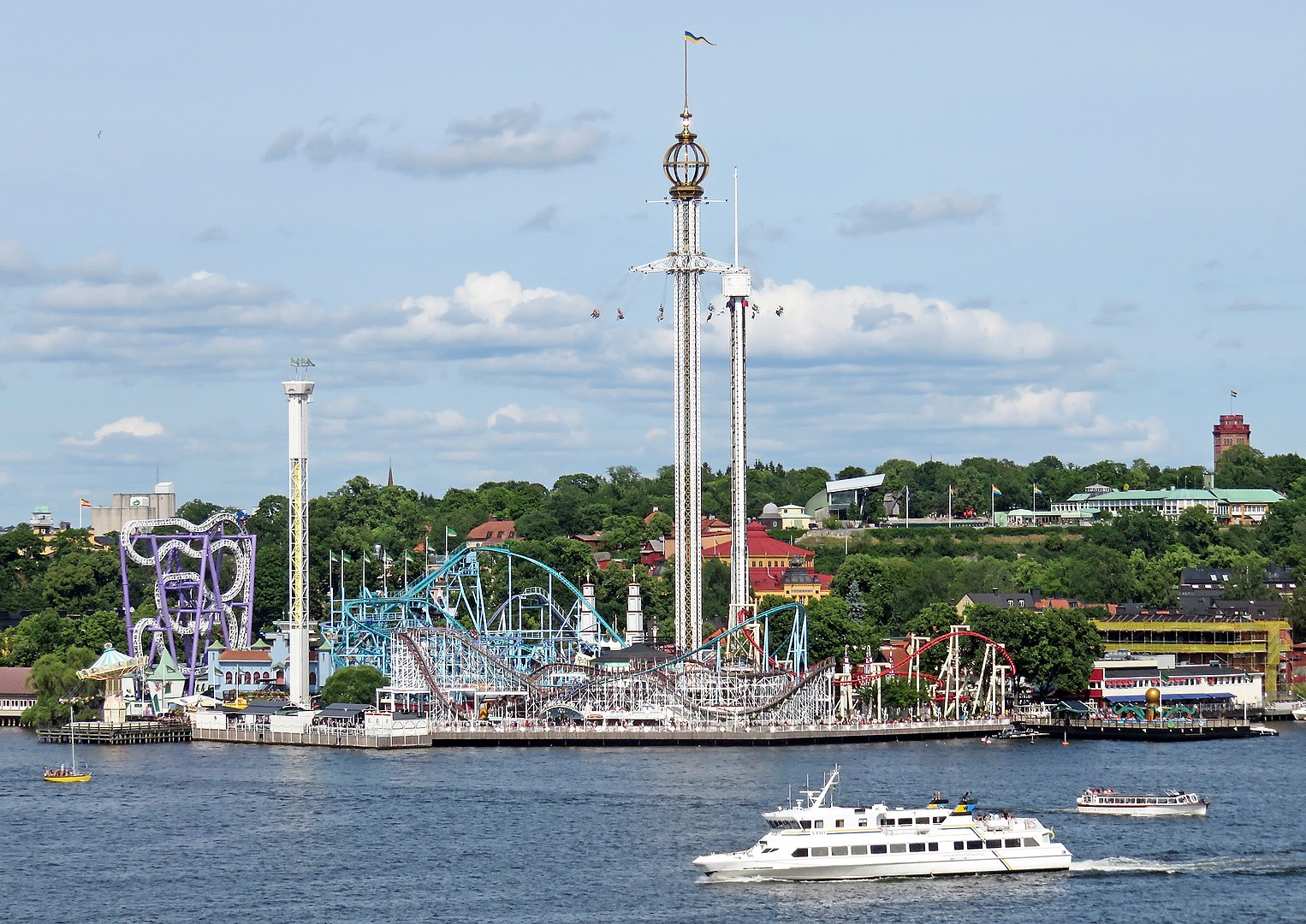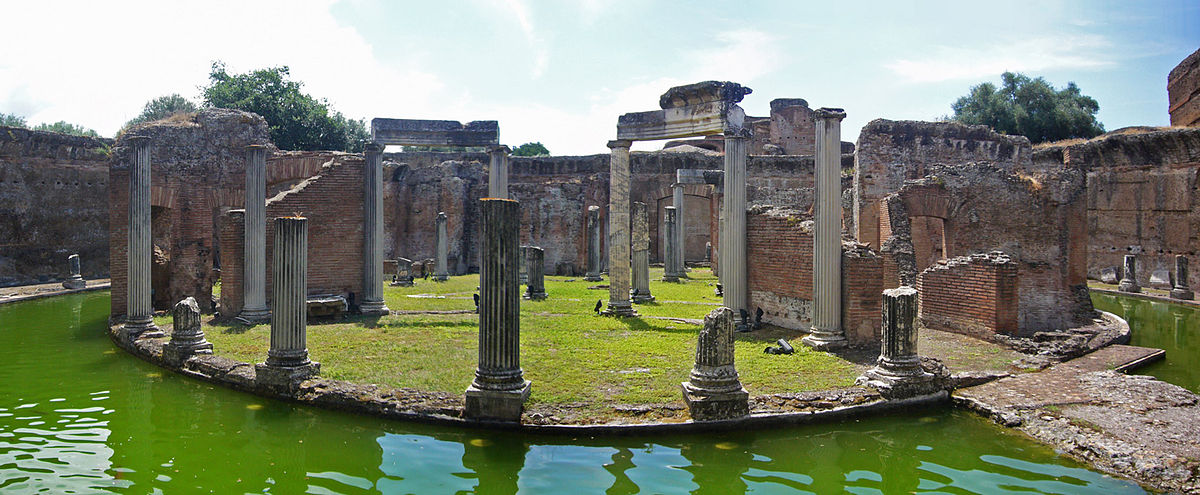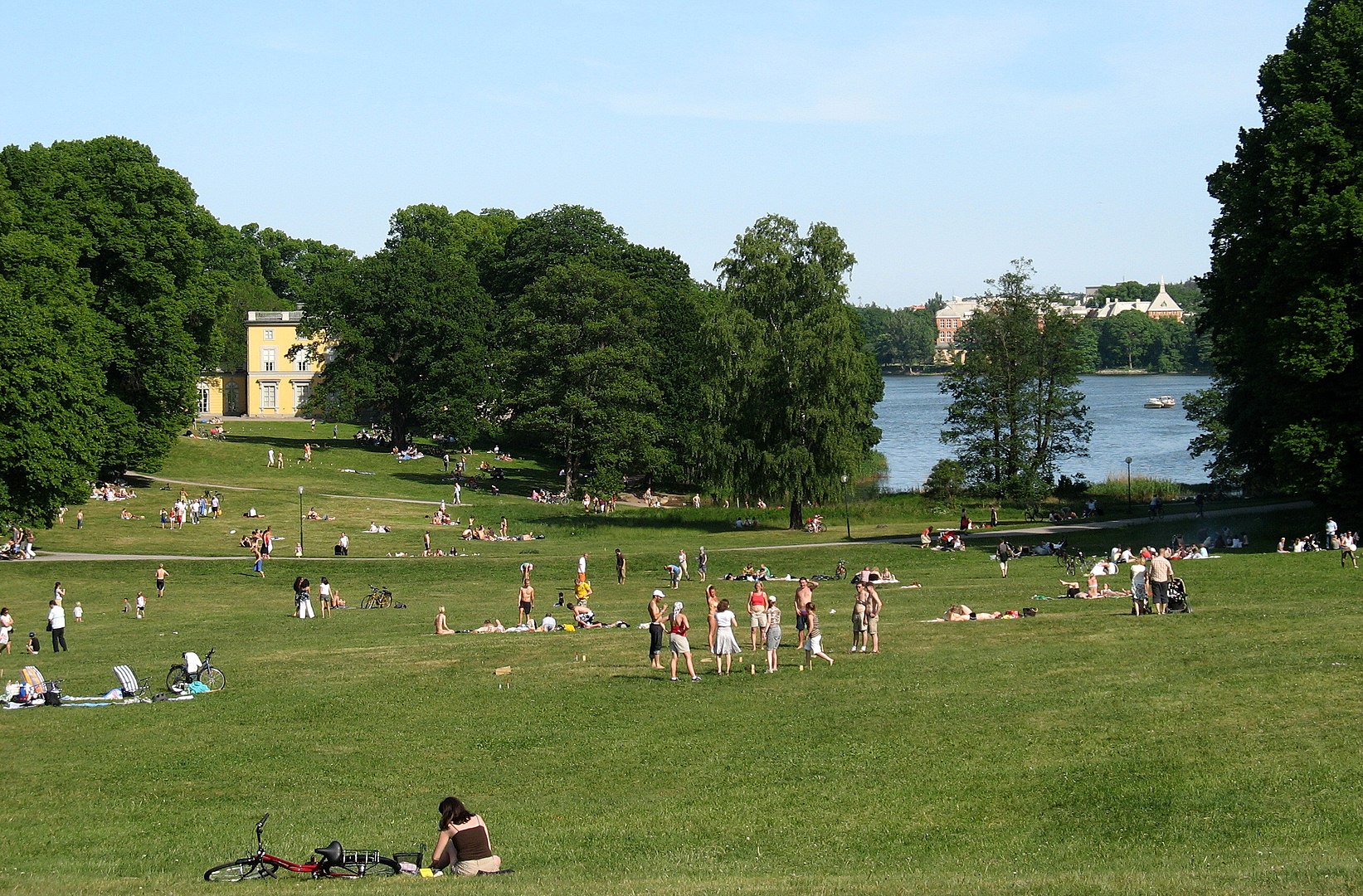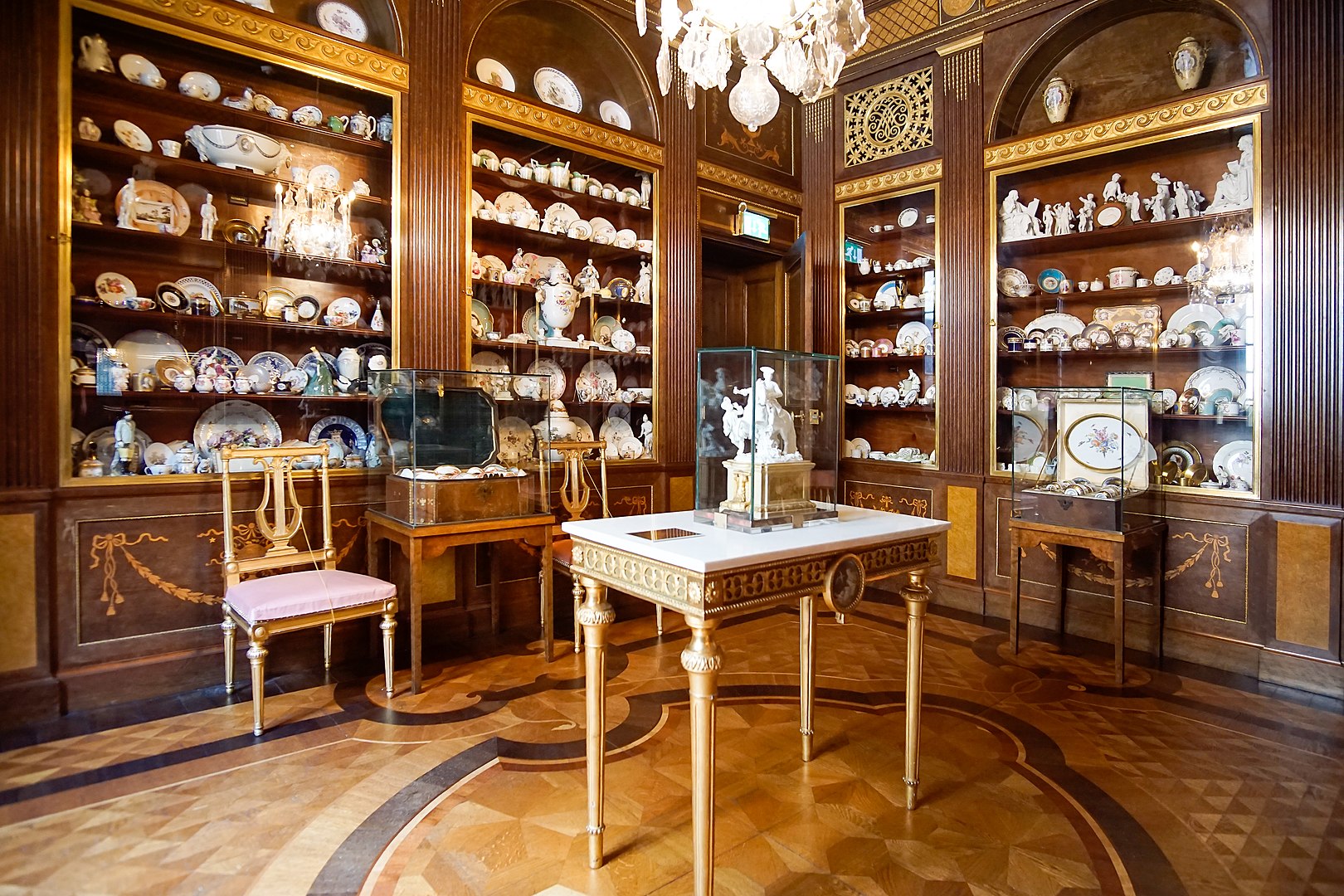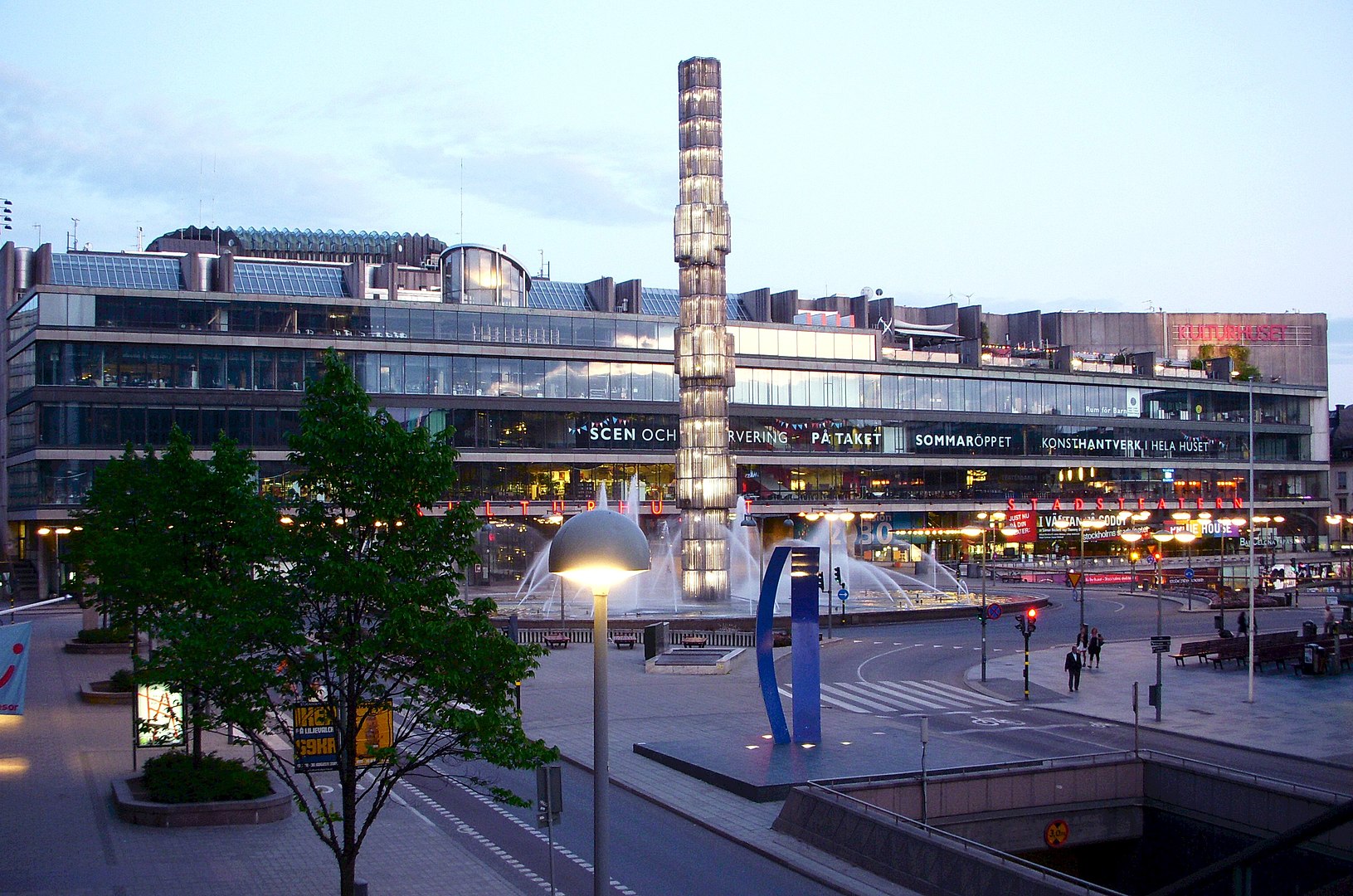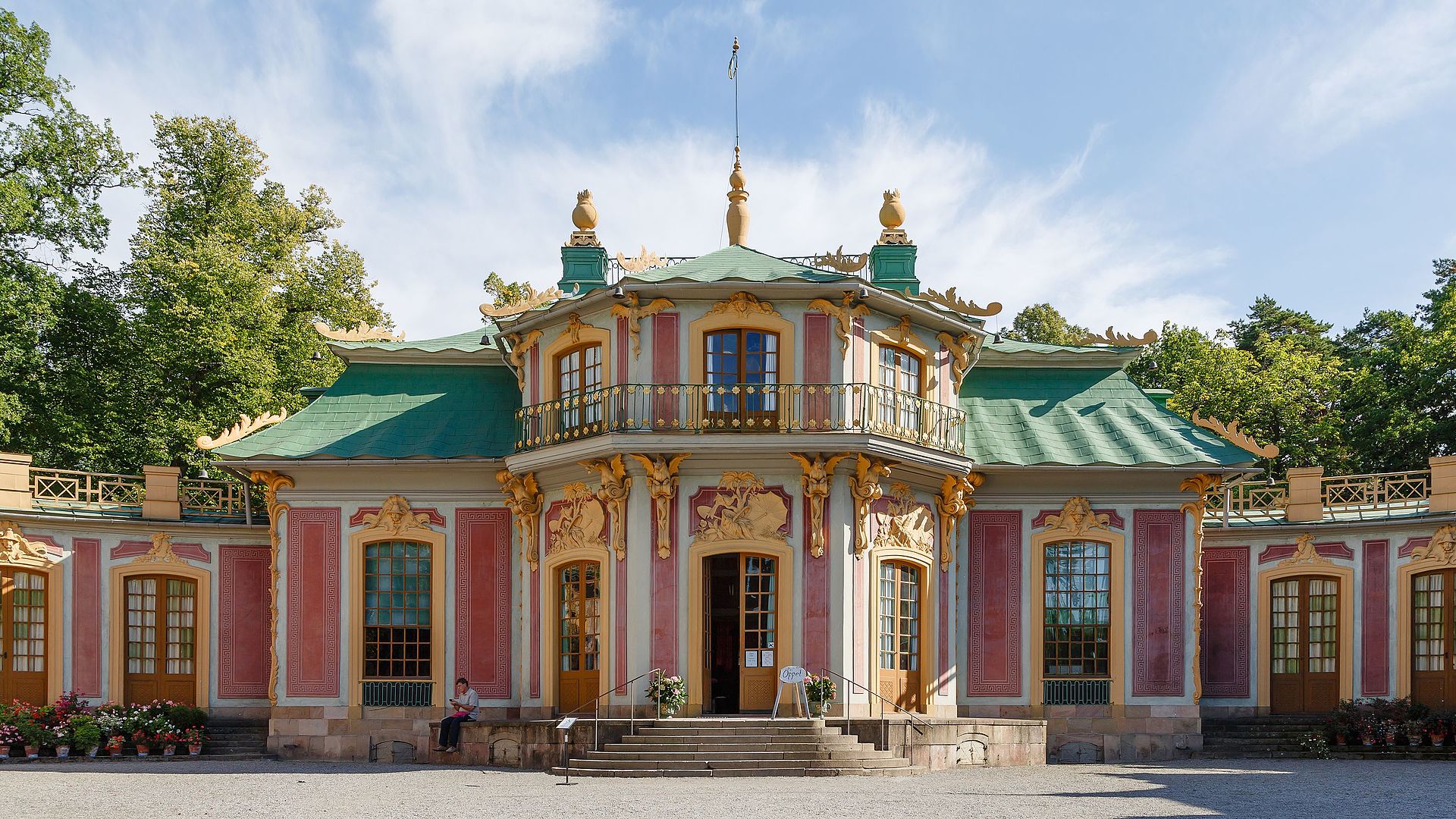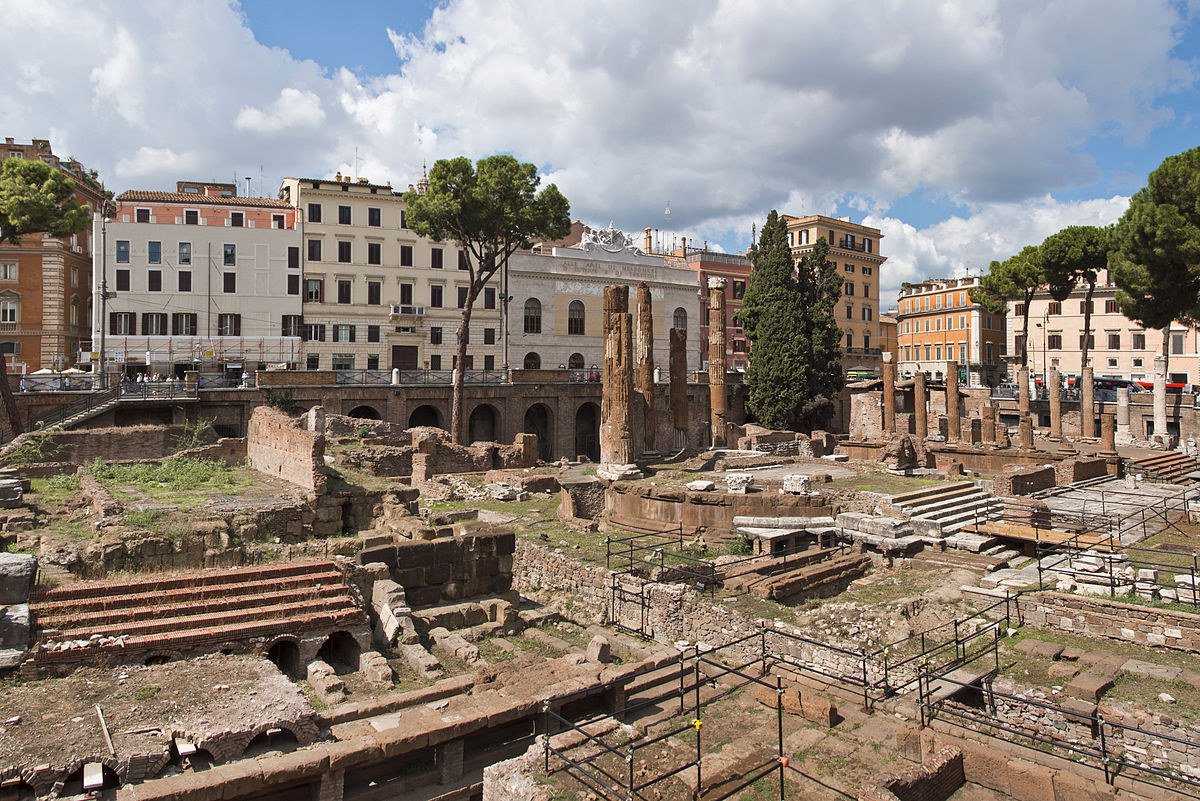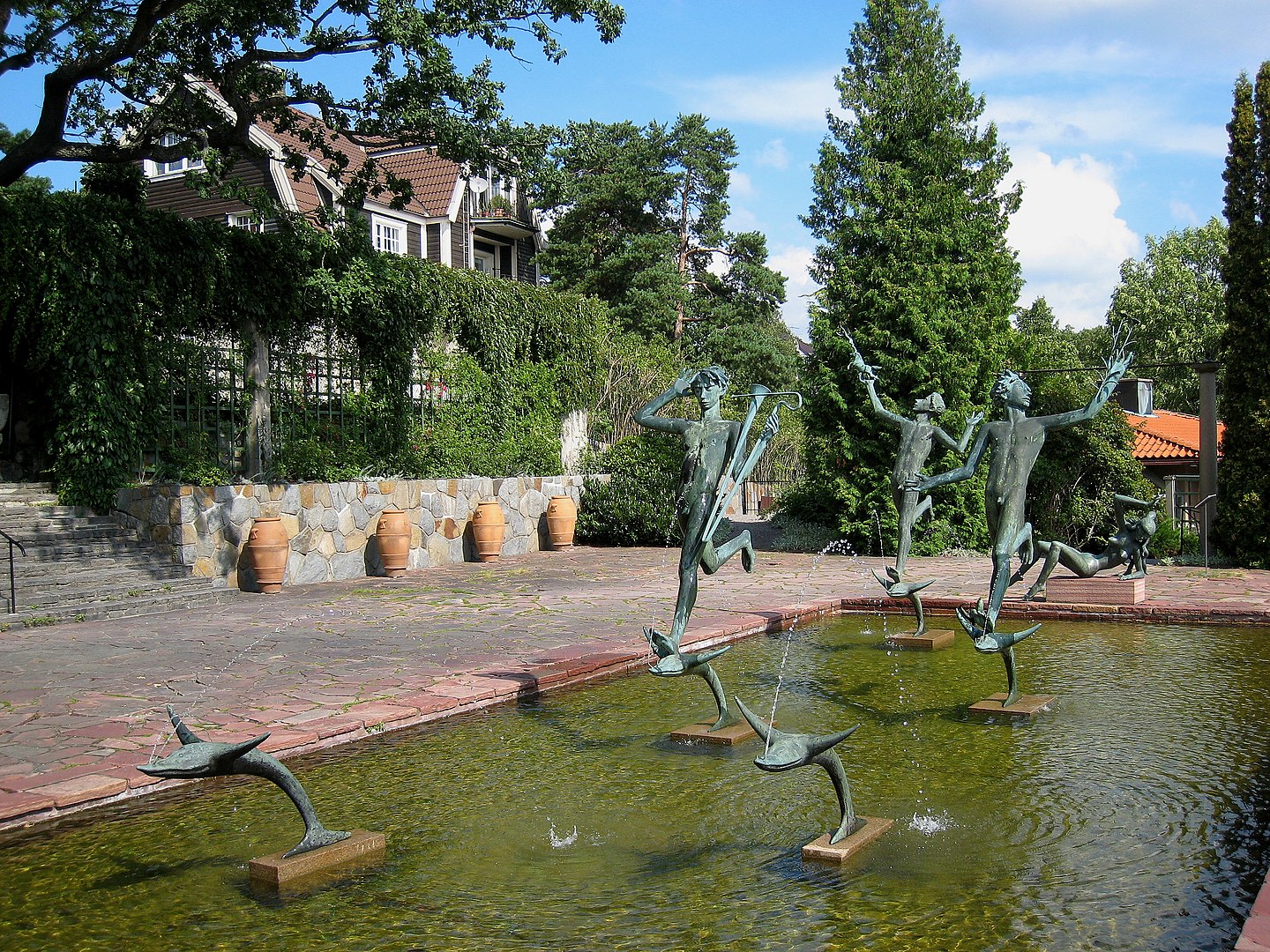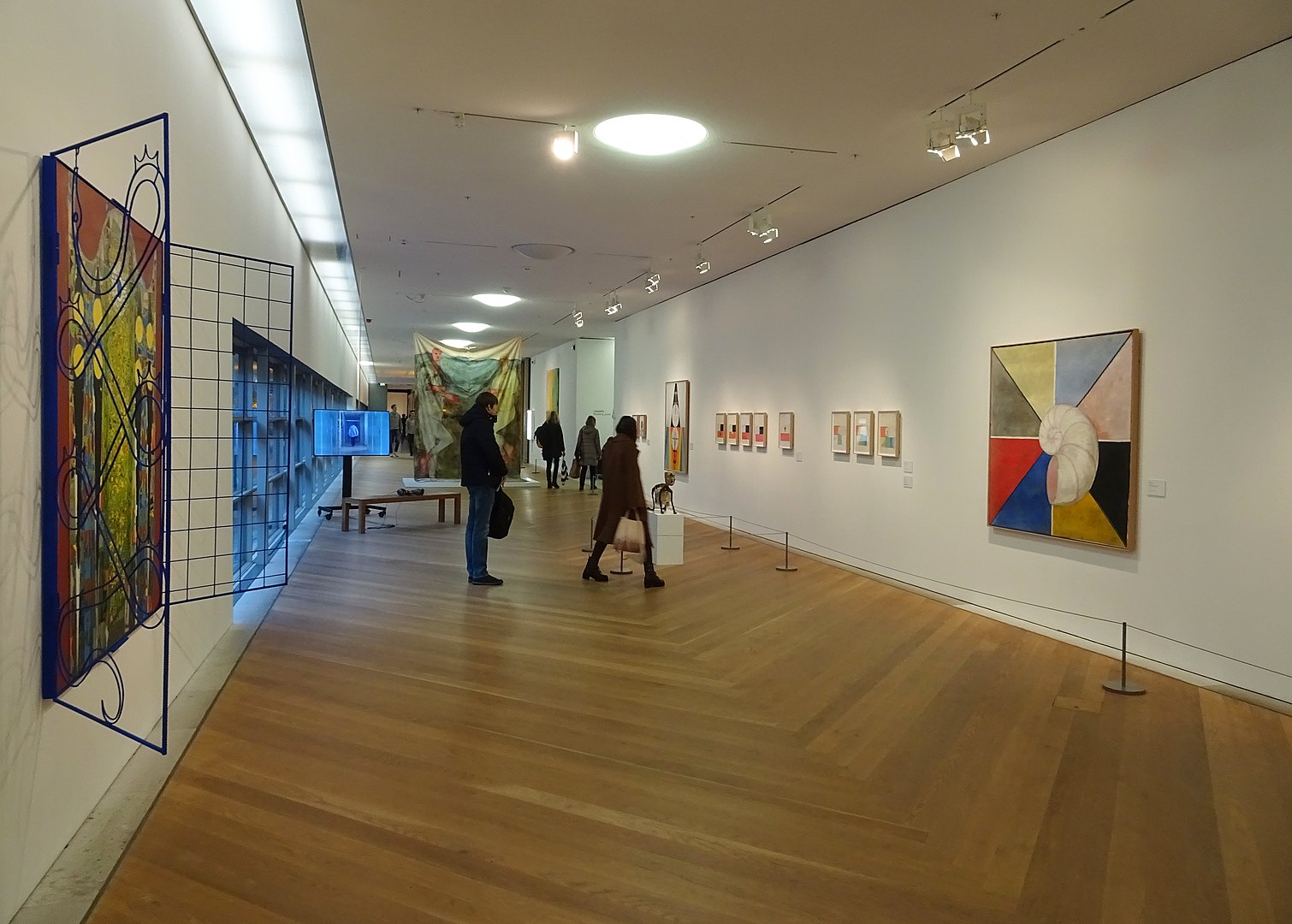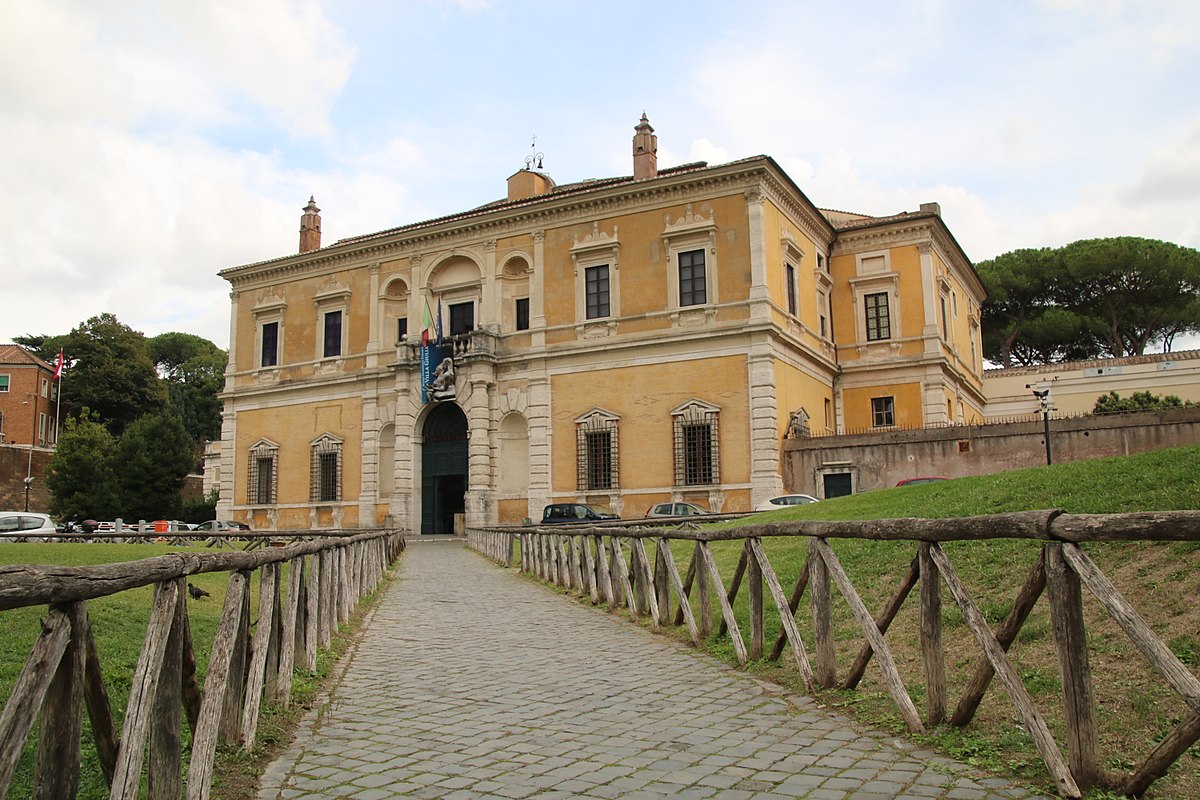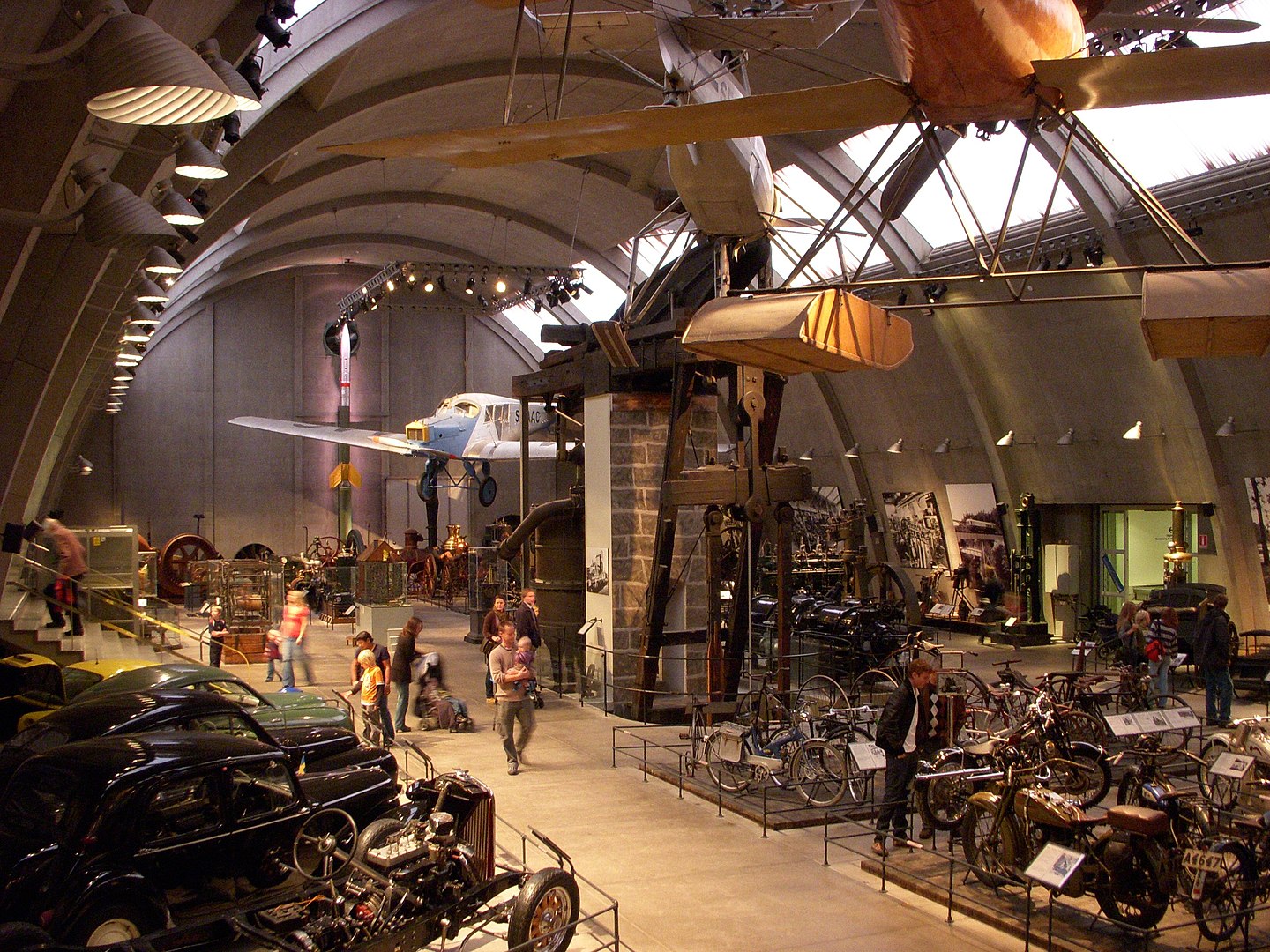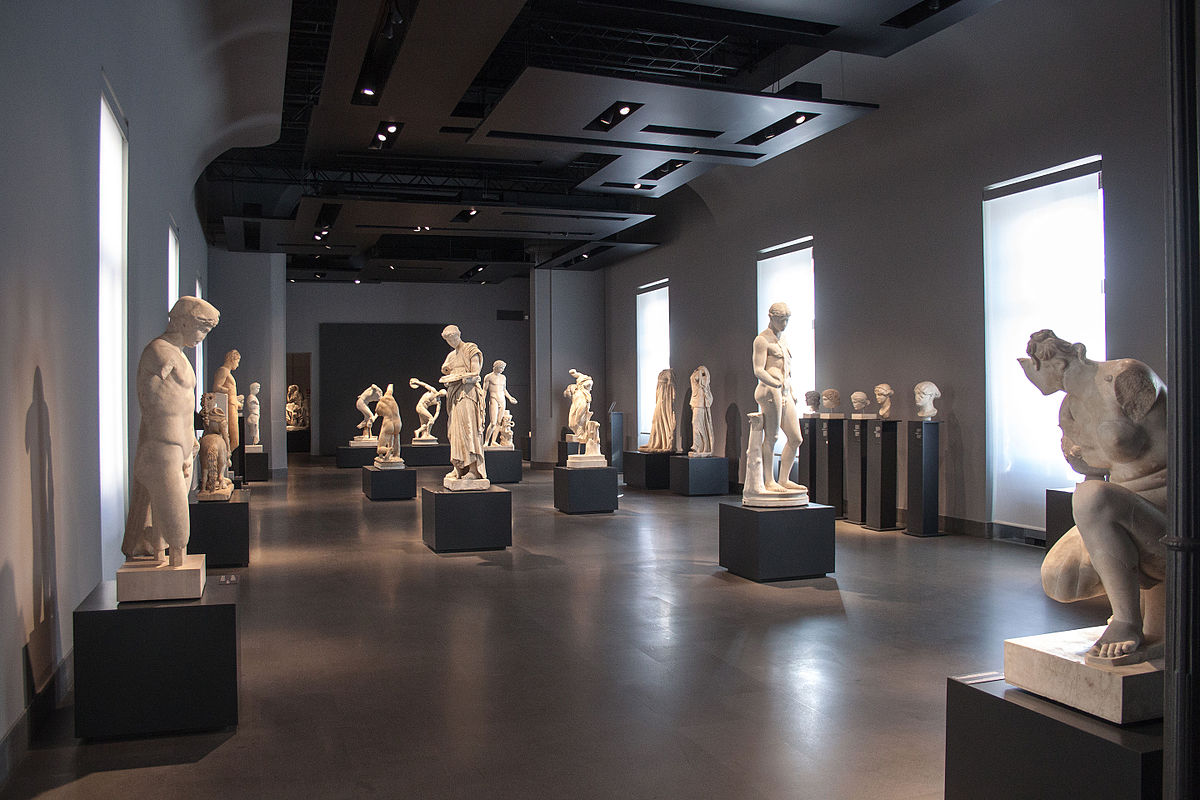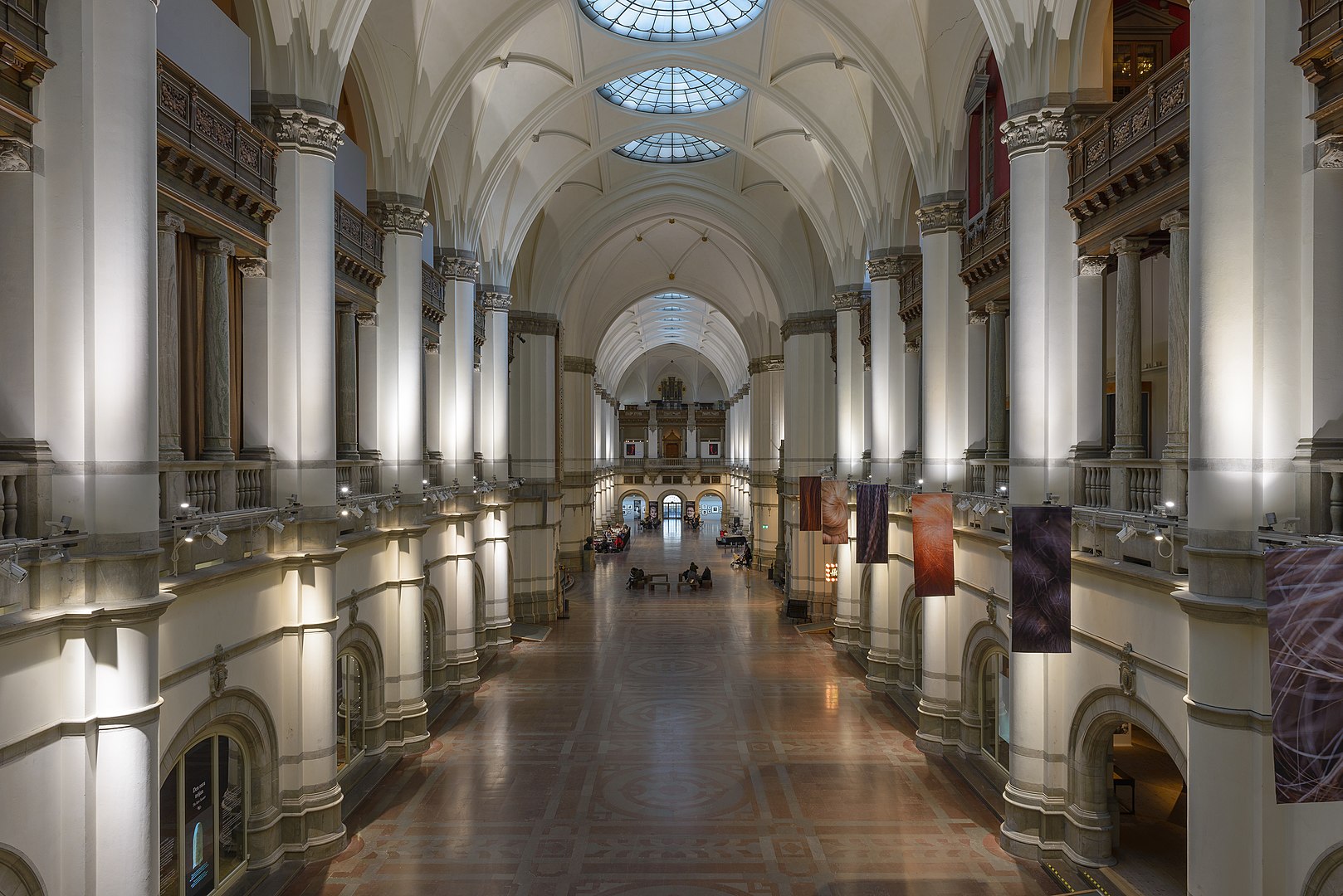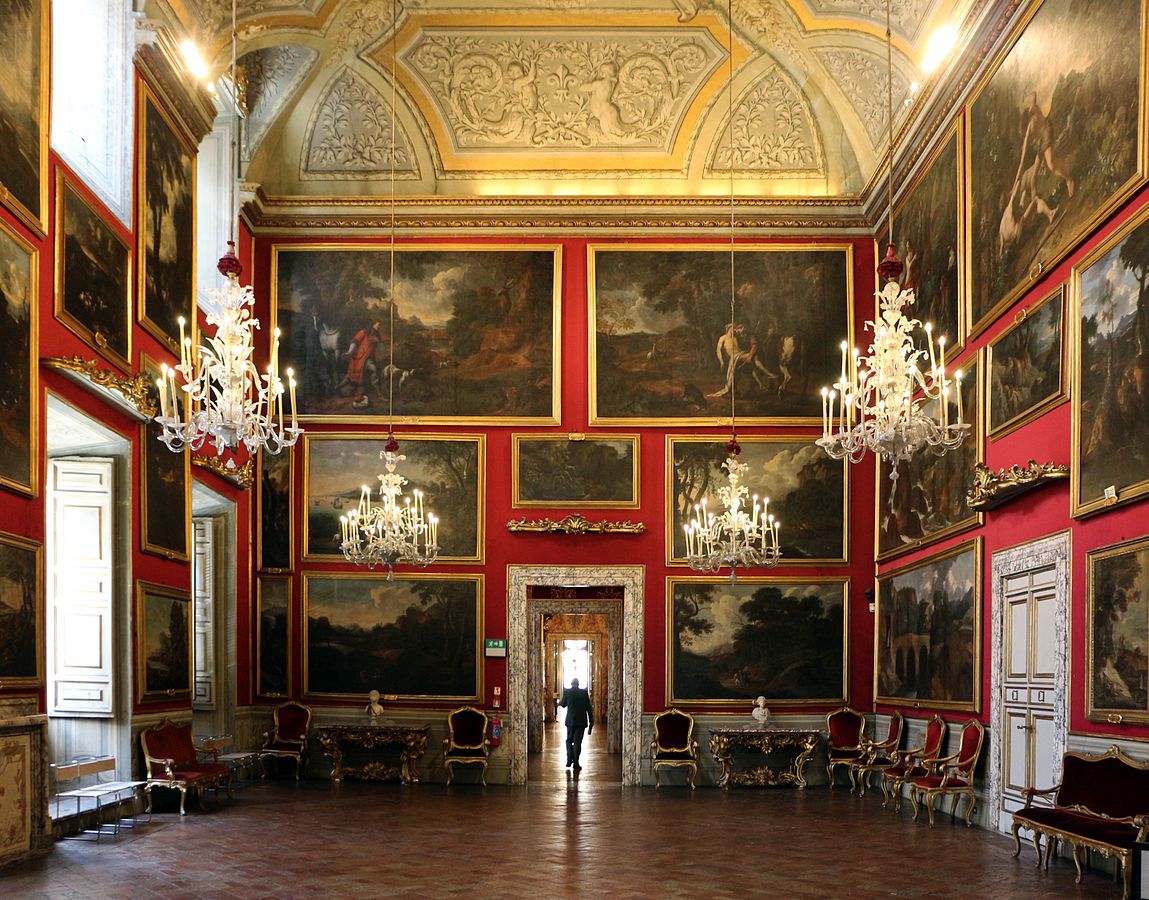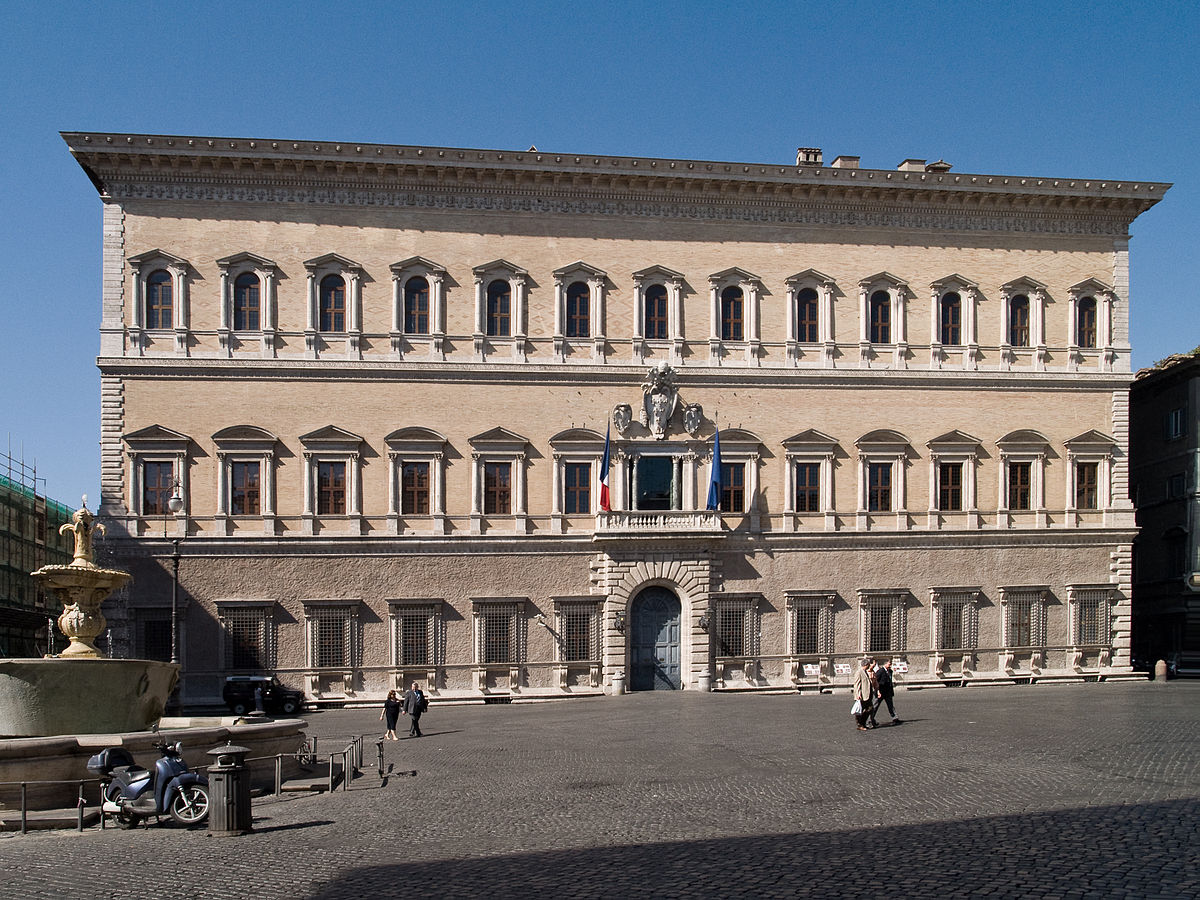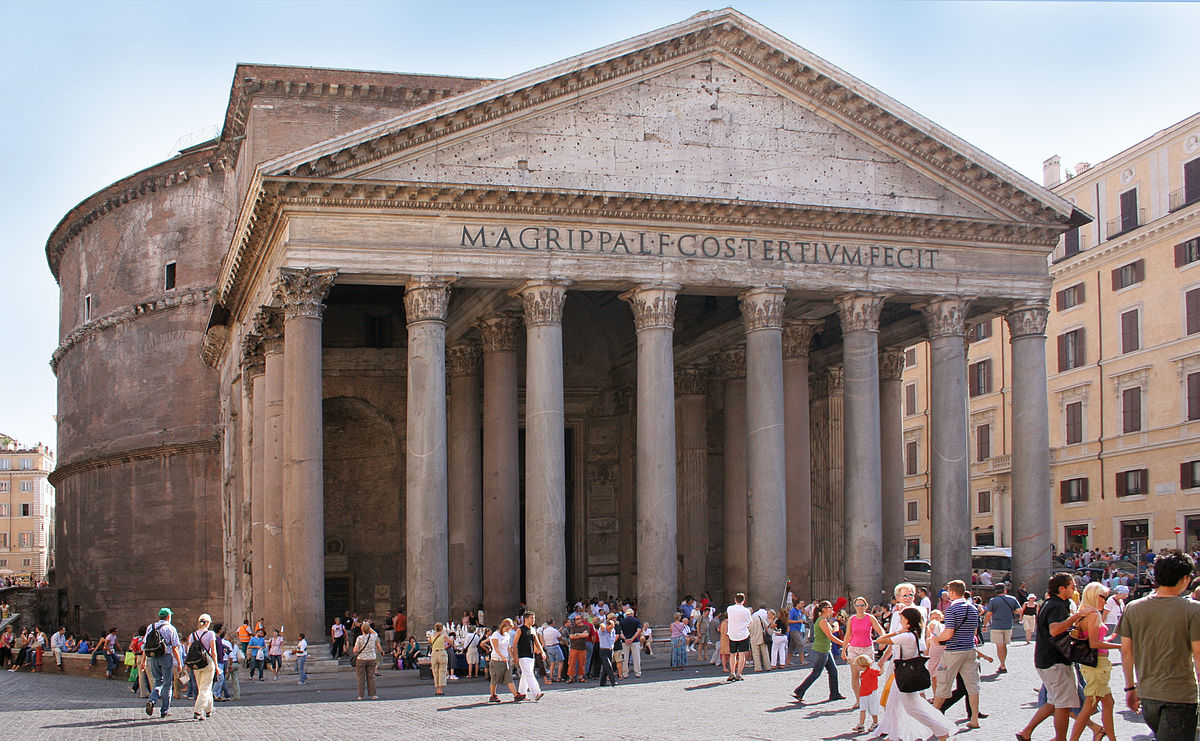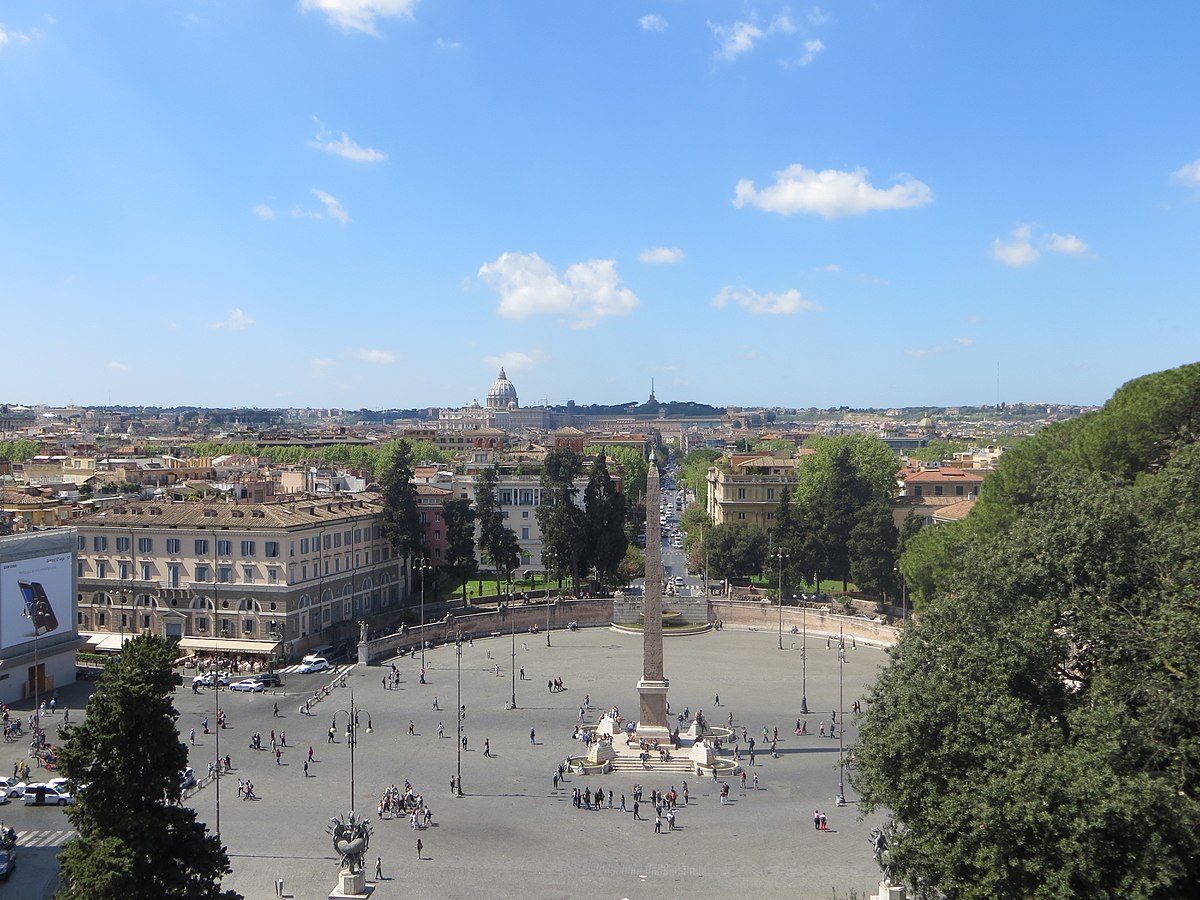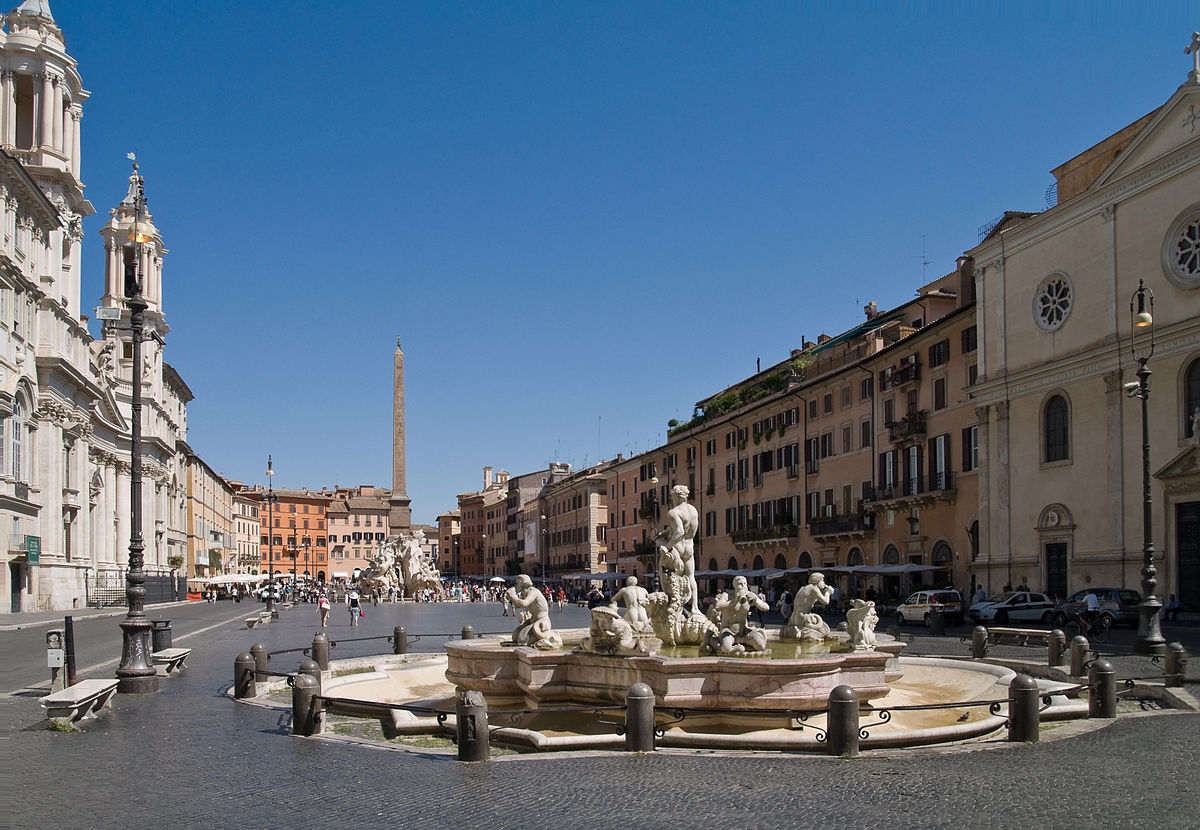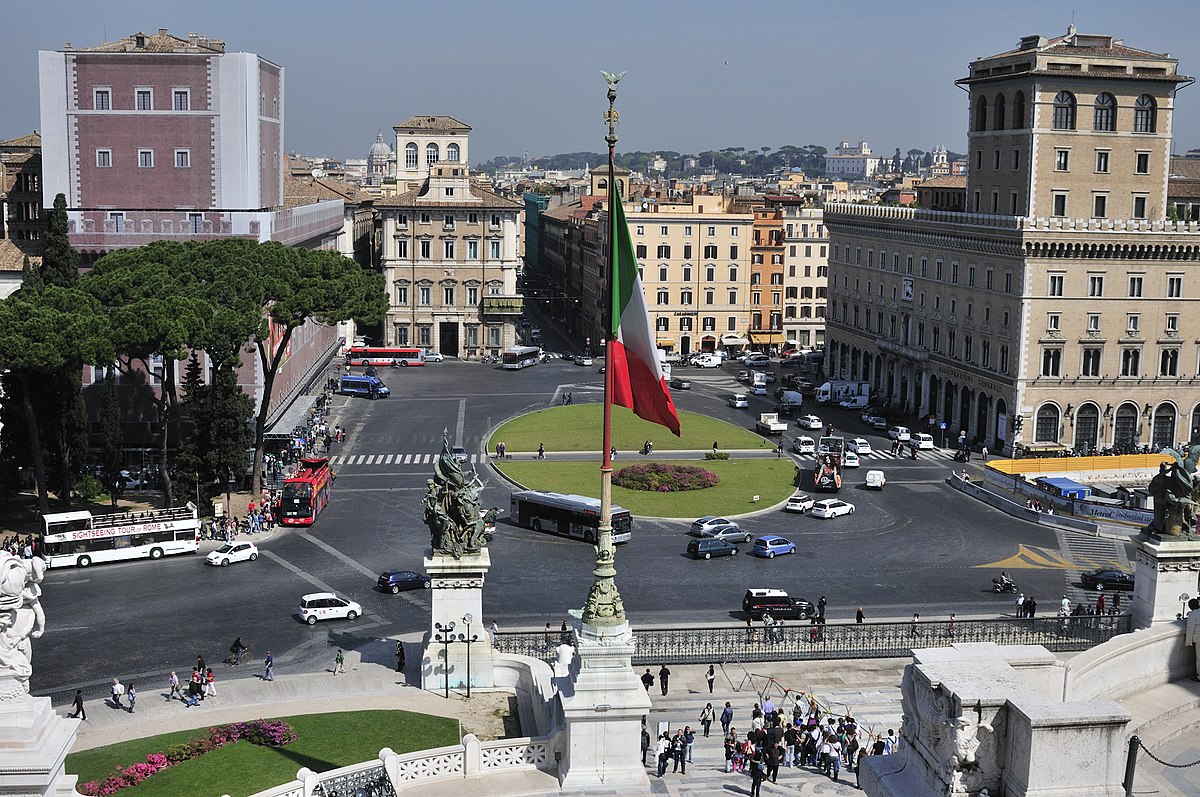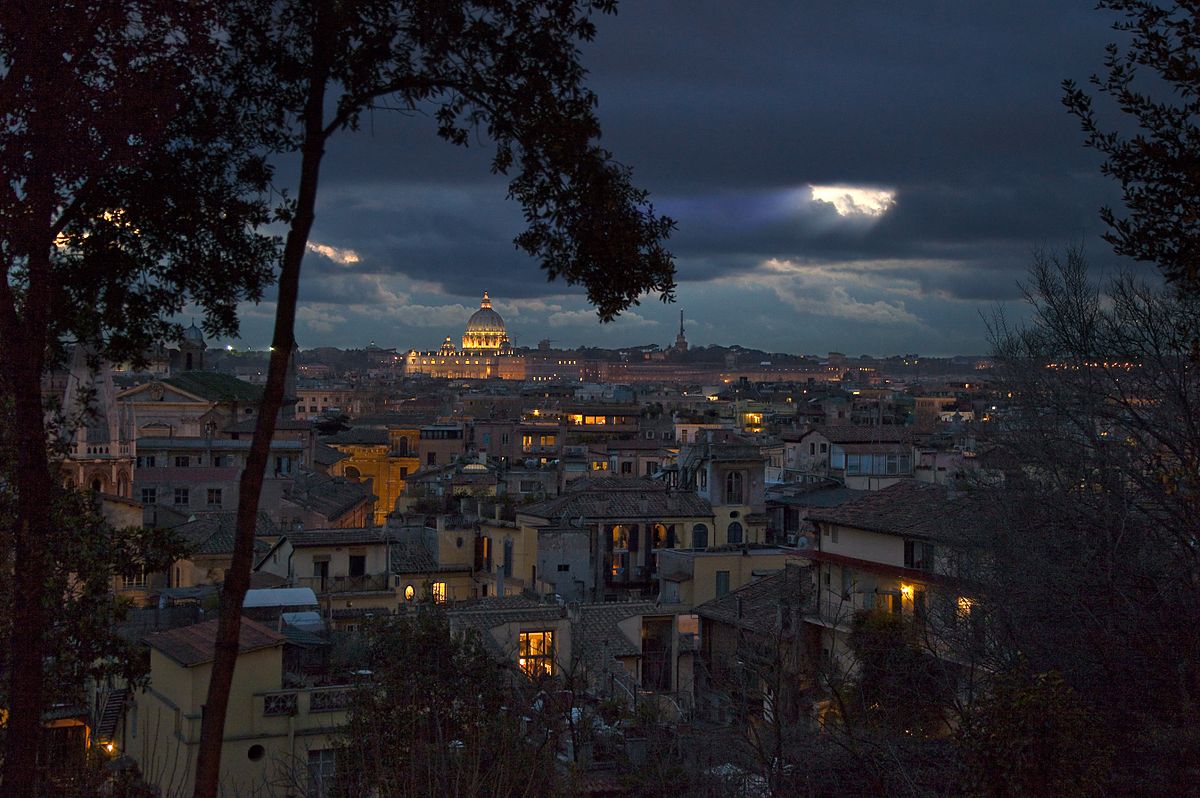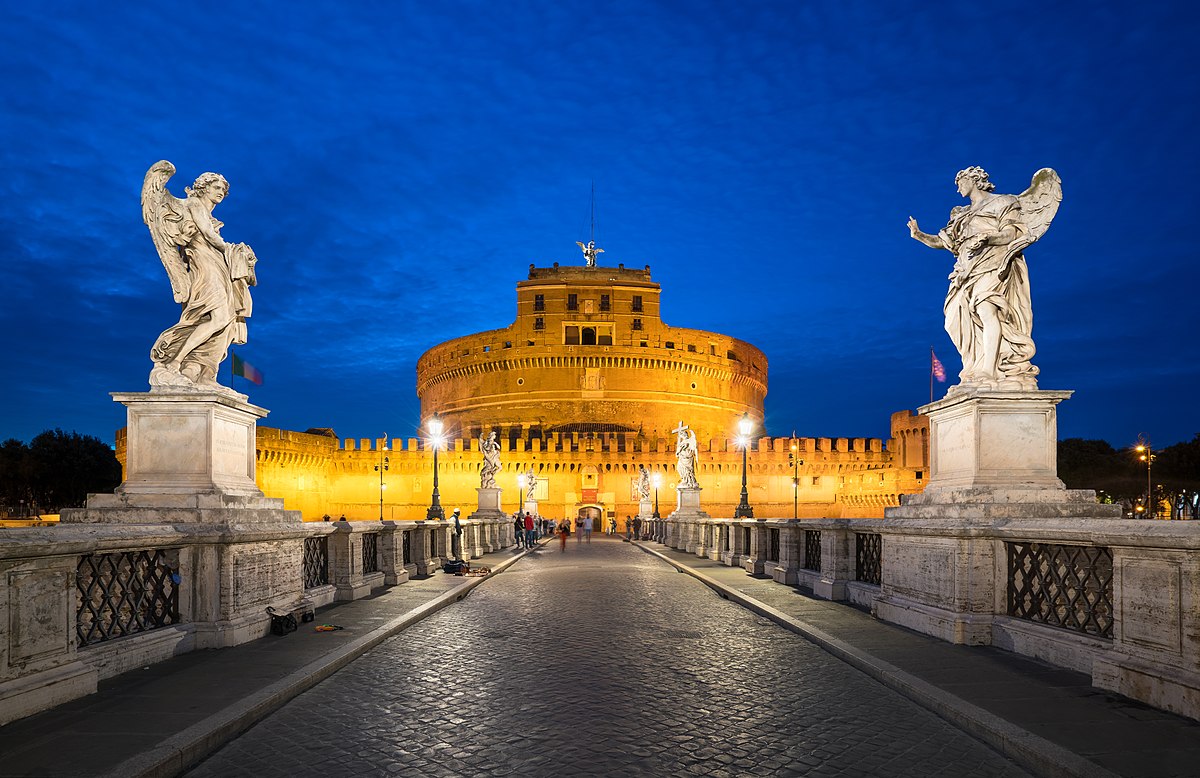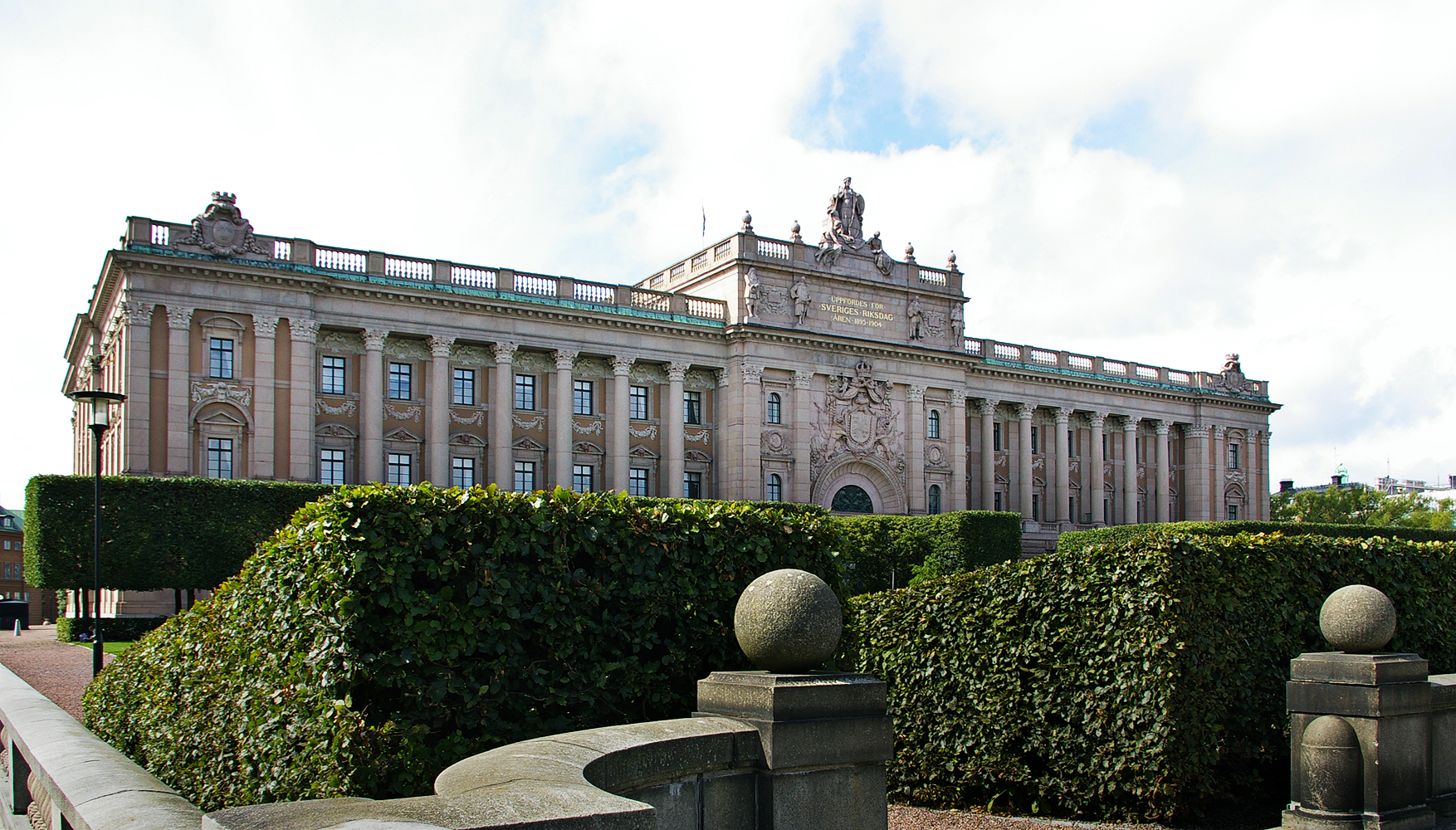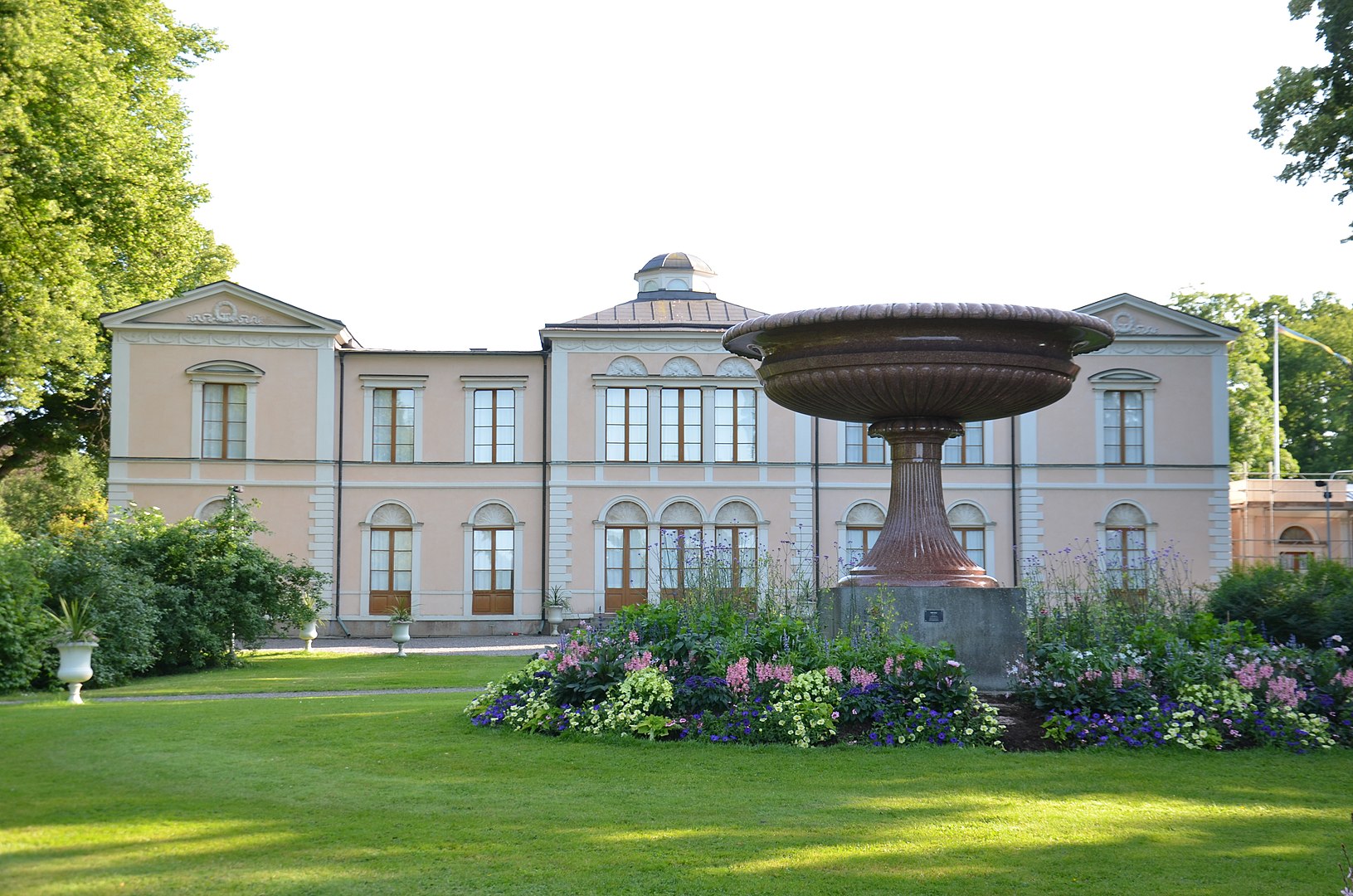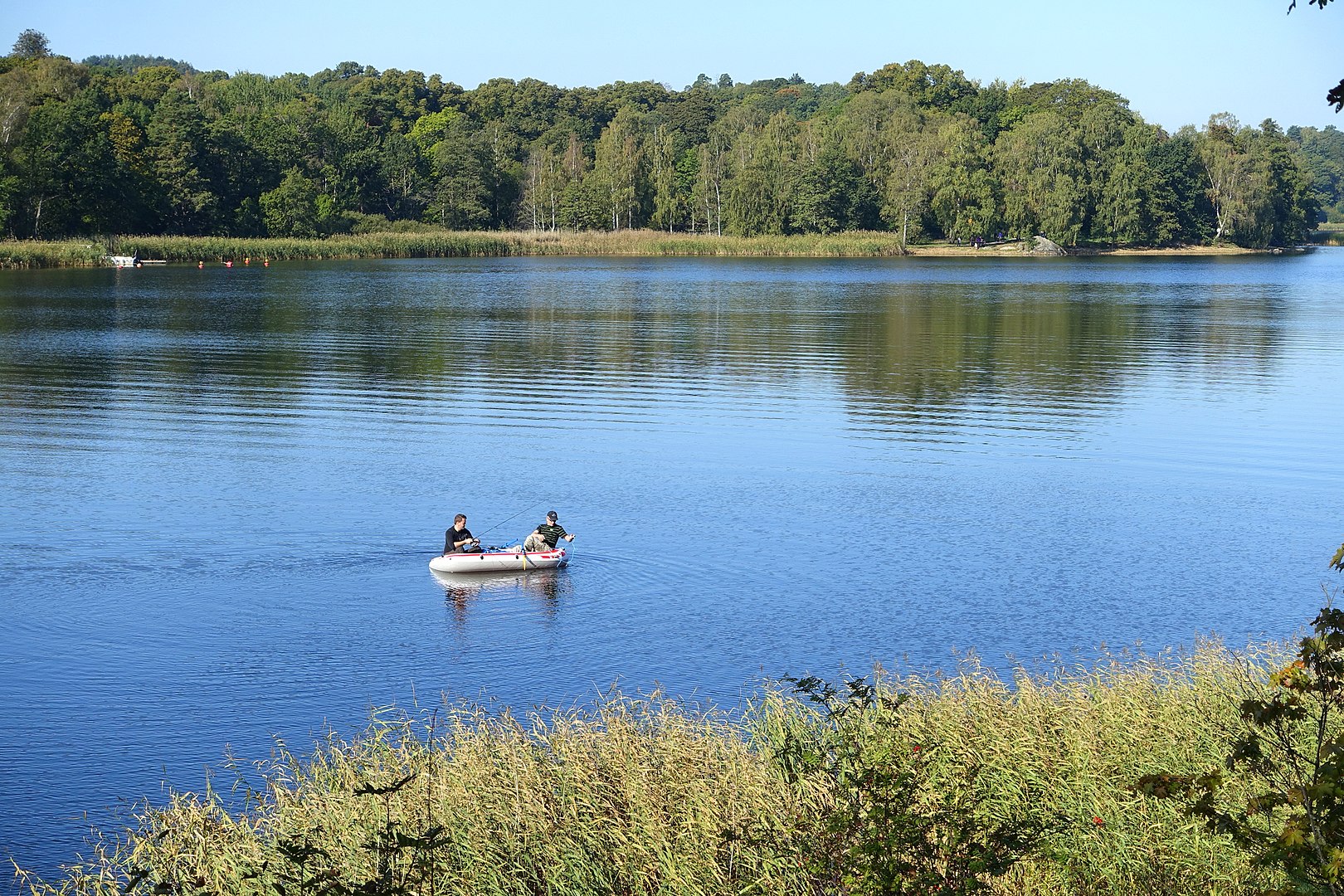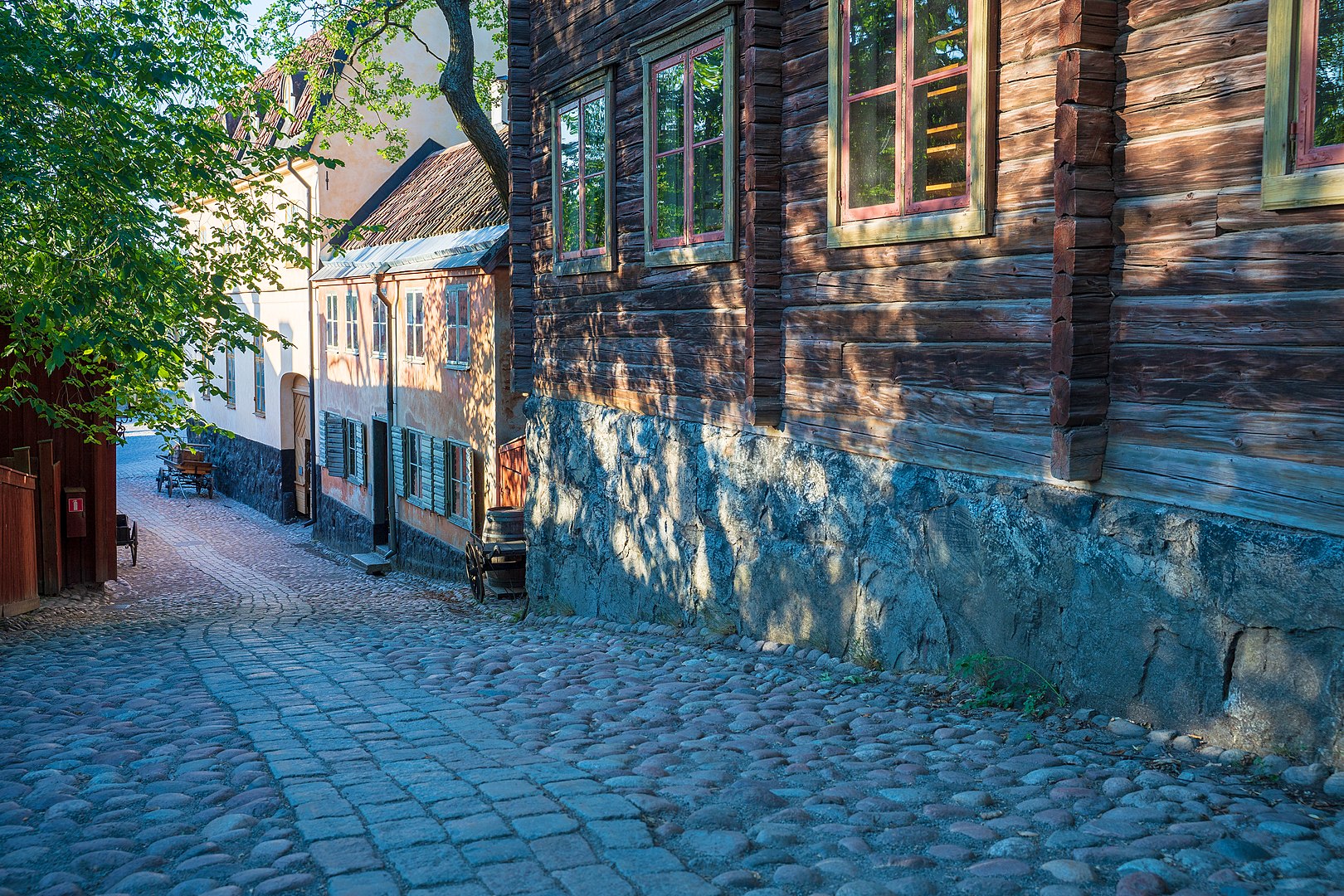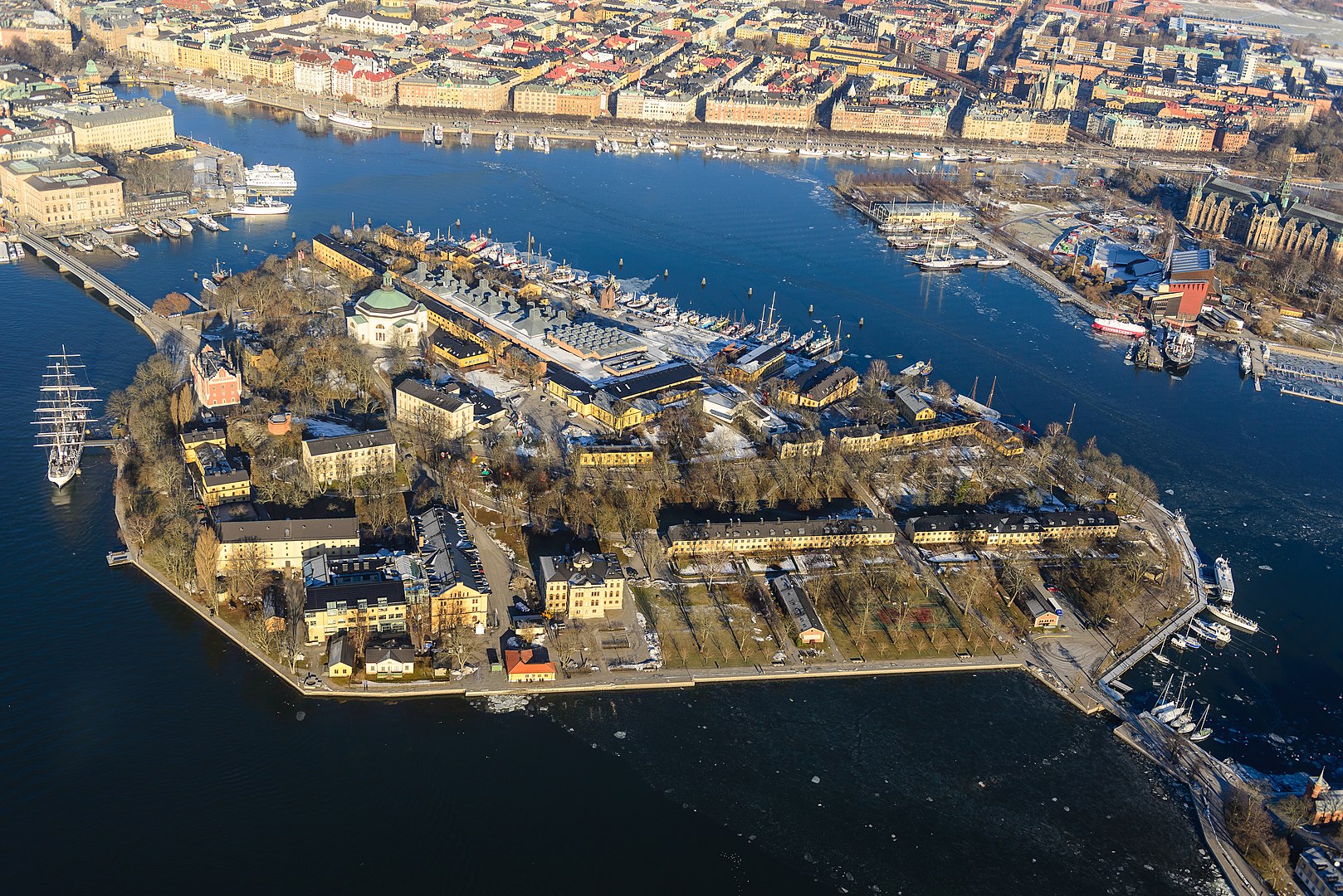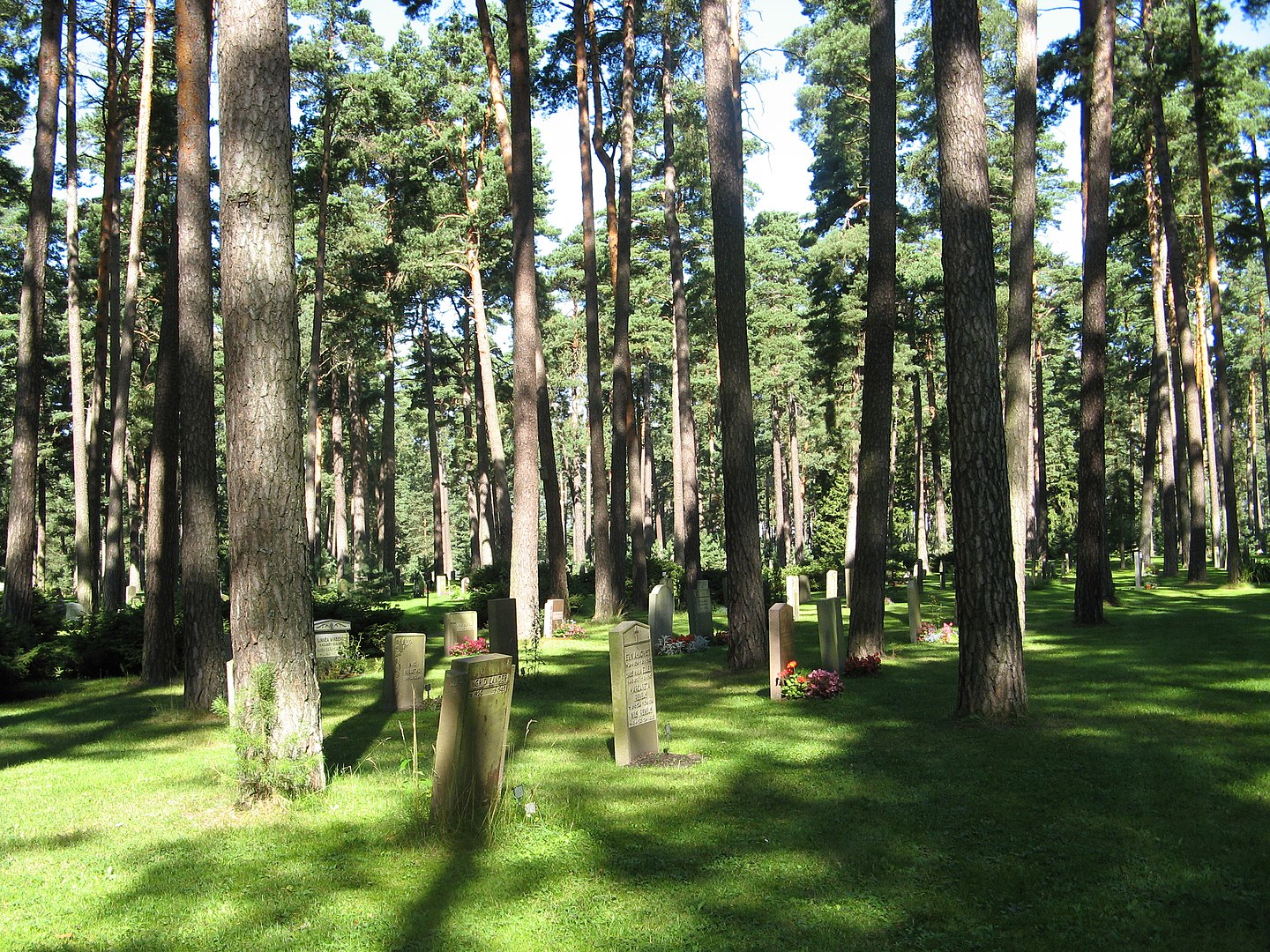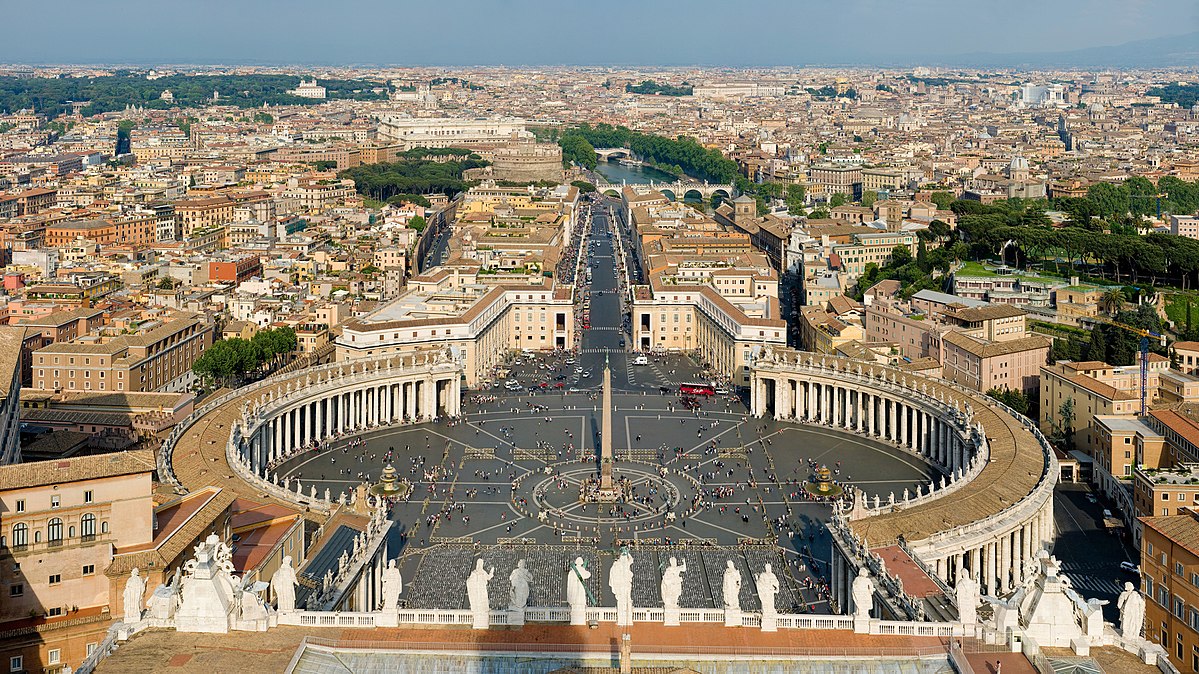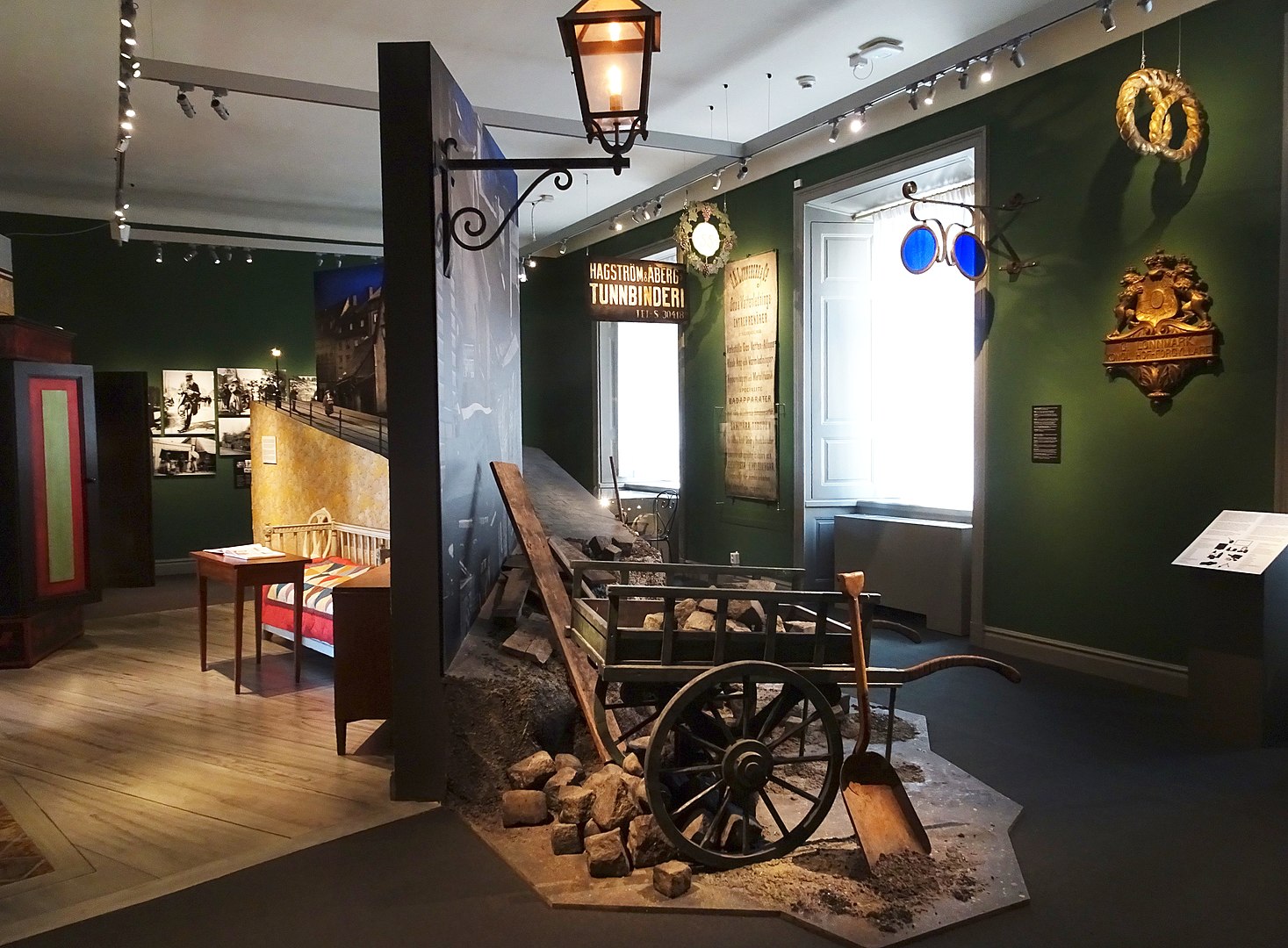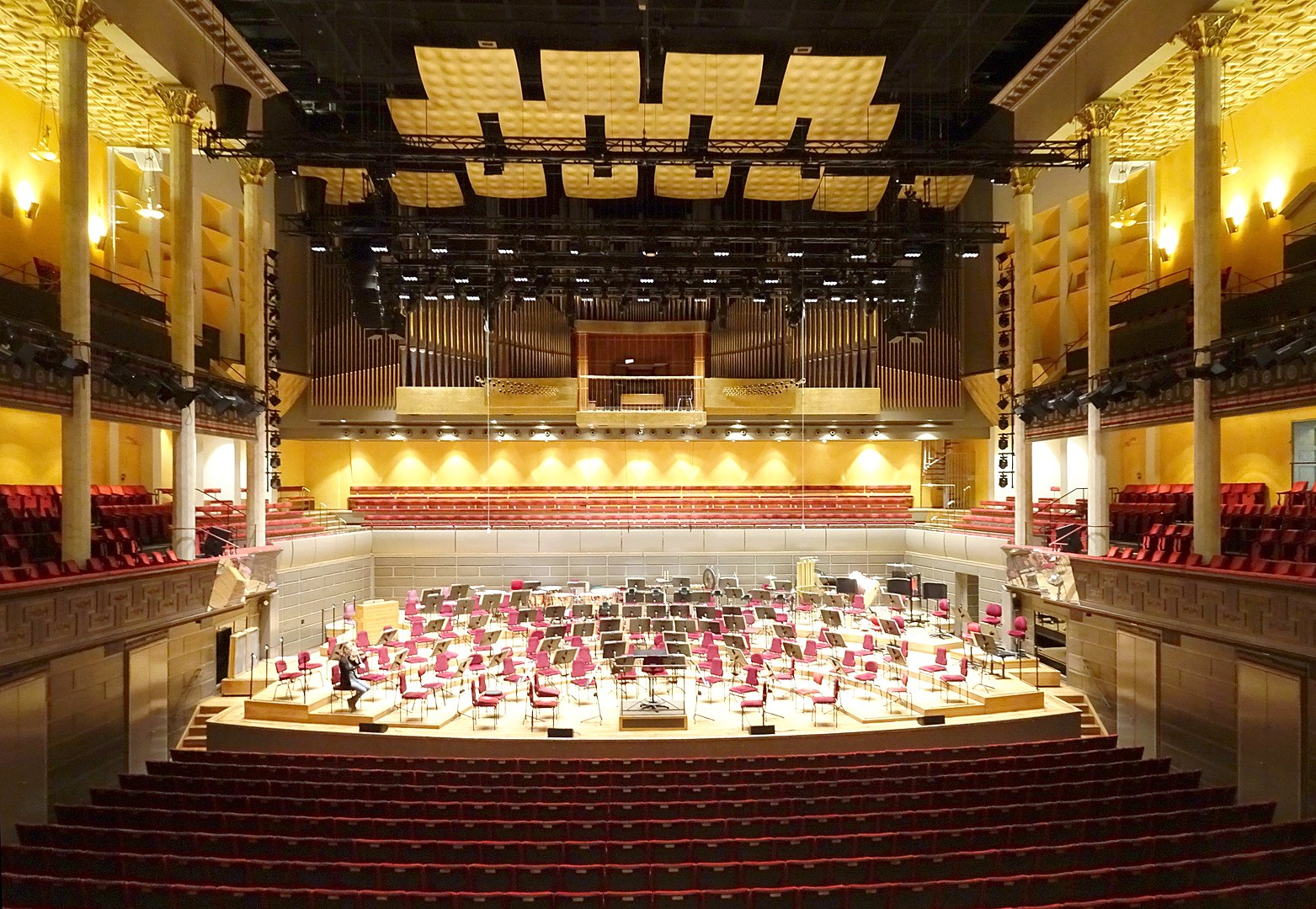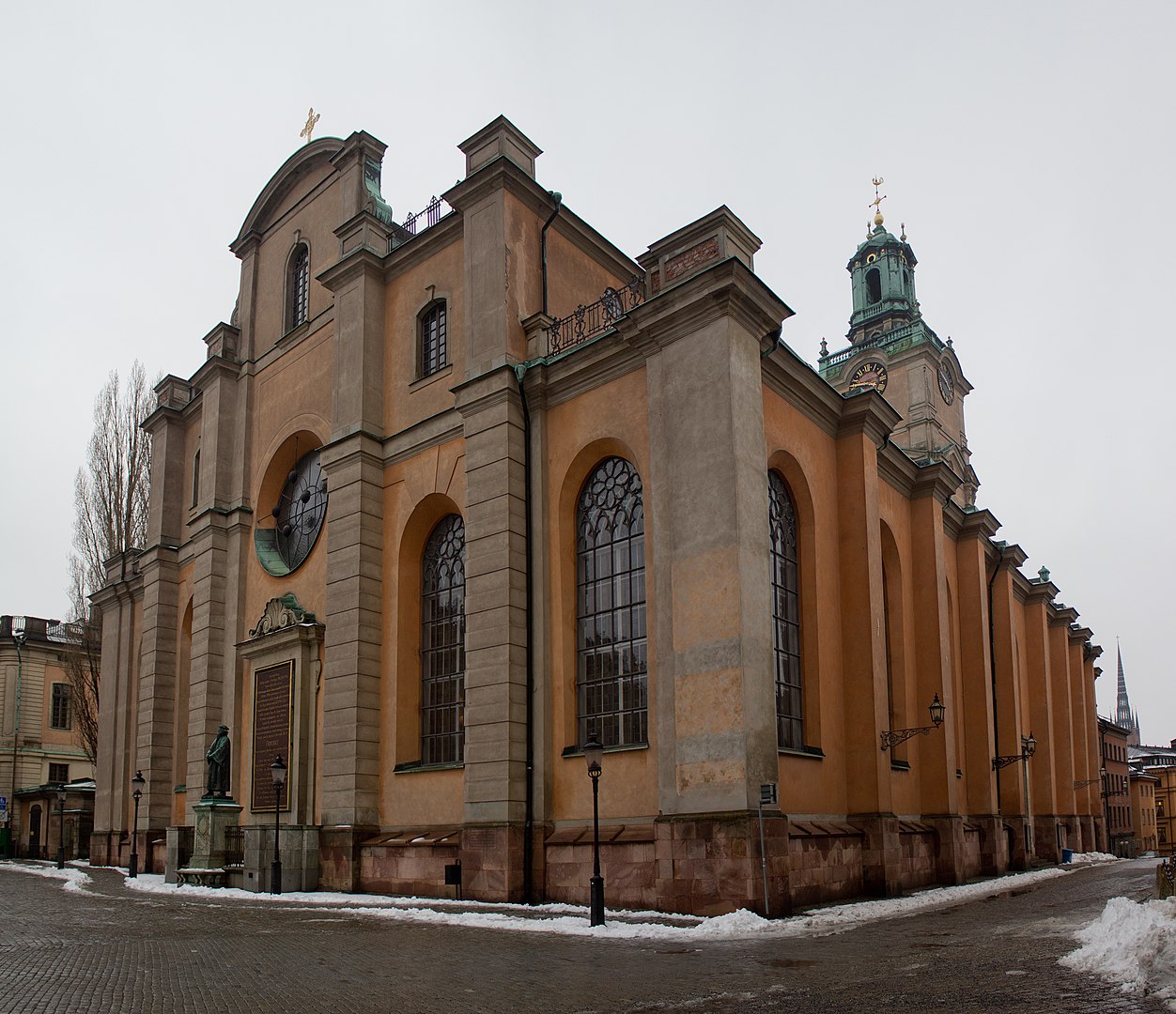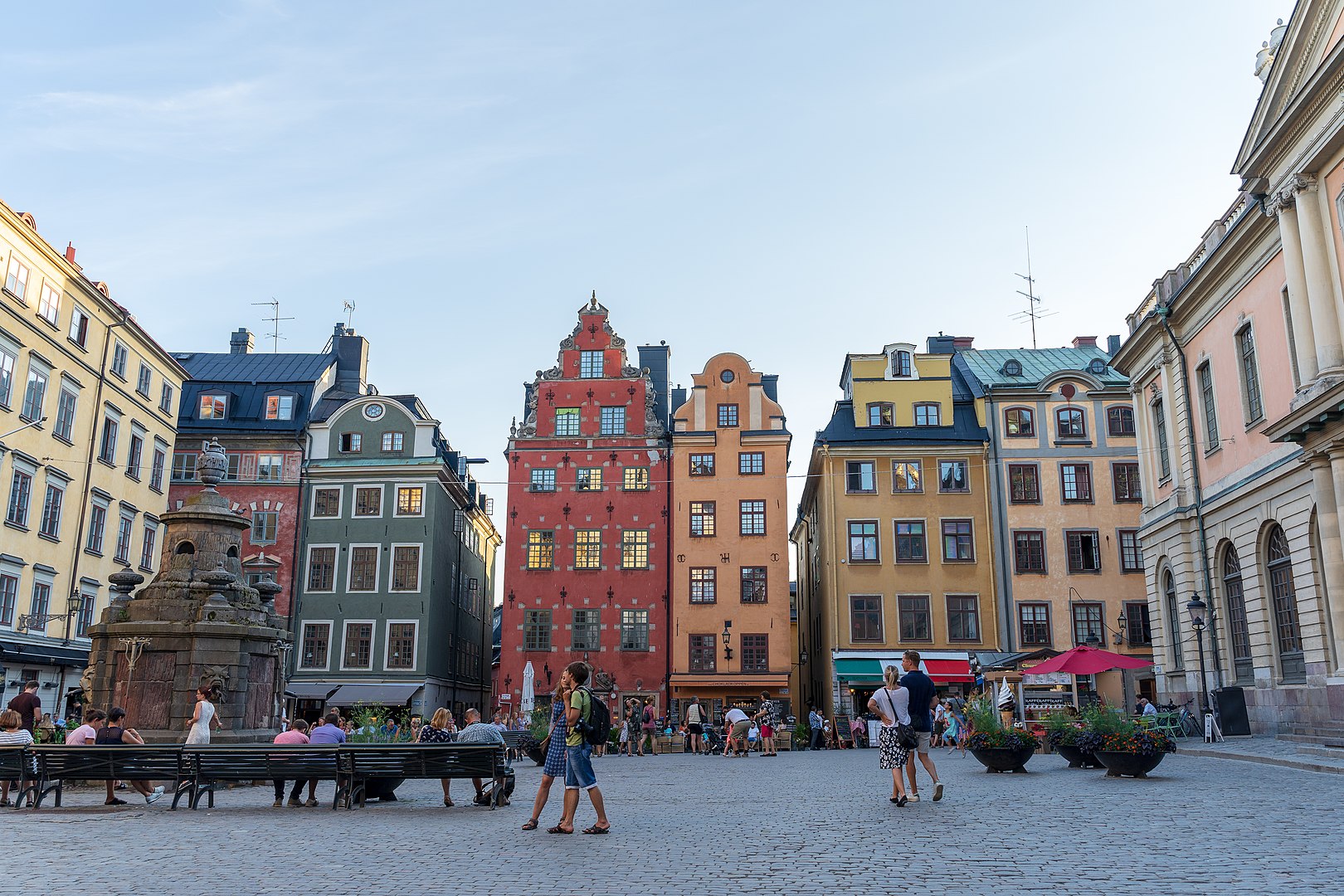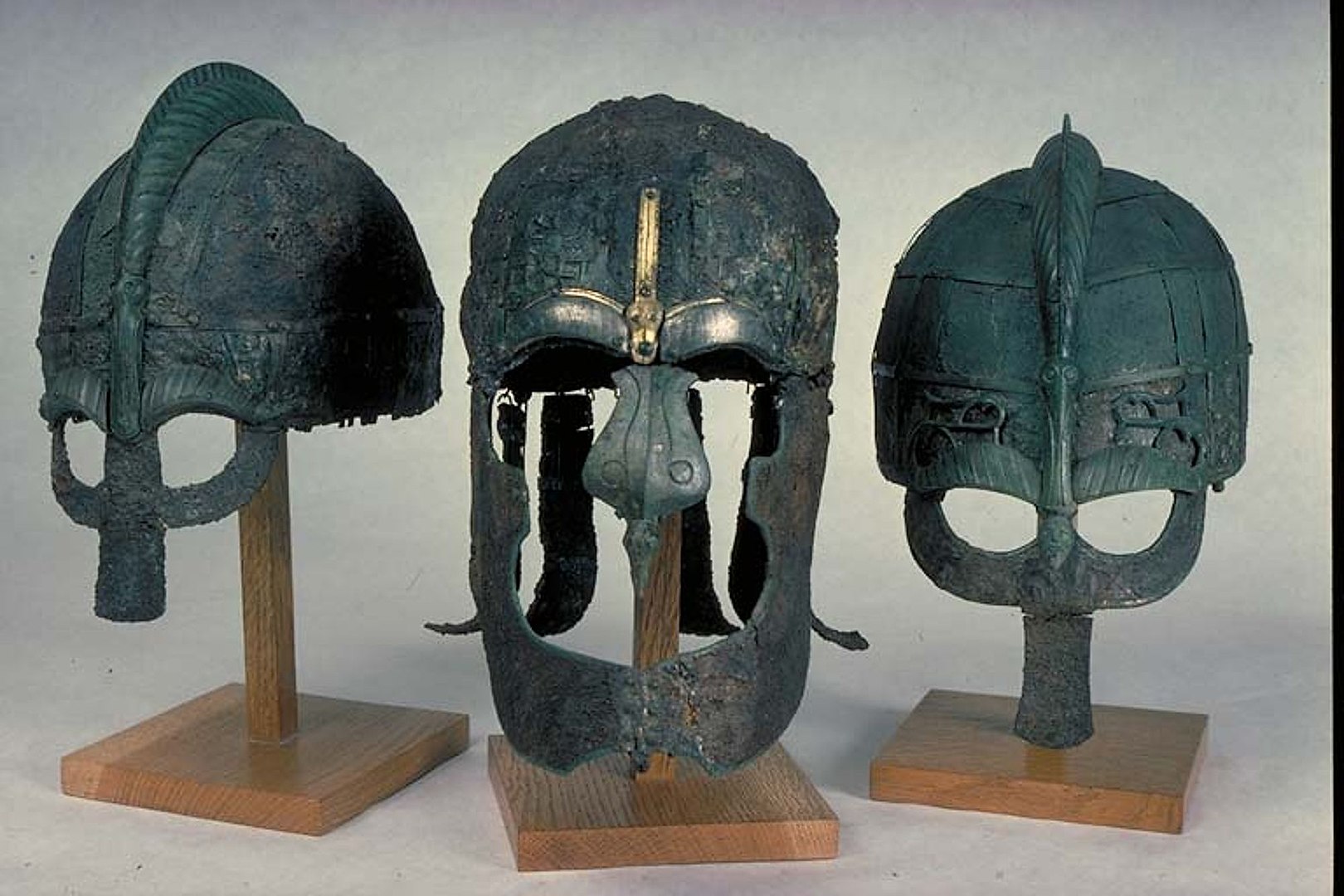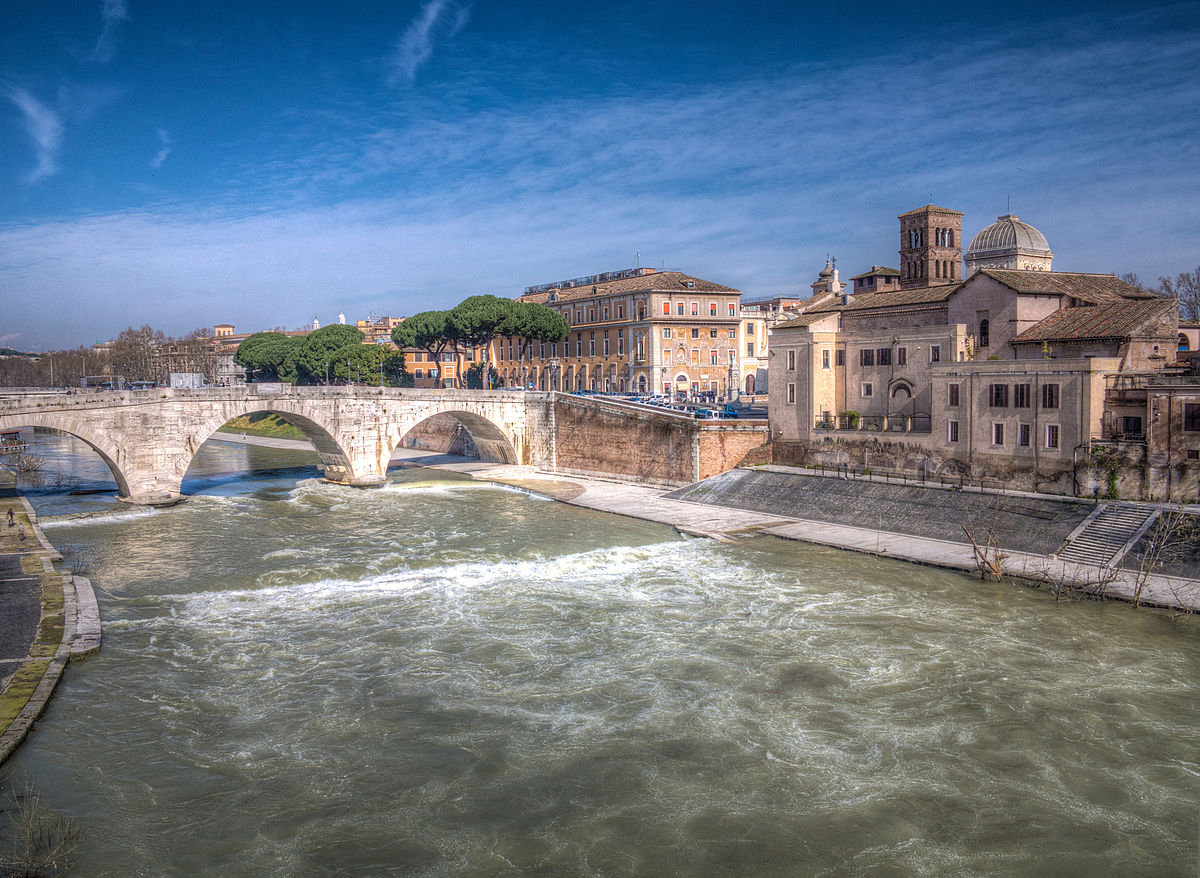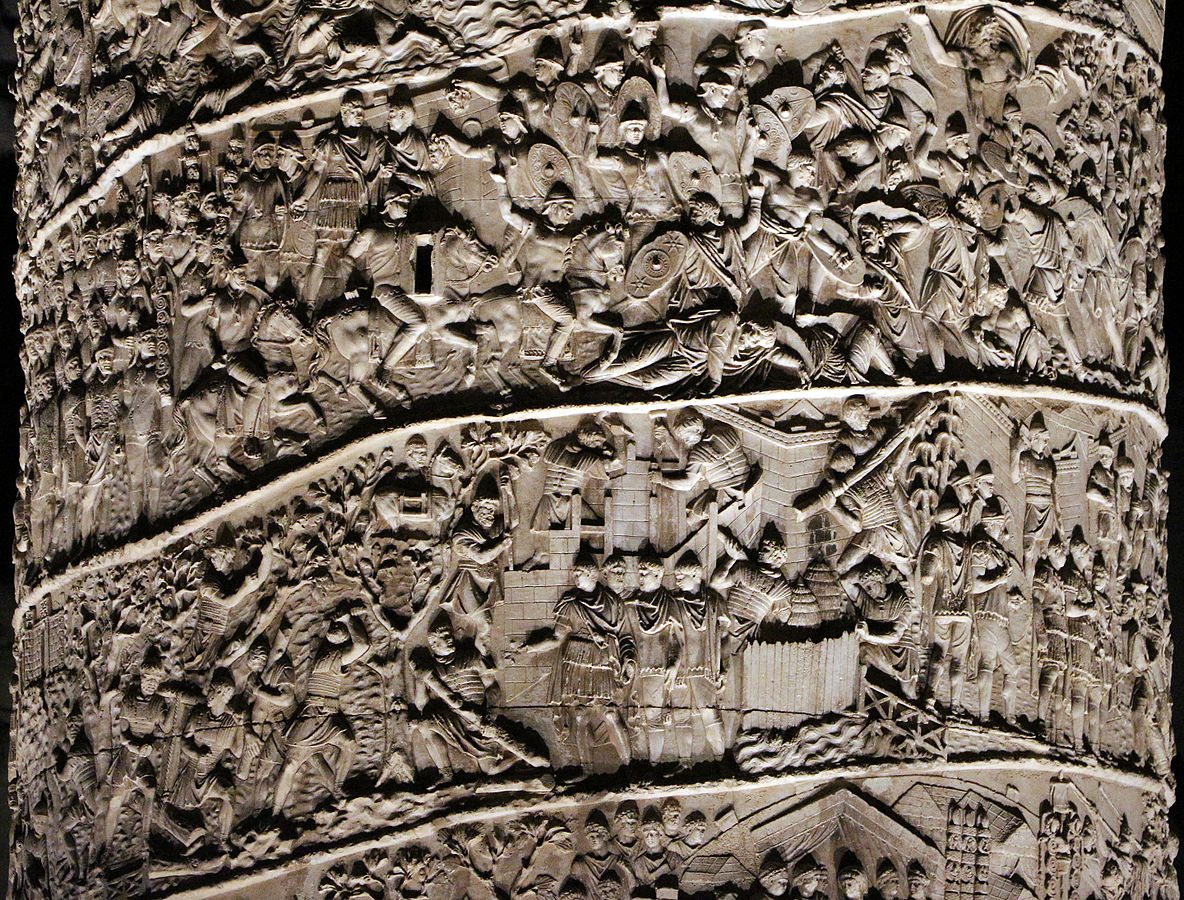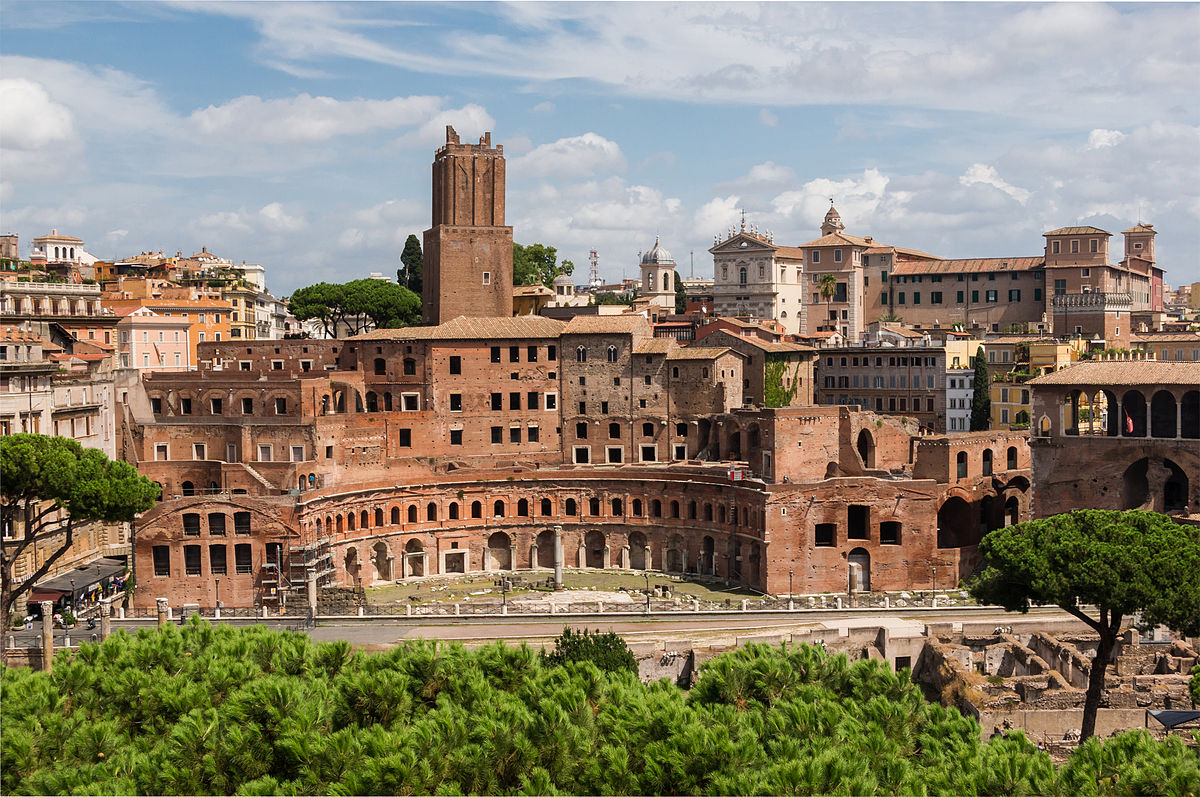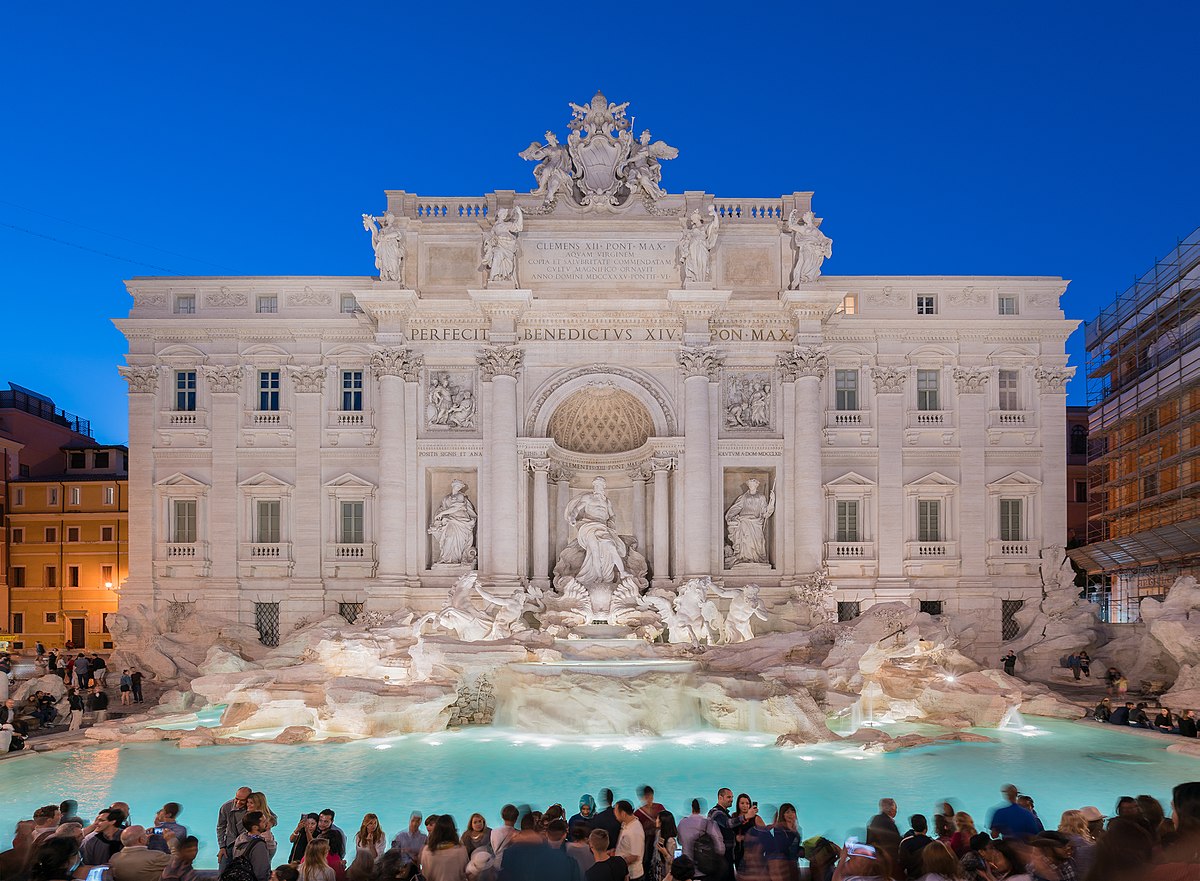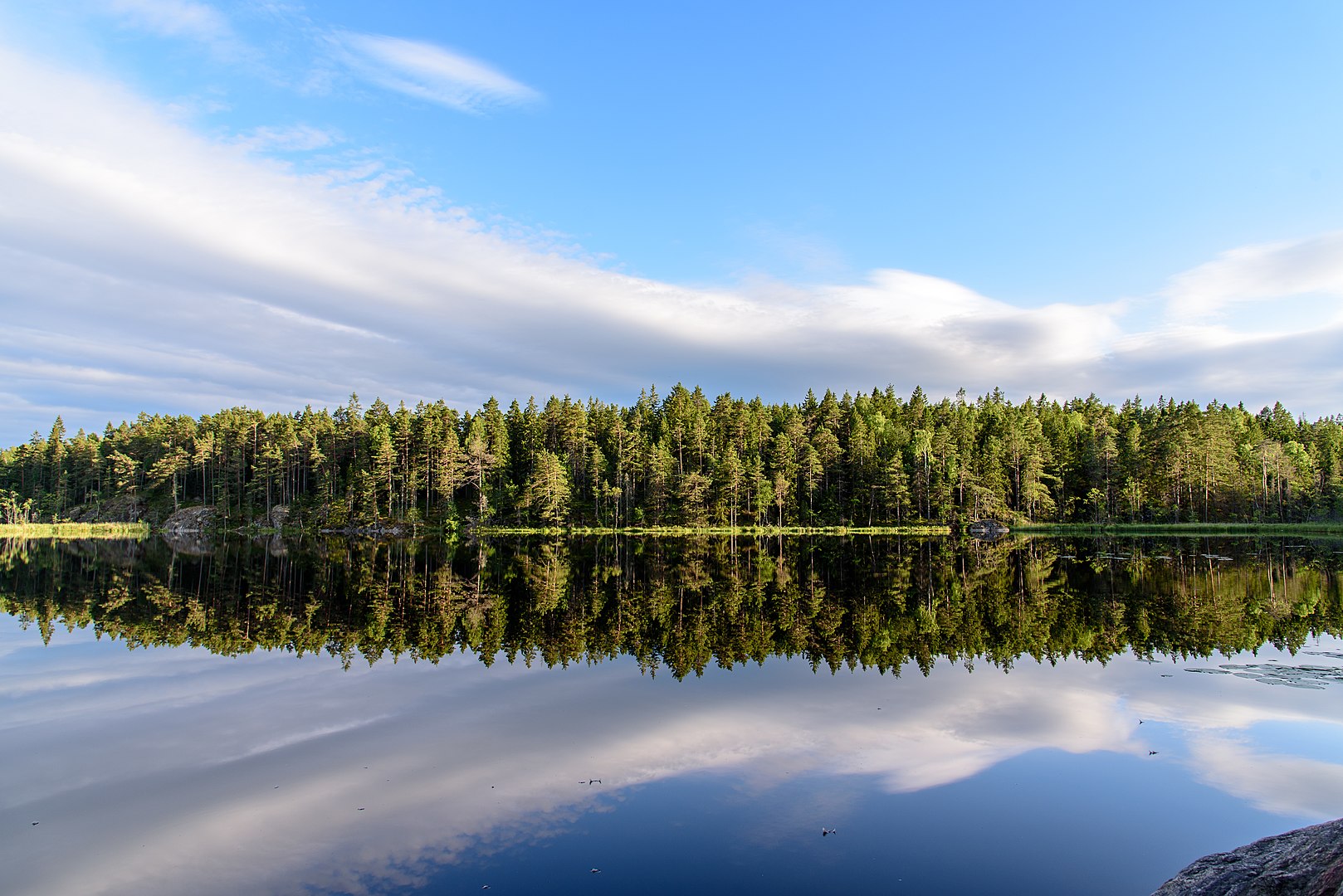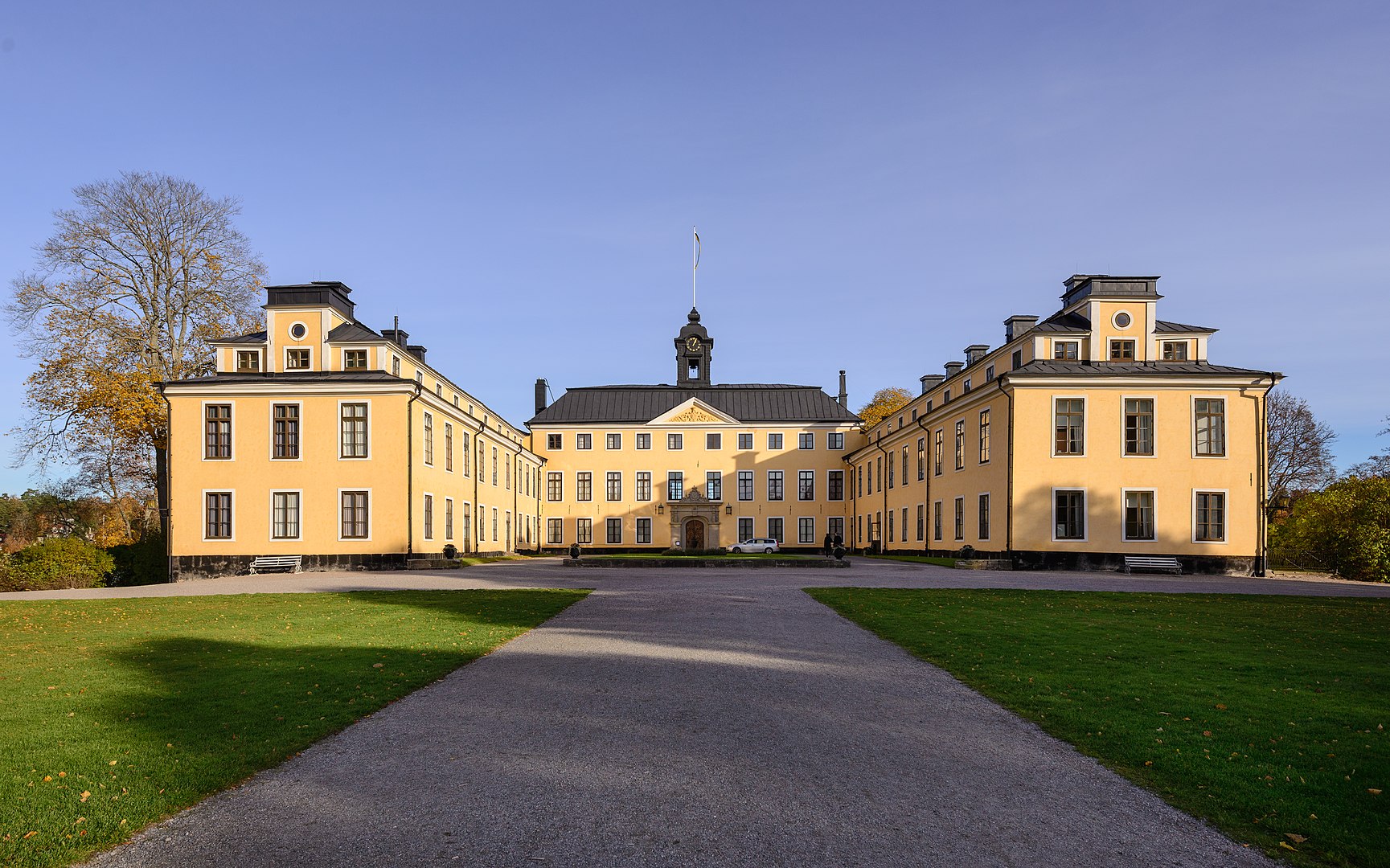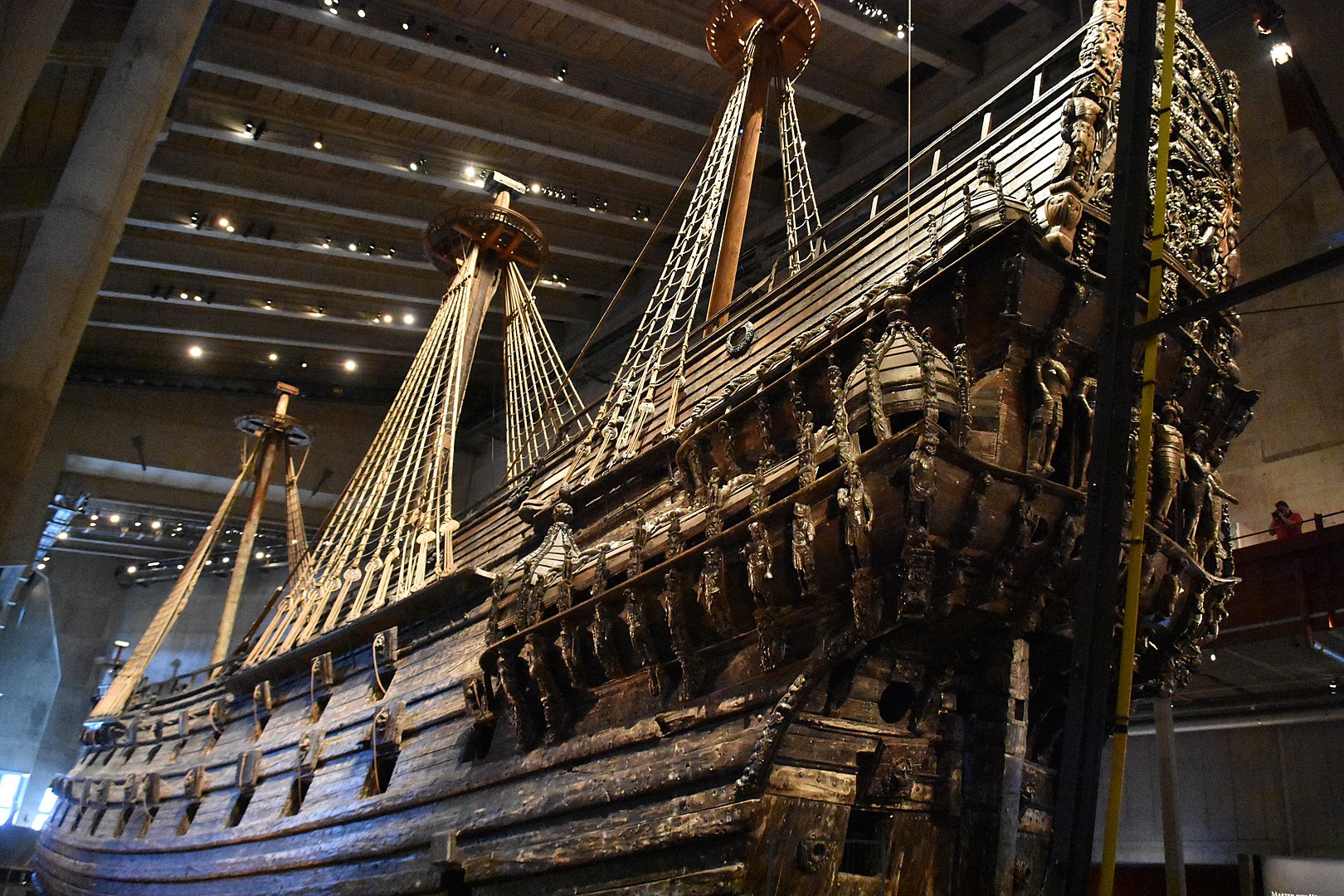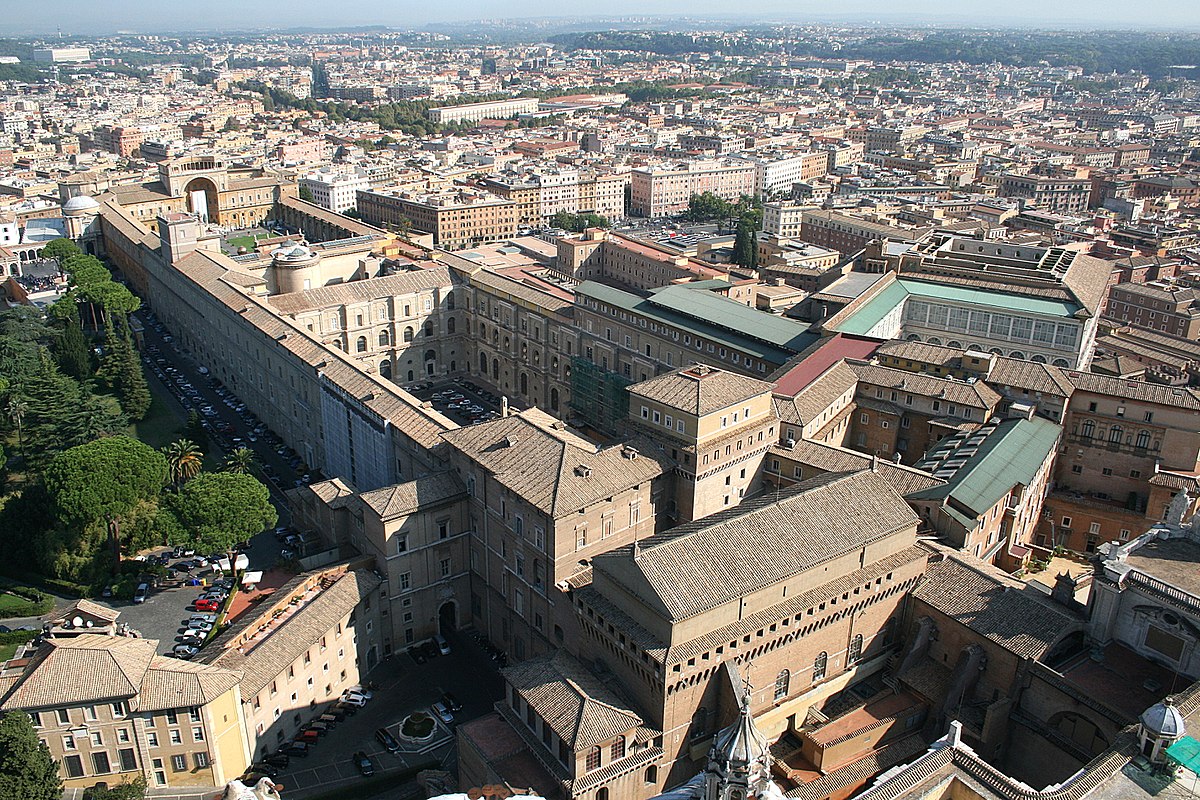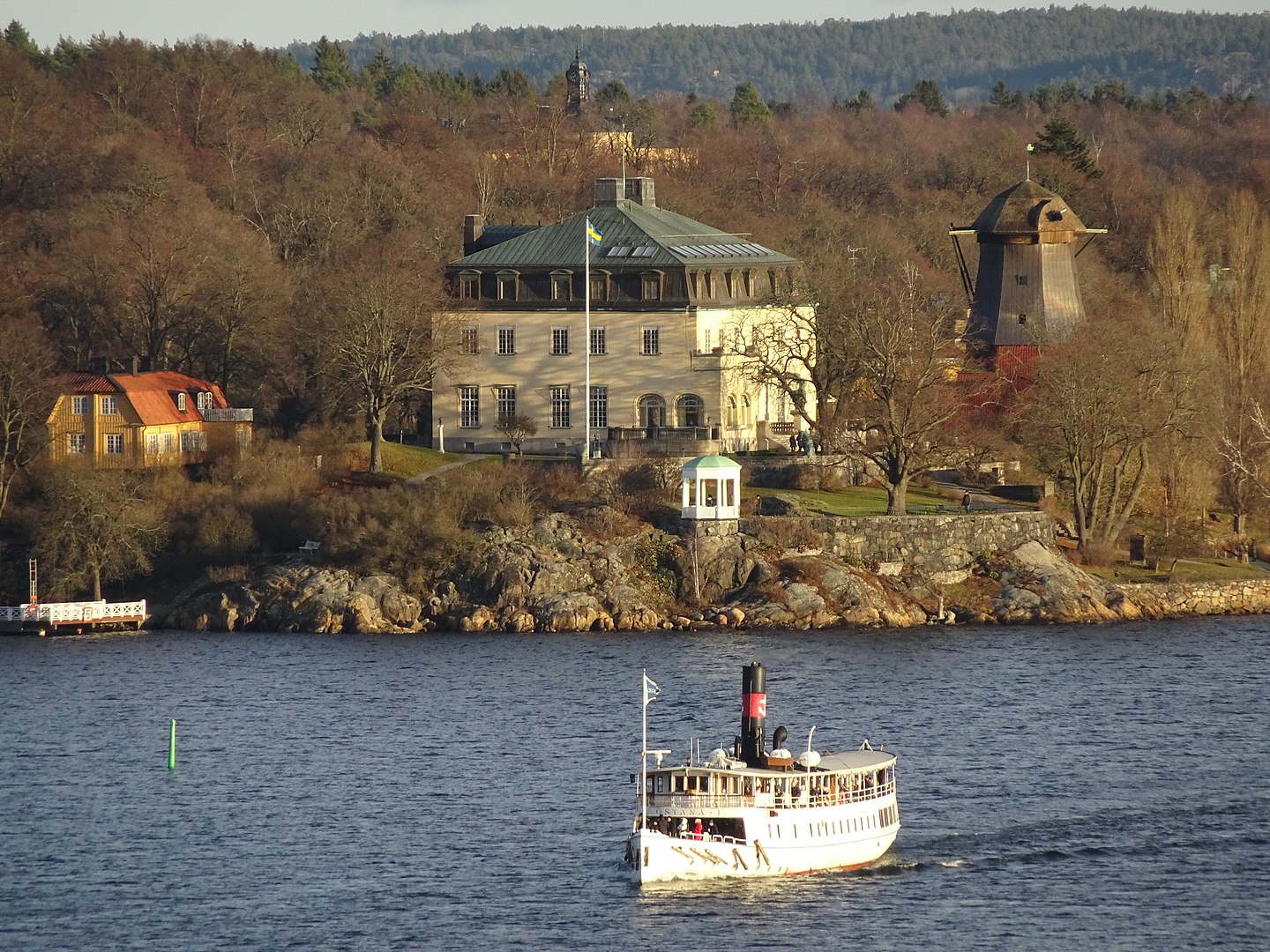ROME
Why is Rome worth a visit?
All roads lead to Rome. The Eternal City is definitely one of the places in the world that you must see (at least) once in your life. Ancient temples, triumphal arches and stadiums, baroque churches and palaces, charming squares with fountains and obelisks and world-class museums as far as the eye can see. There are so many reasons to visit the Italian capital that it’s really hard to limit yourself to just a few.
Here are our top 10 reasons to travel to Rome:
1. The Colosseum, St. Peter’s Basilica, the Sistine Chapel, the Roman Forum, Castel Sant’Angelo – Rome is home to some of the must-see sights in a traveler’s life.
2. In no other city in the world you can visit so many and so famous ancient sights as in the Eternal City.
3. Rome has history – a lot of history. History has been written in the Eternal City for over two thousand years.
4. In Rome you can eat really delicious food – and not only pizza, pasta and gelato.
5. Rome usually has good weather, which makes the beautiful city even more beautiful.
6. For Catholic Christians and pilgrims, Rome is the most important destination in the world. And the city is not only home to St. Peter’s Basilica, but several more of the most beautiful churches in the world.
7. In the middle of Rome the Vatican is located, probably the most extraordinary and worth seeing small state in the world.
8. Rome was built on seven hills and accordingly has many viewpoints to offer, from which you can enjoy a magnificent view of the city.
9. Rome has a unique flair. This can not be put into words, but you have to experience it yourself on the spot.
10. Rome has very beautiful surroundings. If you have a little more time, you should definitely see the surrounding area of the city.
For whom is Rome worth a visit?
Sightseers:
The Colosseum, St. Peter’s Basilica, the Sistine Chapel, the Roman Forum, Castel Sant’Angelo – Rome is home to some of the world’s best-known and most worthwhile monuments.
History buffs:
In ancient times, Rome was the undisputed center of the known world. In the Middle Ages, the popes helped determine the fate of Europe from here. If you are looking for history, you will find it on every street corner in Rome.
Architecture buffs:
In no other city in the world do so many architectural style epochs coexist as in Rome. Ancient sites have often been built over or integrated into other structures. Rome is a great architectural mishmash – but a beautiful one and with lots of flair.
Lovers of Roman art:
It goes without saying that in the museums of Rome you can see an incredible variety of evidence of Roman antique art and culture. In the Capitoline and Vatican Museums, the Galleria Nazionale d’Arte Antica and the National Roman Museum, lovers of Roman art can spend many days.
Fans of Italian cuisine:
If you like pizza, pasta and gelato, you will hardly be able to decide where to eat first in Rome. The choice of excellent restaurants, cafes and gelaterias is too great.
Believing Christians:
For Catholic Christians and pilgrims, there is no more rewarding destination than Rome. It is home to St. Peter’s Basilica, the three other papal basilicas of Archbasilica of Saint John Lateran, Saint Paul Outside the Walls and Santa Maria Maggiore, and three more pilgrimage churches.
Families and children:
And of course, Rome is definitely worth a trip even with children. They will not be enthusiastic about the many ancient ruins. But Rome also has plenty of “child-friendly” attractions. And the proverbial child-friendliness of the Italians is actually not an invention.
Best time to travel
The best months to visit Rome are spring and fall. Then the temperatures are much more pleasant than in summer and the city is not so crowded with tourists. In midsummer it can be scorching hot in Rome. But this has the advantage that many Romans themselves leave the city and the tourists have Rome more or less for themselves.
Getting there
By car:
Unfortunately, Rome is not just around the corner by car. From southern Germany, it takes a good 9 hours to get to the Italian capital. From Austria and Switzerland, the journey is usually a little shorter.
By train:
Rome’s main train station is Stazione Termini. This is also where all international connections arrive. From Germany you have to travel by train for at least 9 hours.
By plane:
Rome has two airports. Fiumicino is the city’s major international airport and also the hub of Italy’s national airline, Alitalia. From Fiumicino there are connections to Hamburg, Berlin, Düsseldorf, Cologne/Bonn, Frankfurt, Stuttgart, Munich, Vienna, Zurich, Basel and Geneva. Ciampino is Rome’s second and much smaller airport. From here, low-cost airlines depart for Europe. There are connections to Berlin, Cologne/Bonn, Frankfurt/Hahn and Nuremberg.
Shopping
Shopping in Rome is a lot of fun. Whether high-end brands, vintage stores or markets – in Rome there is simply everything and you can shop to your heart’s content. With the usually good weather in the Italian capital, strolling around is even more fun.
The most famous shopping street is Via del Corso, which stretches for 1.5 kilometers straight through the center of the city from Piazza del Popolo in the north to Piazza Venezia in the south. There you can find all the big fashion chains, like H&M, Zara, Adidas and Nike, but also many cosmetic stores. But H&M and Zara are certainly not the main reasons for a shopping spree through Rome. Rather, shopping queens (and kings) should explore the area around Piazza di Spagna, because that’s where Italian alta moda (= haute couture) is at home. Especially in the prominent nobile shopping street Via dei Condotti, you’ll find the who’s who of Italian fashion brands from Armani to Versace and from Gucci to Zegna.
In the adjacent Via del Babuino, expensive fashion designers mix with antique stores, lamp and furniture design. The cross streets such as Via Mario de’ Fiori or Via Bocca di Leone should not be left out either, as you will find many small, fine women’s and men’s outfitters there. An elegant, neoclassical shopping gallery that you should at least have seen is the Galleria Alberto Sordi at the corner of Via del Corso/Via del Tritone.
Two other areas where you can find a good selection of (clothing) stores are the streets between Piazza Navona and the banks of the Tiber River and the area around Campo de’ Fiori, such as Via dei Giubbonari and Via del Governo Vecchio. On the other side of the Tiber, where the Vatican is located, you can also shop quite well, for example between the renowned Via Cola di Rienzo and Via Ottaviano.
If you are looking for vintage and second hand stores in Rome, you will find them in the neighborhood around Via del Boschetto. Almost every weekend there is a flea market somewhere in the streets of Rione Monti. Rome is a city of markets anyway. To enumerate the many great food markets is an impossibility. Therefore, we want to limit ourselves to all the other markets. Every Sunday the big flea market Borghetto Flaminio takes place on Piazza delle Marina. A trip to this probably most beautiful flea market in Rome is always worthwhile. For those interested in antique books, the Mercato dell’Antiquariato di Fontanella Borghese is the place to be. This book market is held in Piazza Borghese and is open every day except August. And then there’s the Porta Portese market in Piazza di Portaportese, located south of downtown on the west bank of the Tiber River. It offers mostly clothing, books, home electronics, souvenirs, and antiques as well. Except for food, there seems to be almost everything here. However, it is only open on Sunday mornings.
If you are looking for larger shopping center, you have to go out of the city. Around Rome, there are quite a few centers along the highways. The largest are Parco Leonardo just outside Fiumicino Airport, Euroma 2 on Via Cristoforo Colombo toward Ostia, and Porta di Roma in the northeast of the city.
There are also two outlet centers in the south of the city. The Outlet Village Castel Romano is located on Via Pontina halfway to Pomezia. The Cinecittà World theme park is also located there. The Valmontone Outlet is located on the highway to Naples, Valmontone exit, next to the Rainbow Magicland theme park.

Food and drink
Food is not only a passion in Italy, but an institution. Accordingly, the Romans are also true connoisseurs when it comes to food. While the Roman/Italian breakfast is usually quite meager and limited to a cornetto (croissant) and a capuccino, lunch and dinner are celebrated as warm meals. The tradition of several successive courses, which was common in the past, has now been relaxed and tourists no longer stand out unpleasantly if they do not order a primo (appetizer), secondo (main course) and a dolce.
The fact that you can eat really well in Rome with the descendants of the legendary Lucius Lucullus doesn’t really need to be mentioned. After all, Marcus Gaius Apicius, the oldest cookbook author in the world (a Roman, of course), listed over 100 different spaghetti sauces as early as the 1st century AD. The assumption that in no other city in the world can you eat pasta as well as in Rome is therefore not so far-fetched.
When choosing a ristaurante, trattoria or pizzeria in Rome, you are spoiled for choice. A small tip may help at this point: Since Rome is an extremely crowded city, the number of so-called tourist traps is correspondingly high, where you get poor quality at a premium price. Often these places are located in the immediate vicinity of the main sights. So it is a good idea in Rome to walk a few meters further or turn off into a side street and look around for a place to eat. Most of the time, you are no longer sitting between Americans and Chinese, but between Romans. And that is good for both the quality of the food and your wallet.
Nightlife and entertainment
When the sun goes down in Rome, the day is far from over for most Romans. Because when it gets dark and the temperatures in the evening are a little more bearable, especially in summer, life in the Eternal City really gets going. And as it is usual in Italy, life takes place in the streets – or more precisely in the city squares.
Campo De’Fiori is a very charming square and accordingly the bars and restaurants are crowded every evening. Piazza Navona is also one of the evening crowd pullers in the center of Rome. The venues in the piazza are quite touristy, but if you turn into one of the side streets, you will immediately encounter many locals. Finally, the area around Piazza Navona has some chic and good wine bars and restaurants that are also popular with the Romans themselves.
Another area where Rome’s nightlife is buzzing is San Lorenzo. Due to its proximity to La Sapienza University, you’ll mostly find students and young people here. Like San Lorenzo, Pigneto is also one of the most popular nightlife districts in the city. In recent years, Pigneto has become one of the most chic and lively areas of Rome. New restaurants, pubs and bars have sprung up like mushrooms. The many bookstores and galleries additionally provide an artistic-intellectual atmosphere. The Trastevere district on the other side of the Tiber is also known for its many restaurants and bars. And last but not least, the Testaccio neighborhood is a must for all party and dance enthusiasts. Testaccio is the club area of Rome where the party starts after midnight. The neighborhood’s many clubs and discos cater to just about every musical taste.
Finally, one feature that most visitors to the Italian capital would not expect is the city’s many Irish pubs. The high concentration of Guinness pubs can perhaps be explained by the large number of American students and tourists in Rome.
Sights
- All in Rome
- Alle in Stockholm
- Beaches
- Bridges
- Castles & Palaces
- Churches & Monasteries
- Districts
- Gardens & Parks
- Highlights
- Historical buildings
- Museums & Galleries
- Natural landscapes & National parks
- Other sights
- Shopping
- Streets & Squares
- Theater & Opera houses
- Theme & Amusement parks
- Viewpoints
- World Heritage Sites
- Zoos & Aquariums

Photos: Ankurgupta208, Colosseo, CC BY-SA 3.0 / Bert Kaufmann from Roermond, Netherlands, Foro Romano Forum Romanum Roman Forum (8043630550), CC BY-SA 2.0 / Alvesgaspar, Basilica di San Pietro in Vaticano September 2015-1a, CC BY-SA 4.0 / Diliff, St Peter’s Square, Vatican City – April 2007, CC BY-SA 3.0 / Burkhard Mücke, SZ Romtour Sixtinische Kapelle 06, CC BY-SA 4.0 / Thomas Wolf, www.foto-tw.de, Trevi-Brunnen abends, CC BY-SA 3.0 DE / tamara semina, Rome, Italy – panoramio (15), CC BY-SA 3.0 / Thomas Wolf, www.foto-tw.de, Engelsburg und Engelsbrücke abends, CC BY-SA 3.0 DE / Mstyslav Chernov, The Spanish Steps, as seen from the Fontana della Barcaccia in the Piazza di Spagna, Sallustiano obelisk against background of the Church of the Santissima Trinità dei Monti. Rome, Italy, CC BY-SA 3.0 / Roberta Dragan, Rome Pantheon front, CC BY-SA 2.5 / Rabax63, CircusMaximusSO, CC BY-SA 4.0 / © Jorge Royan / http://www.royan.com.ar / CC BY-SA 3.0, Piazza del Campidoglio, Rome – 2511, CC BY-SA 3.0 / Myrabella, Piazza Navona 1, CC BY-SA 3.0 / Livioandronico2013, Arch of Constantine at Night (Rome), CC BY-SA 4.0 / I, Alejo2083, Galleria borghese facade, CC BY-SA 3.0 / Jean-Pierre Dalbéra from Paris, France, Villa Medici Roma 01, CC BY 2.0 / Martin Nikolaj Christensen from Sorø, Denmark, Piazza Venezia (8083922891), CC BY 2.0 / Dnalor 01, Rom, Bocca della Verità, CC BY-SA 3.0
English version: Machine translation by DeepL






